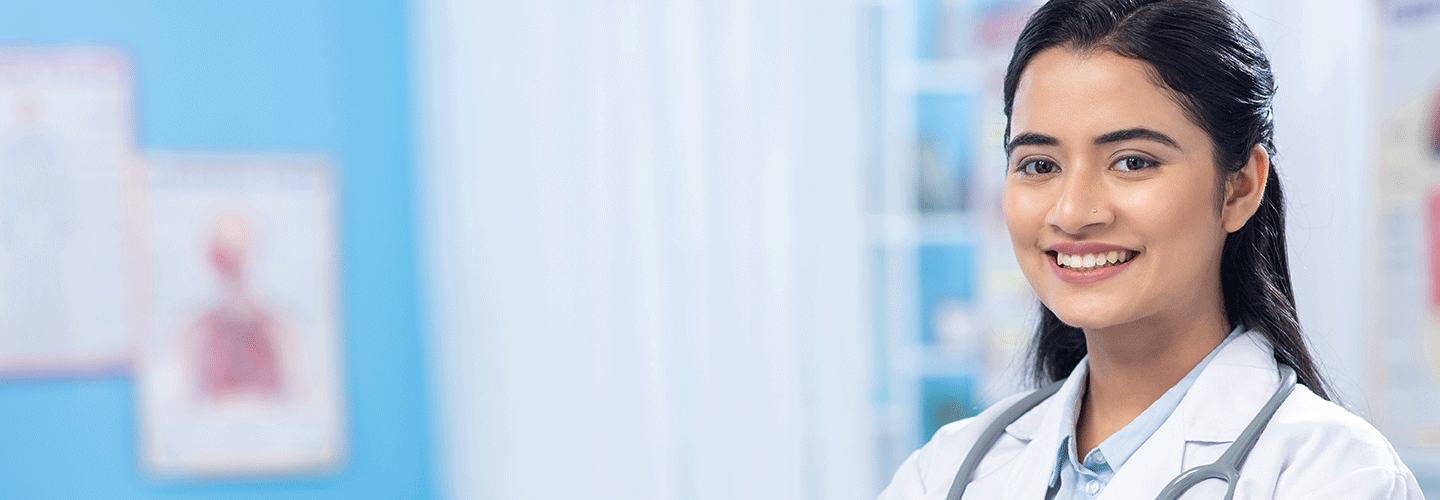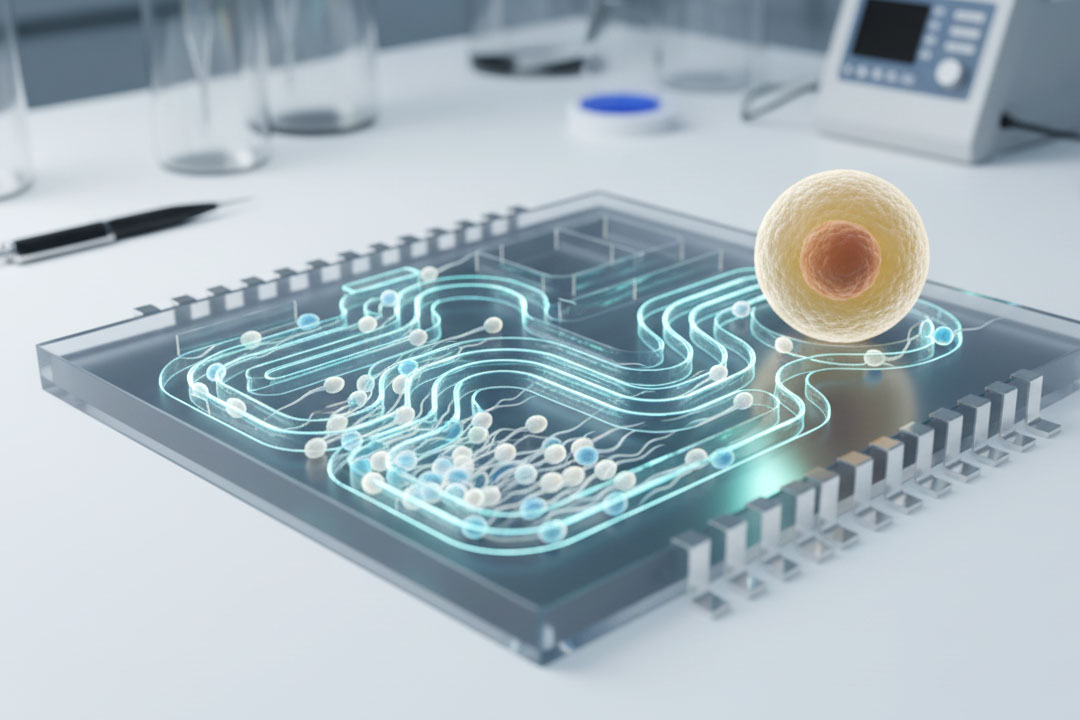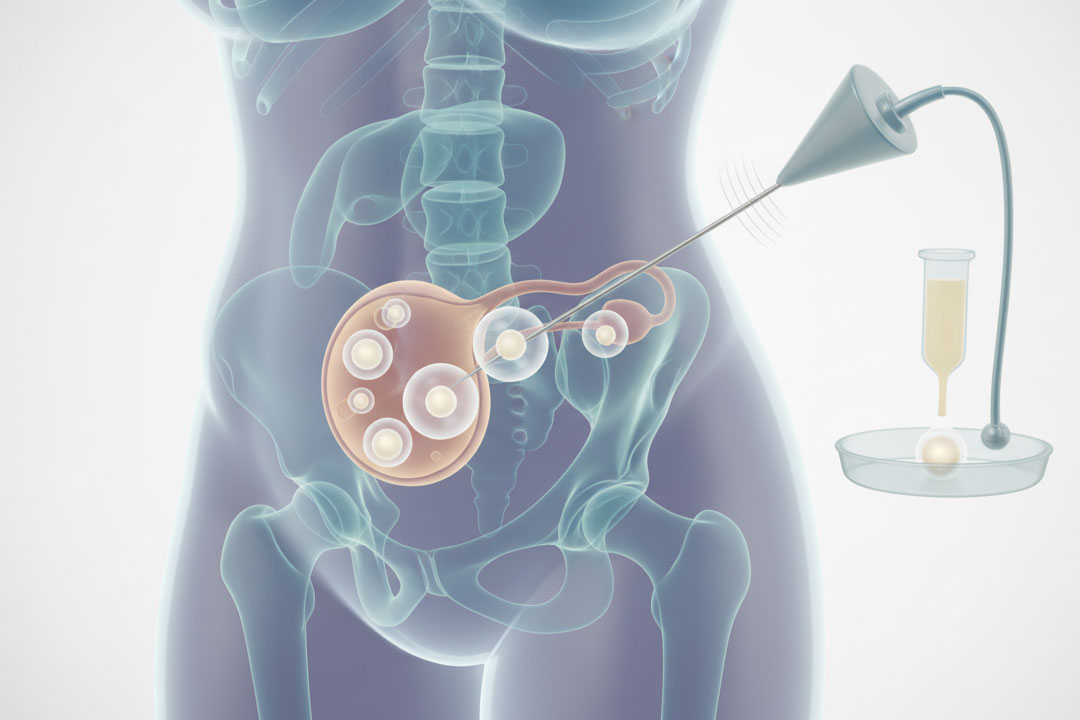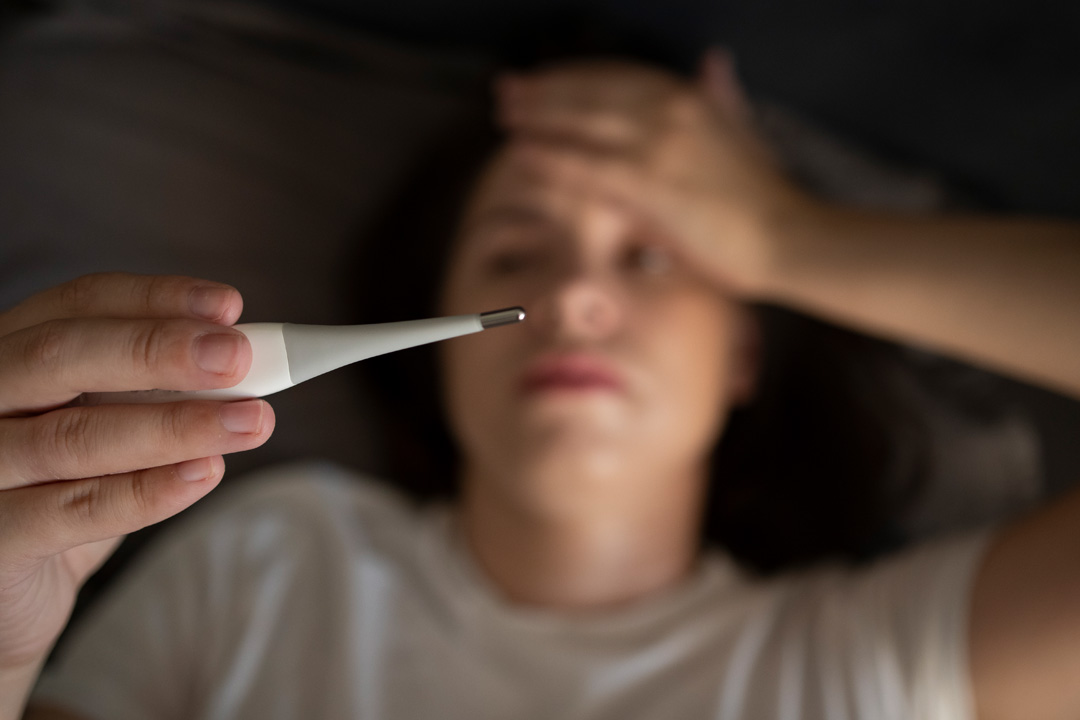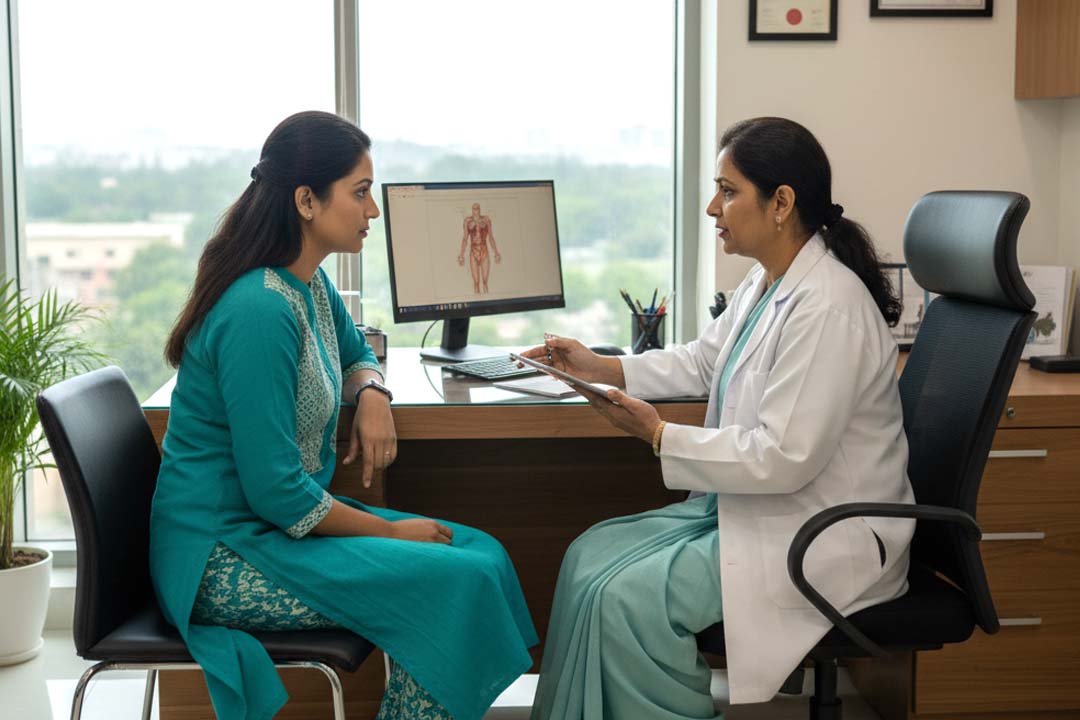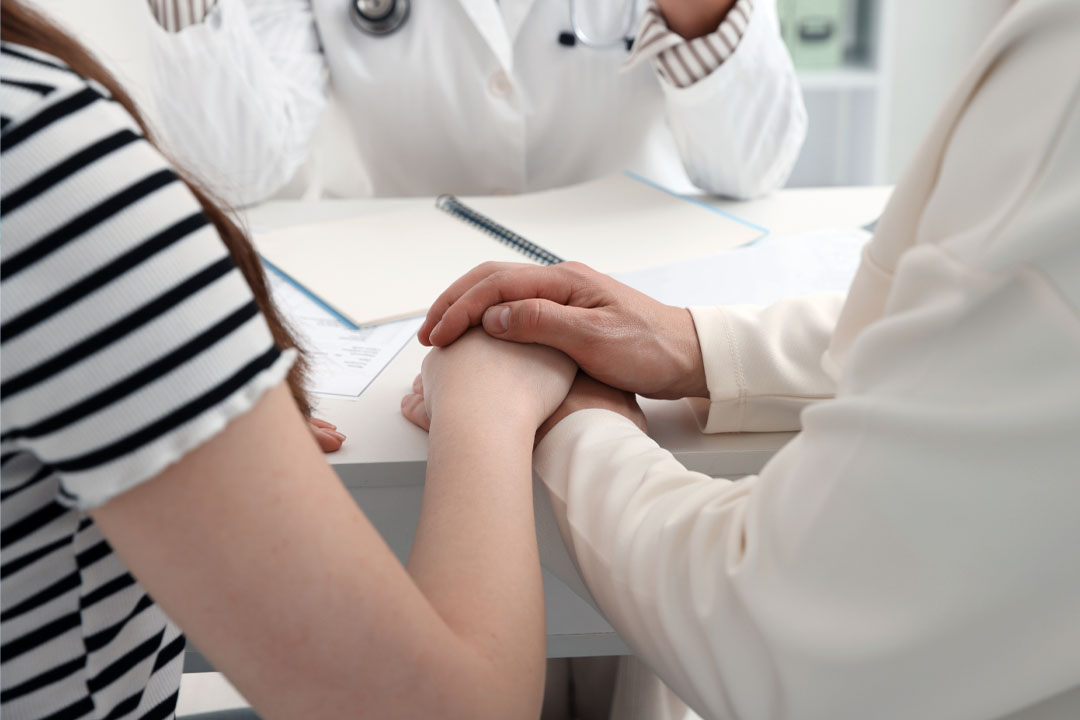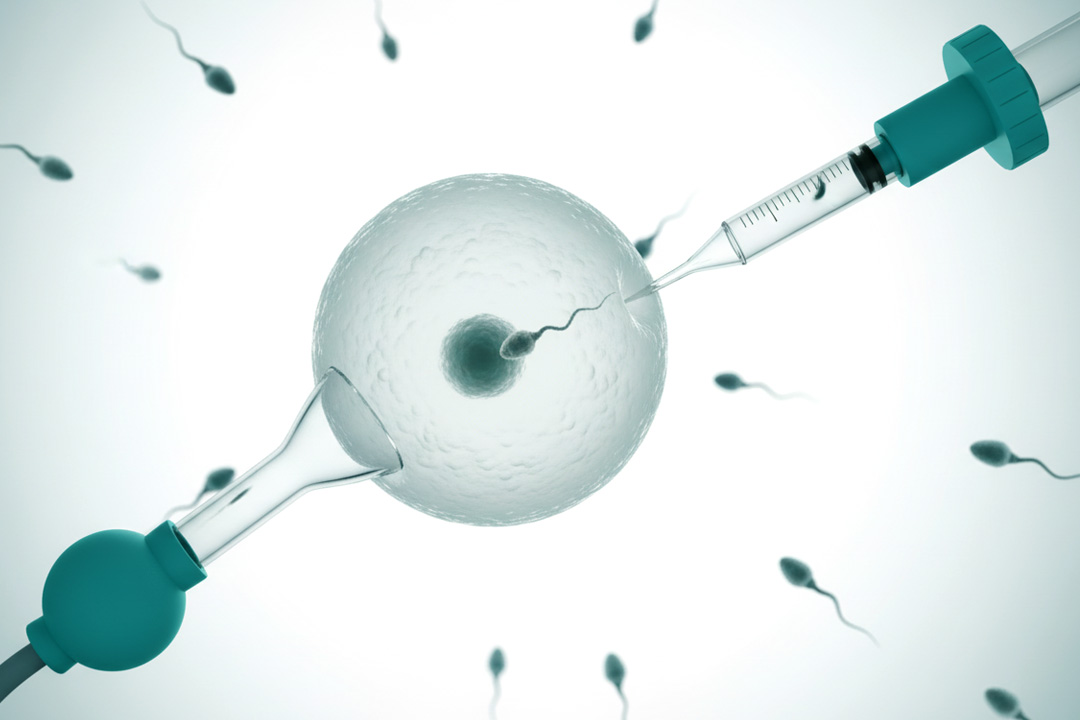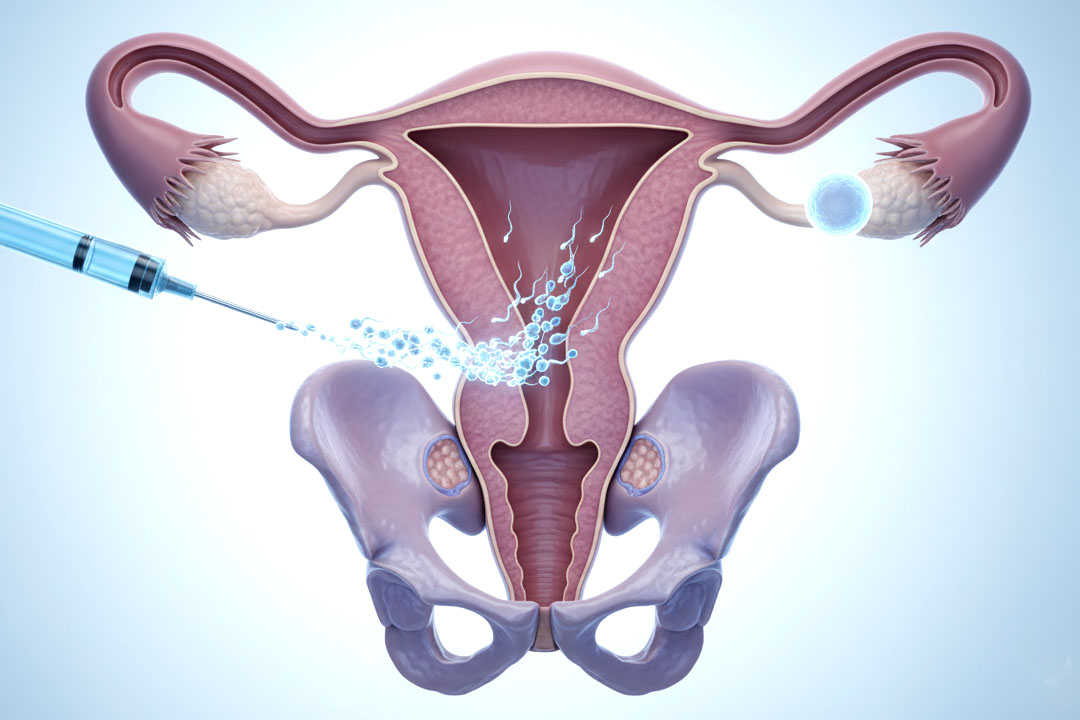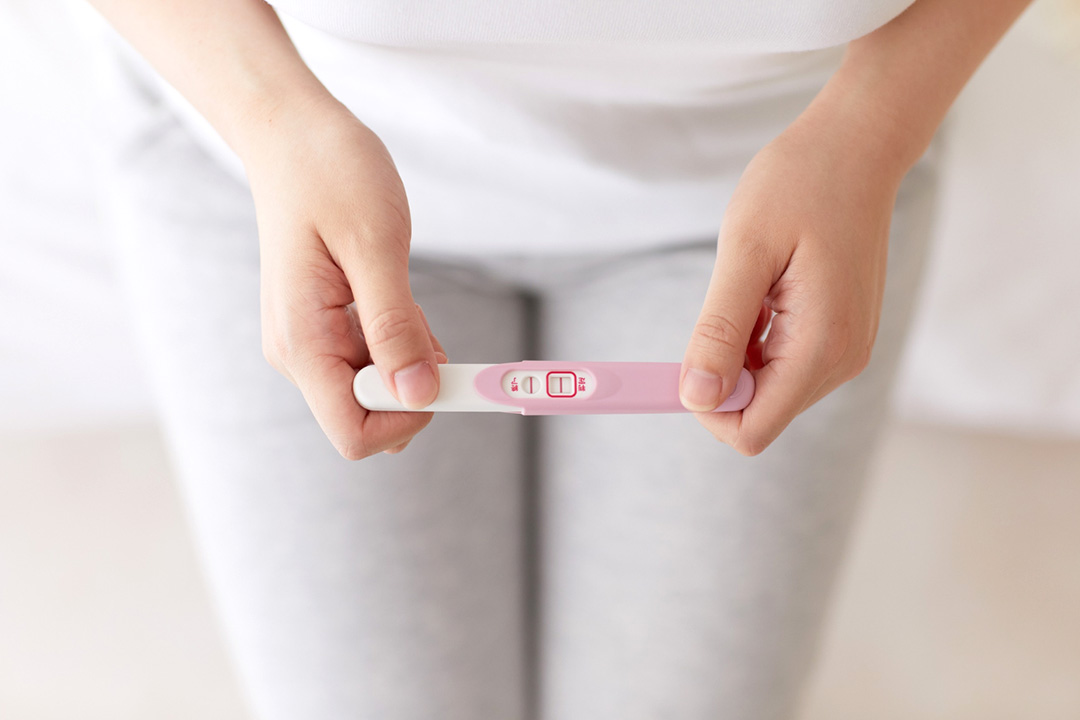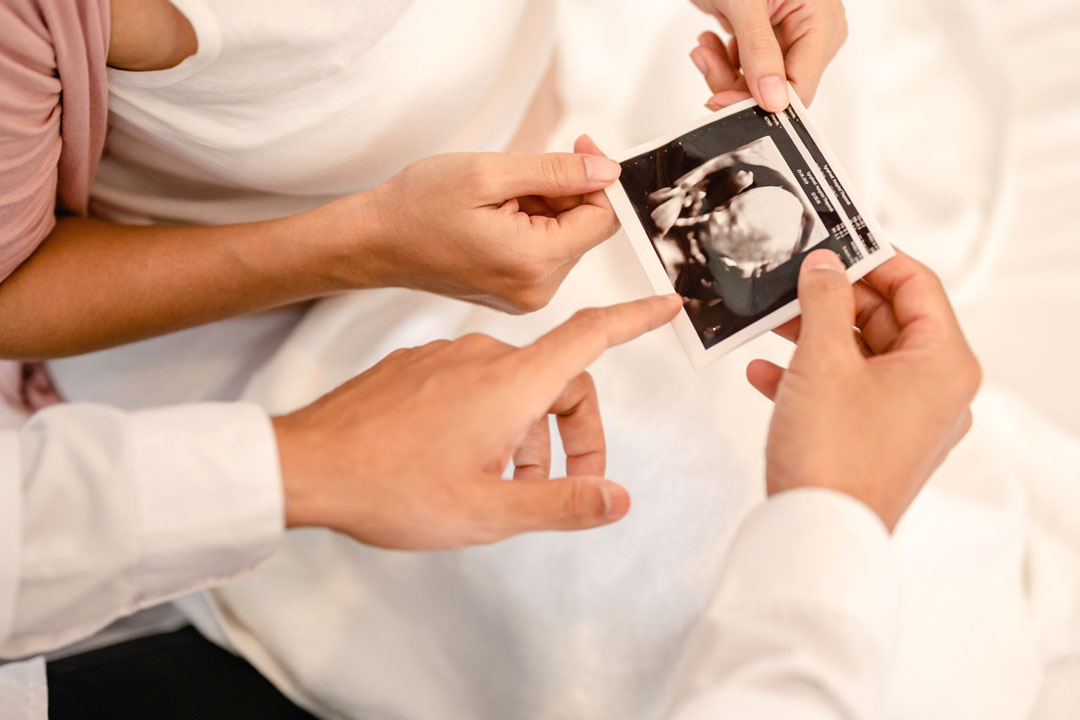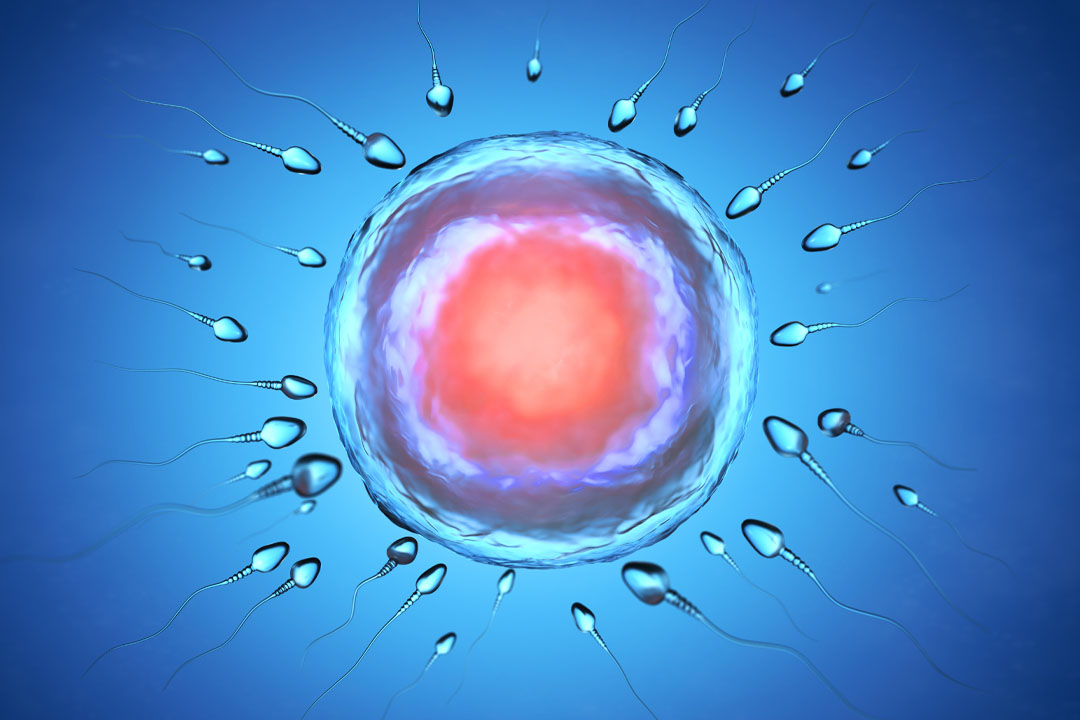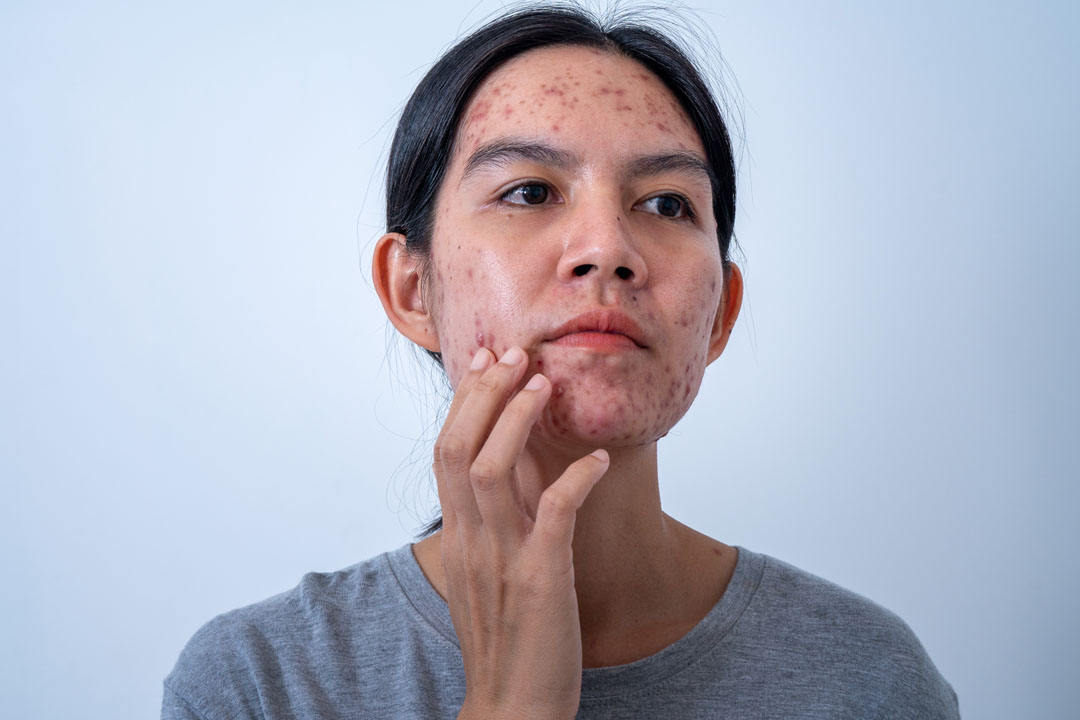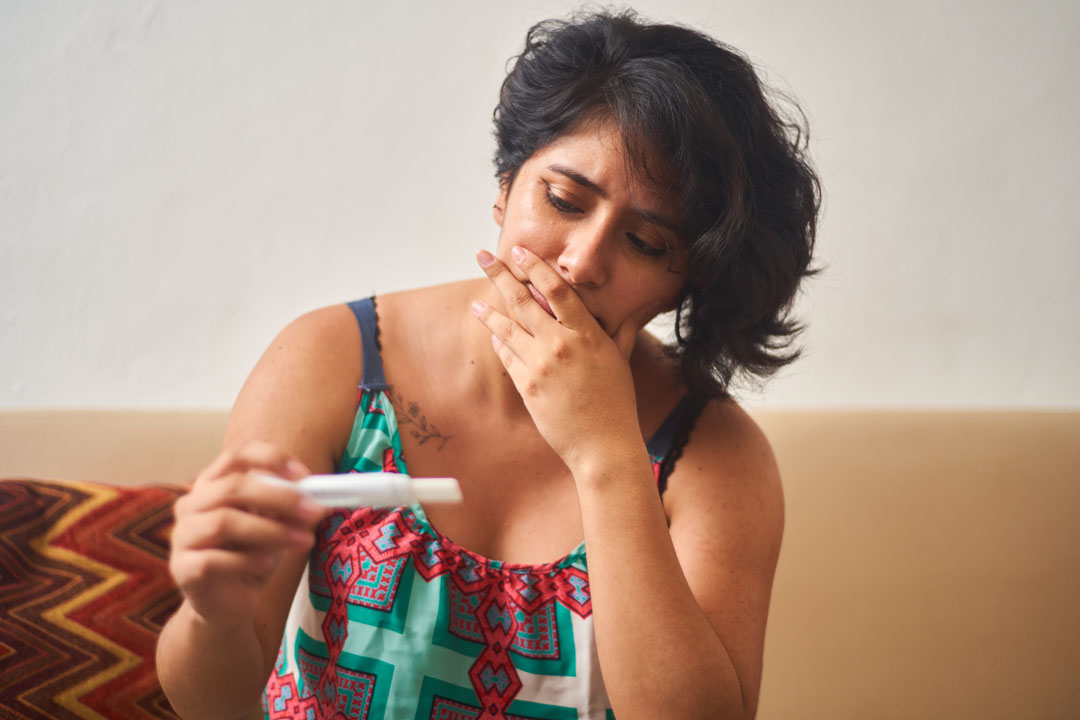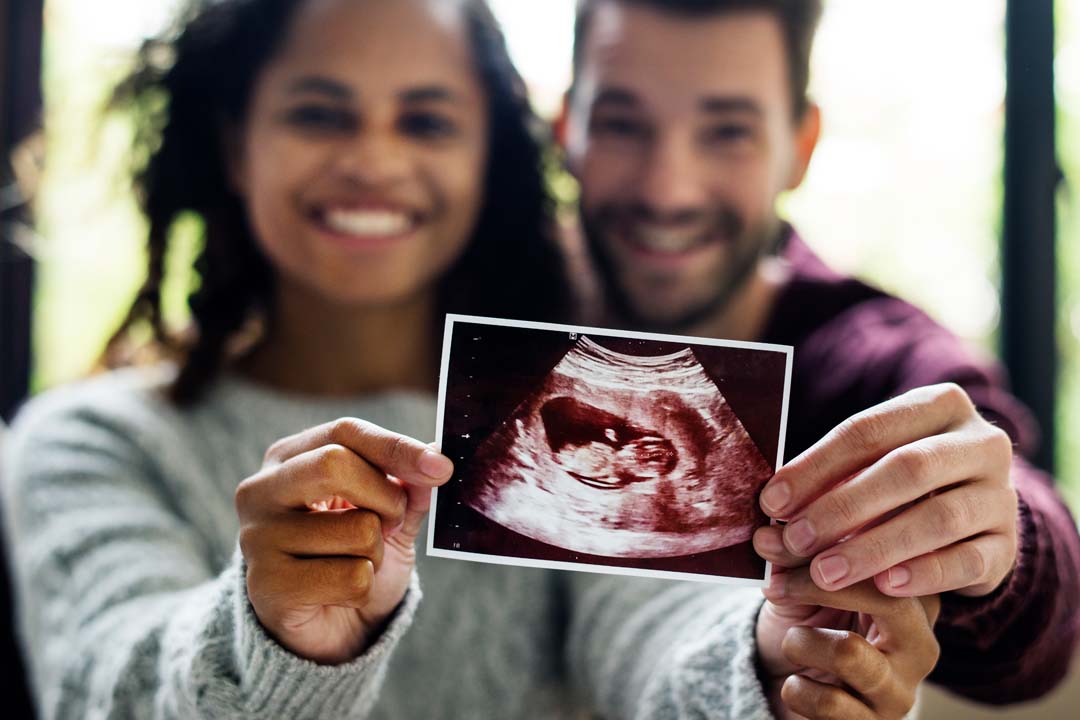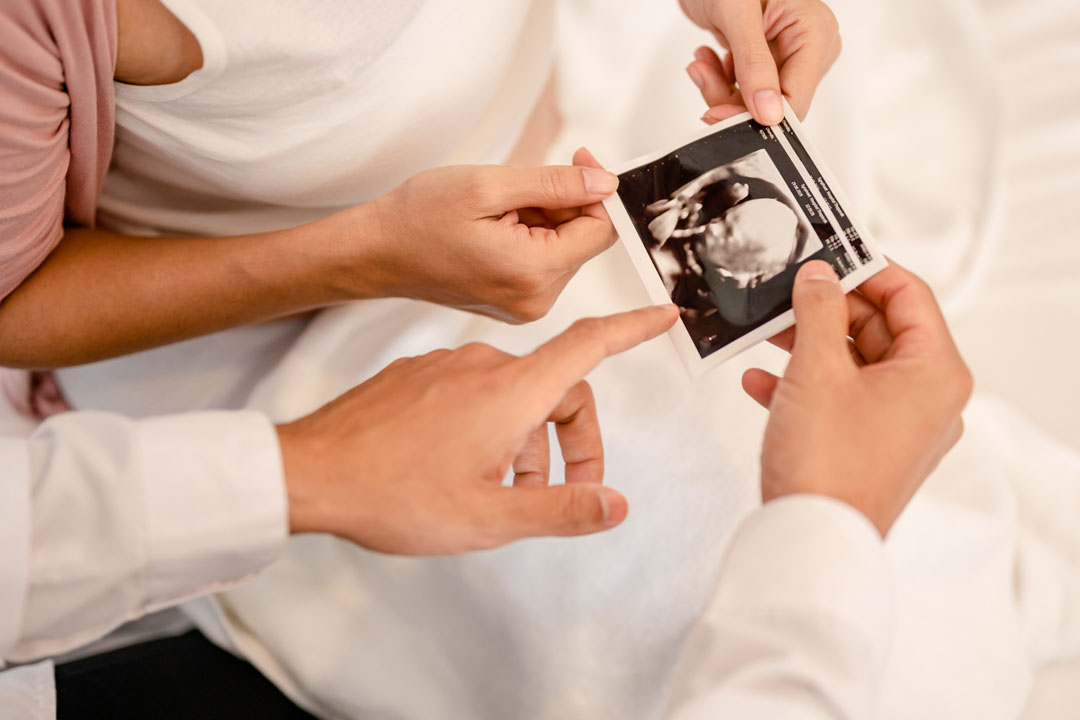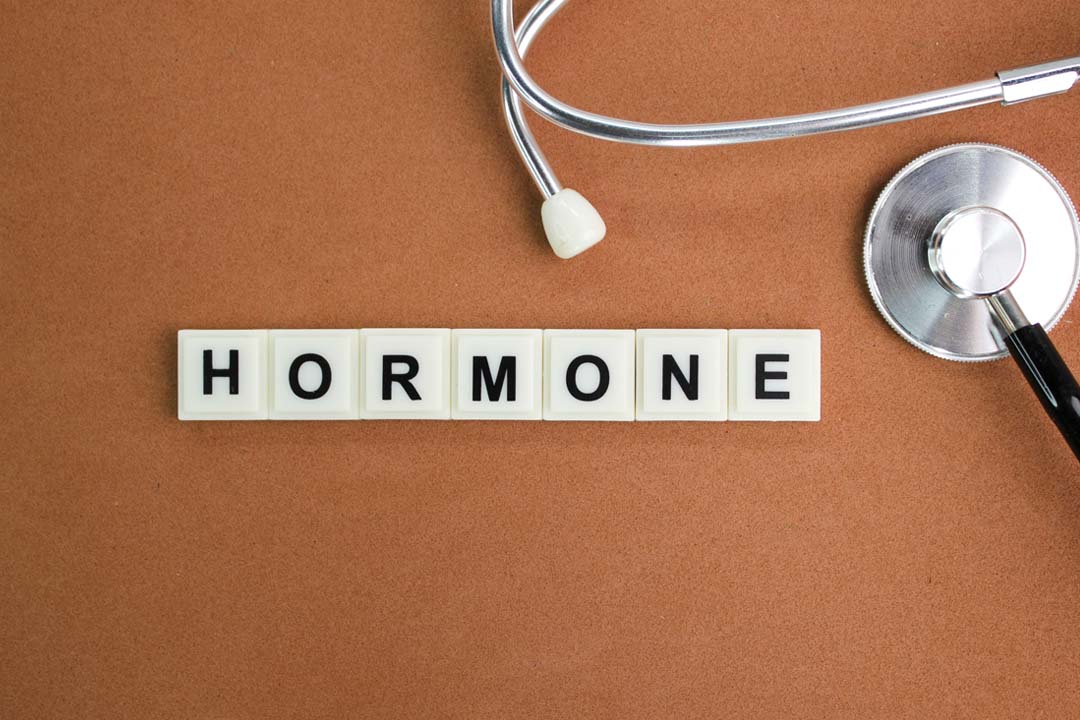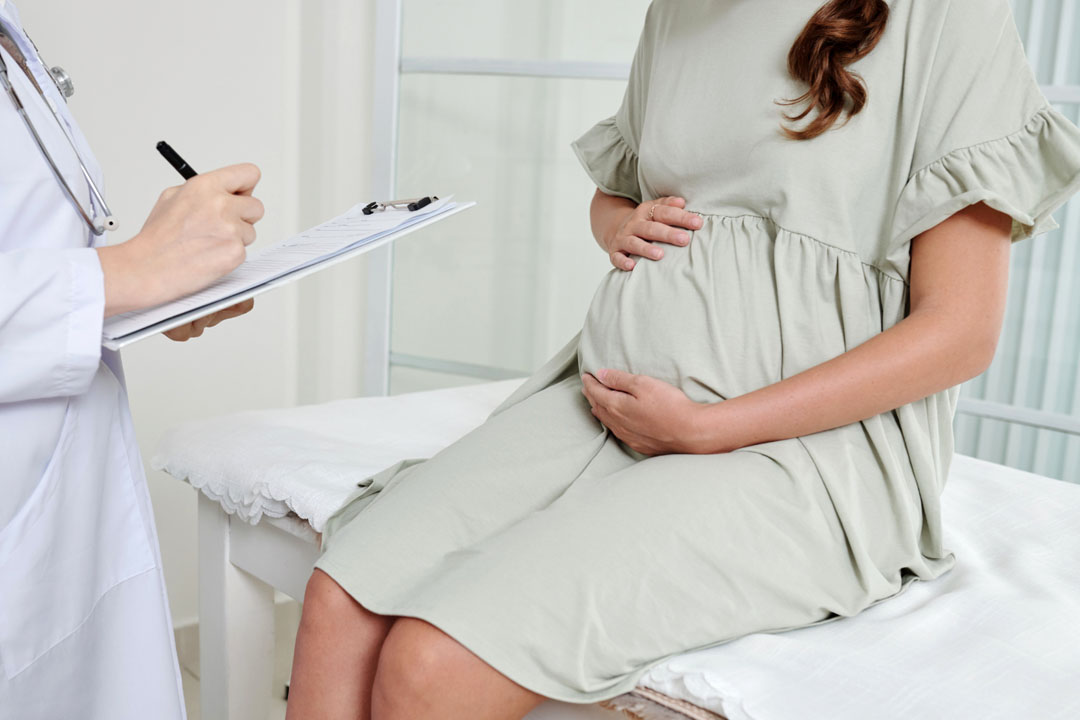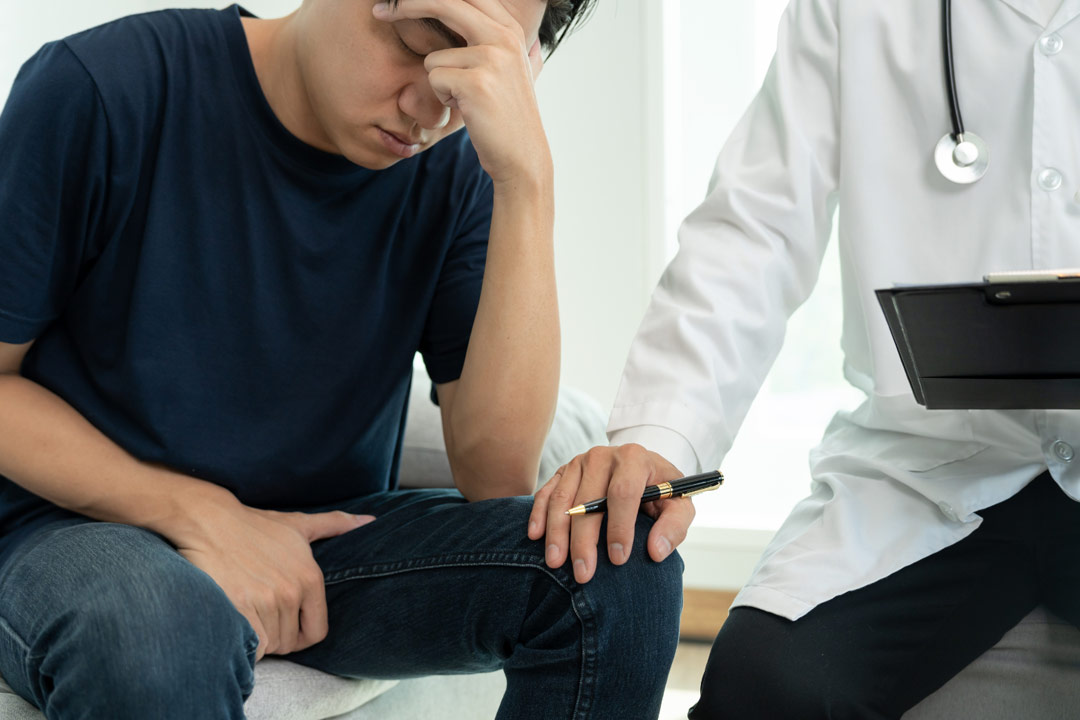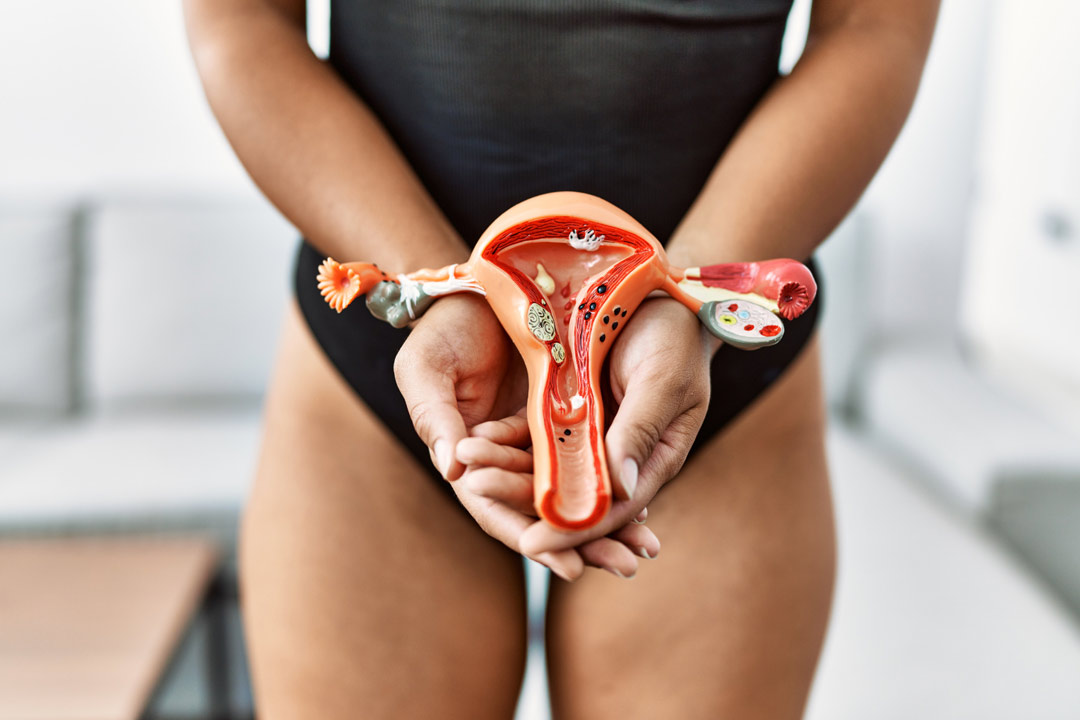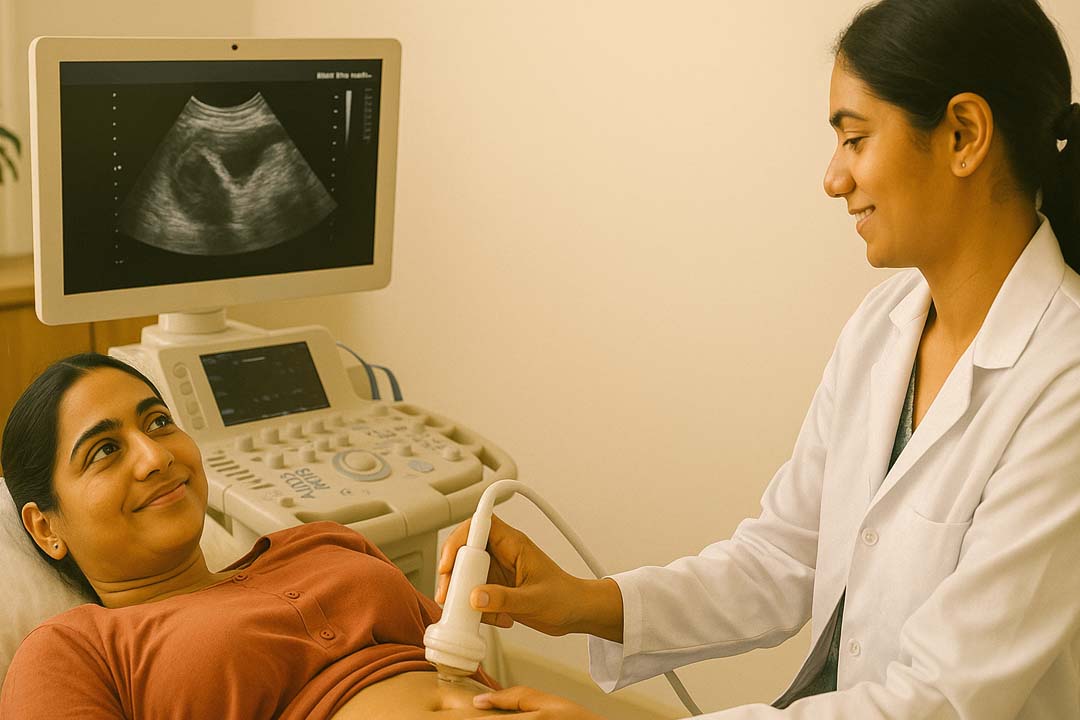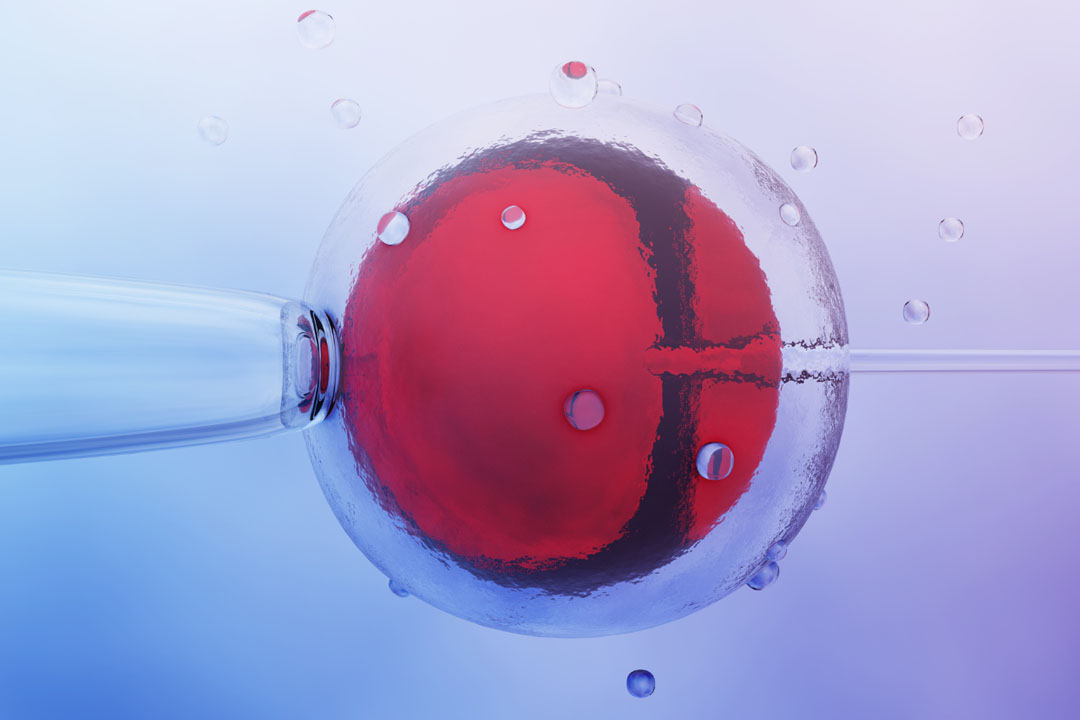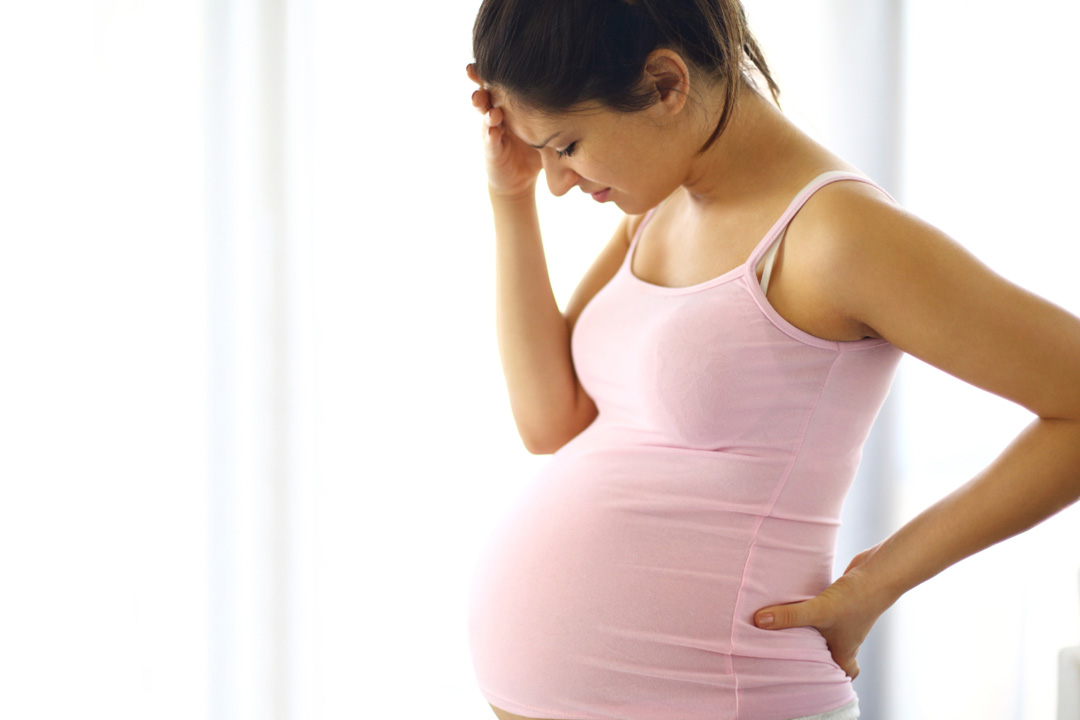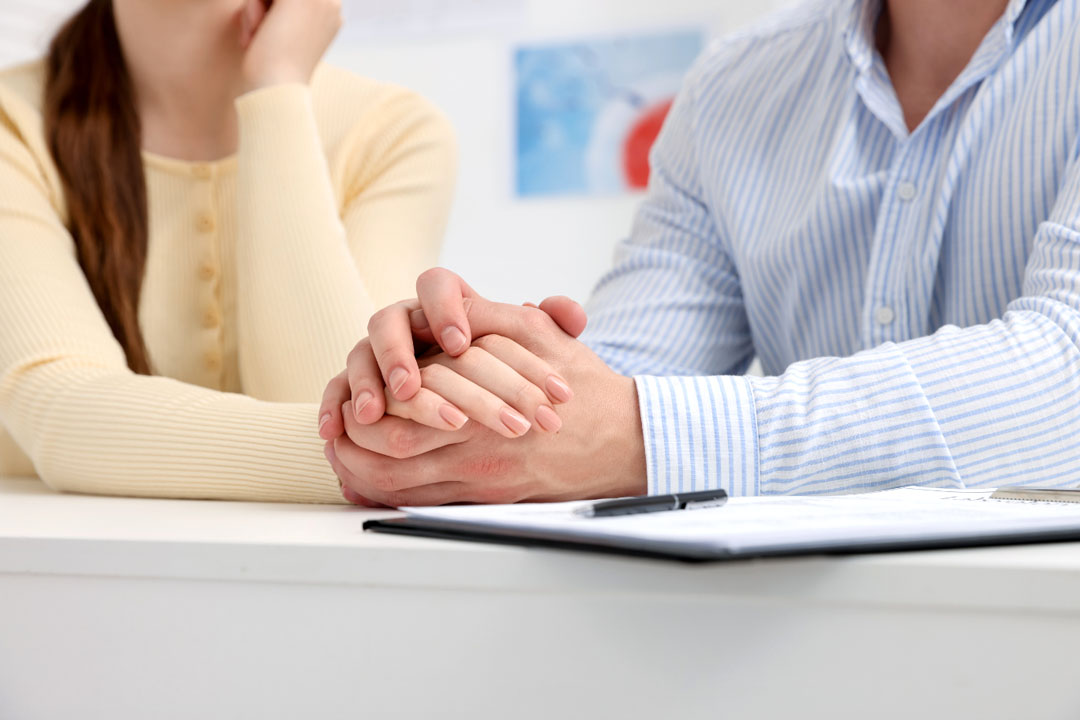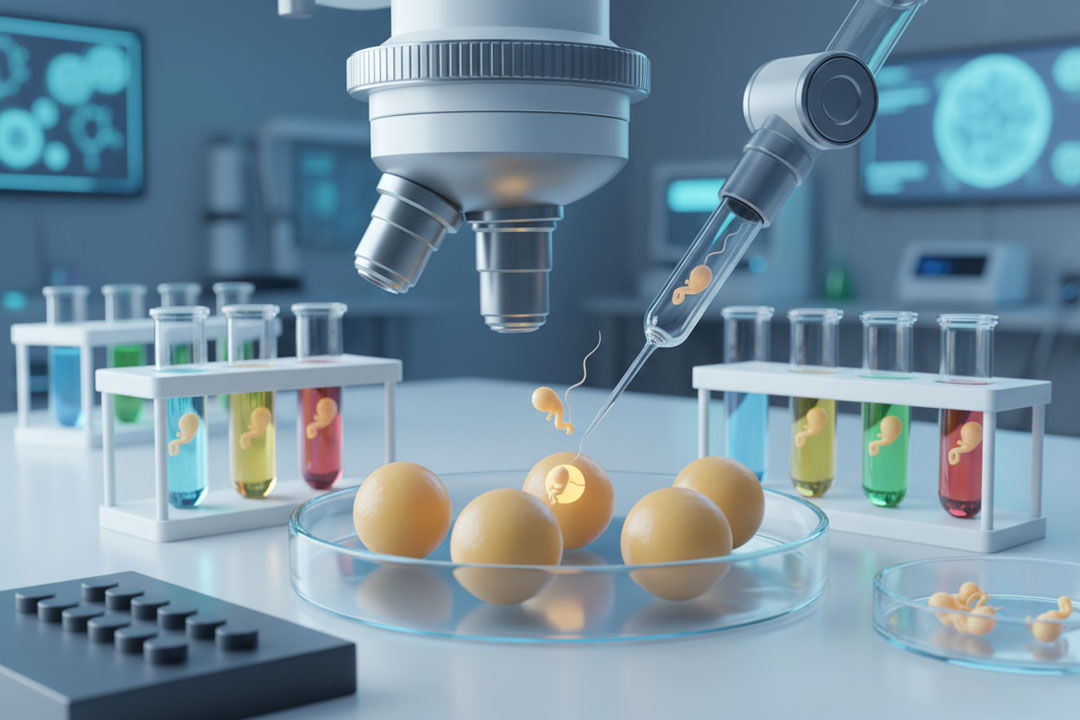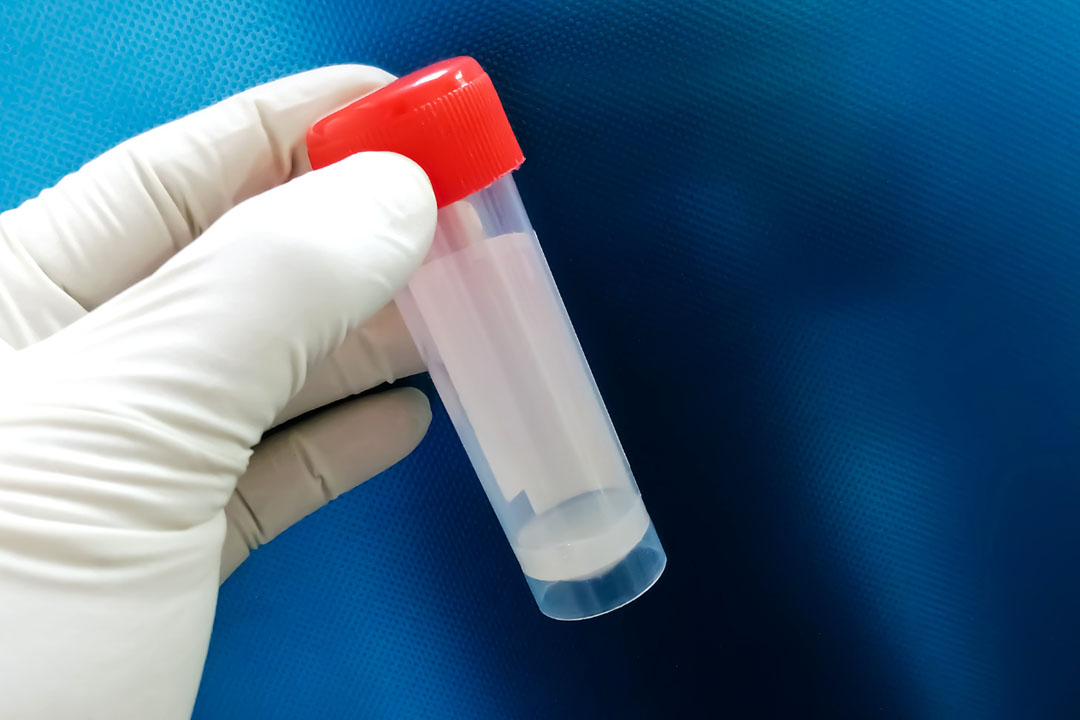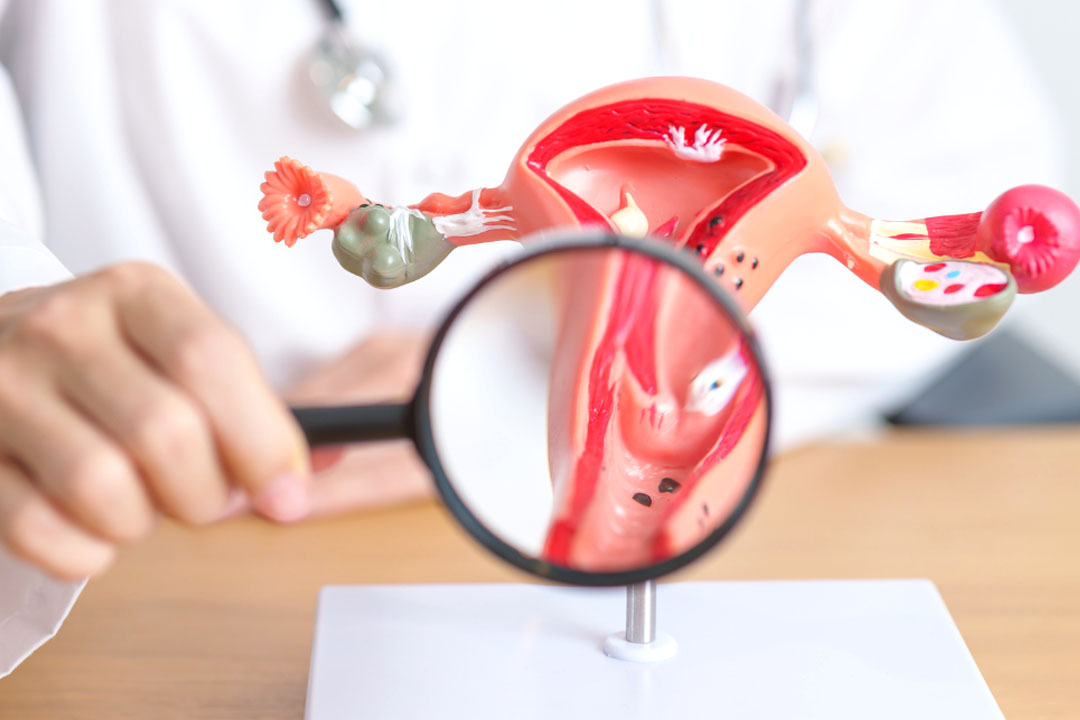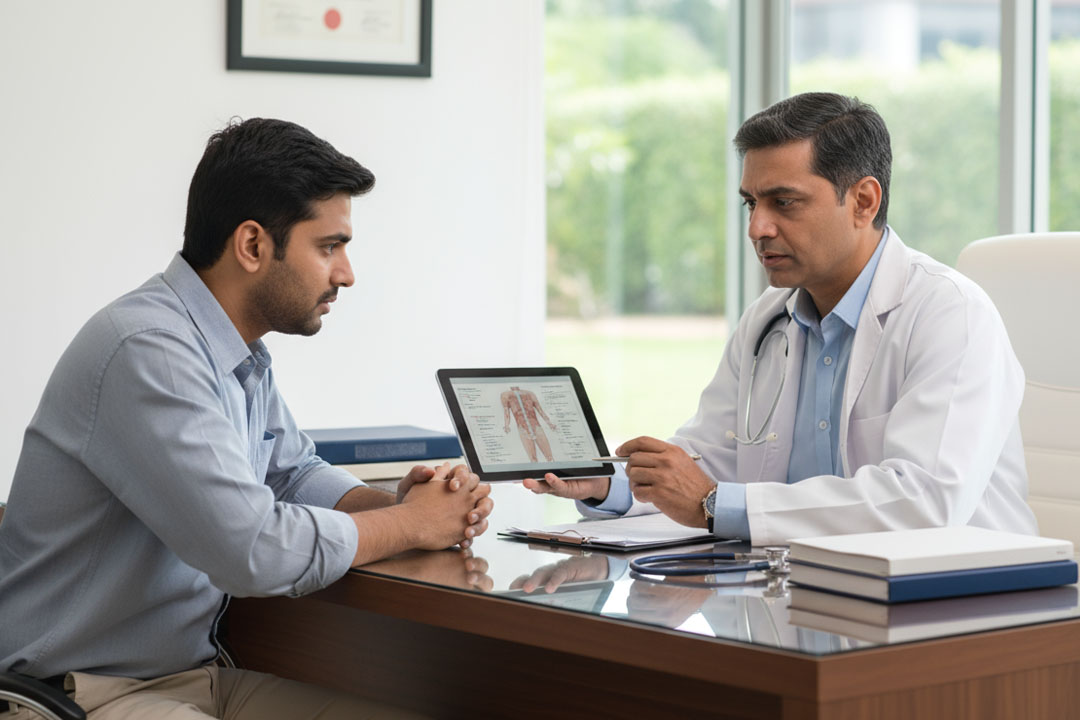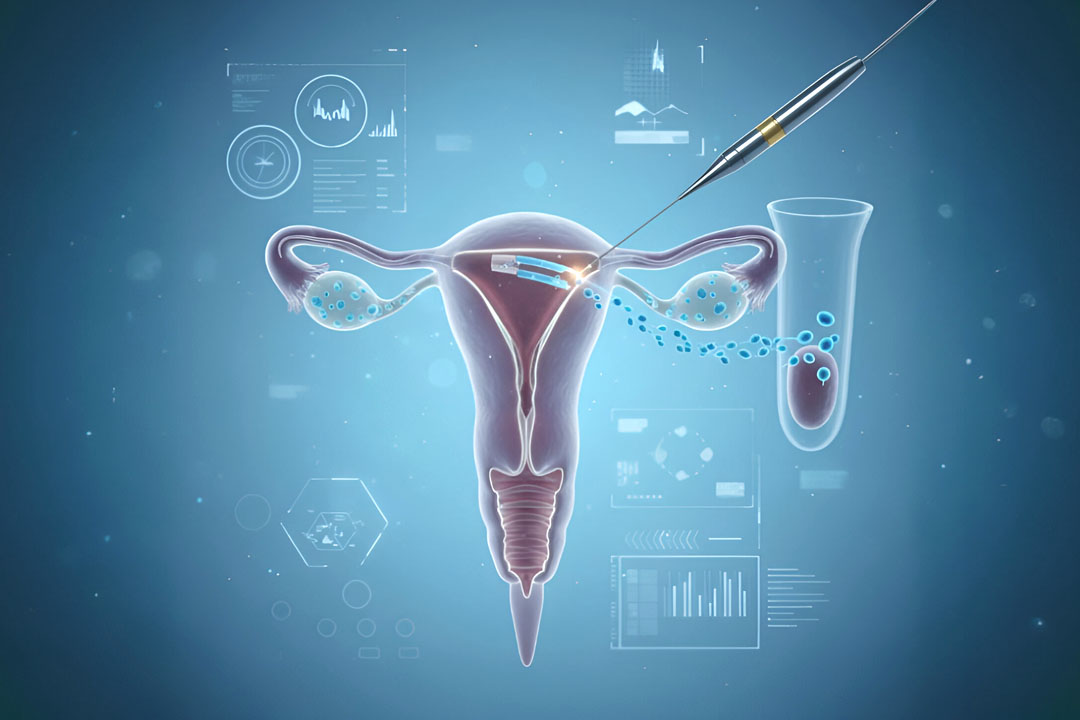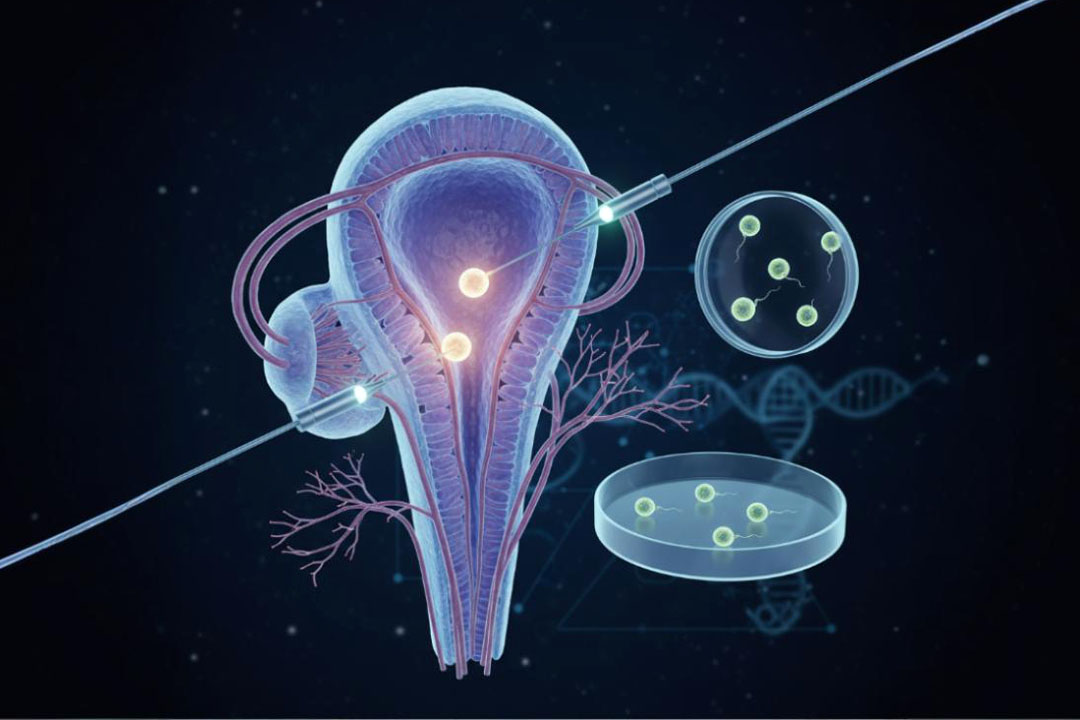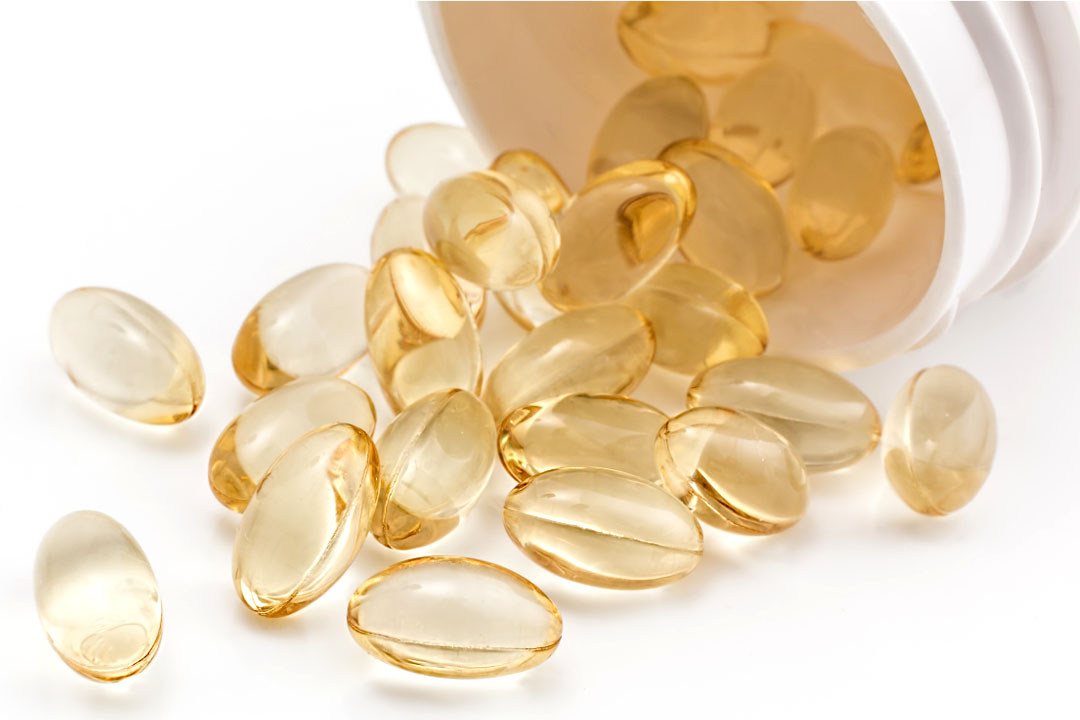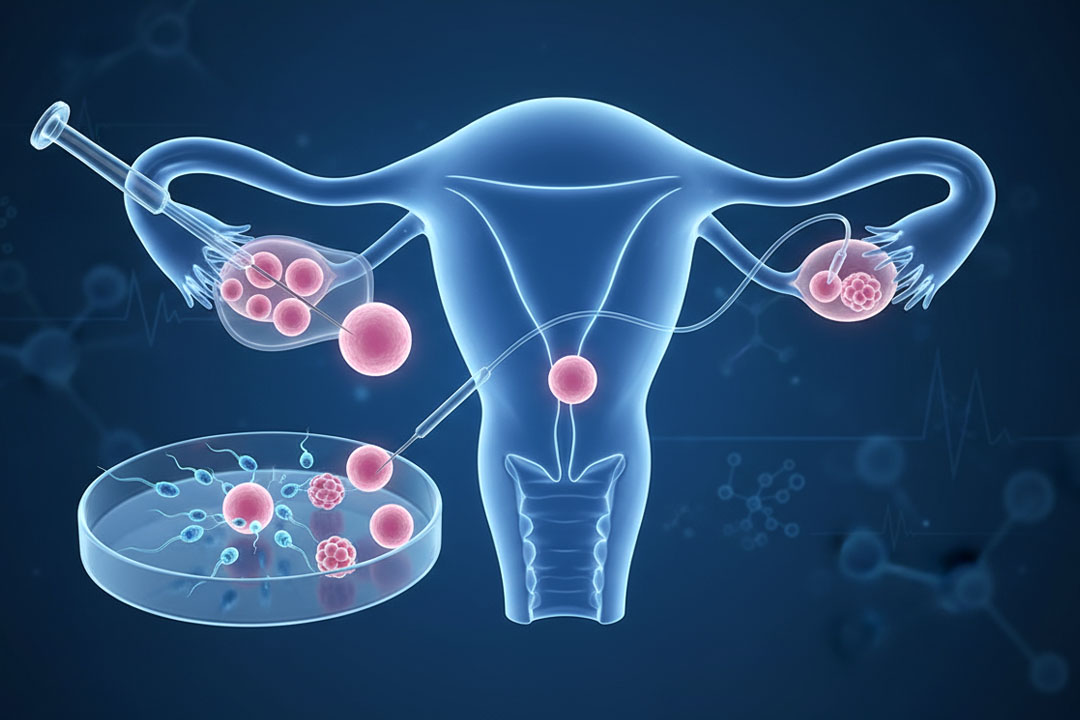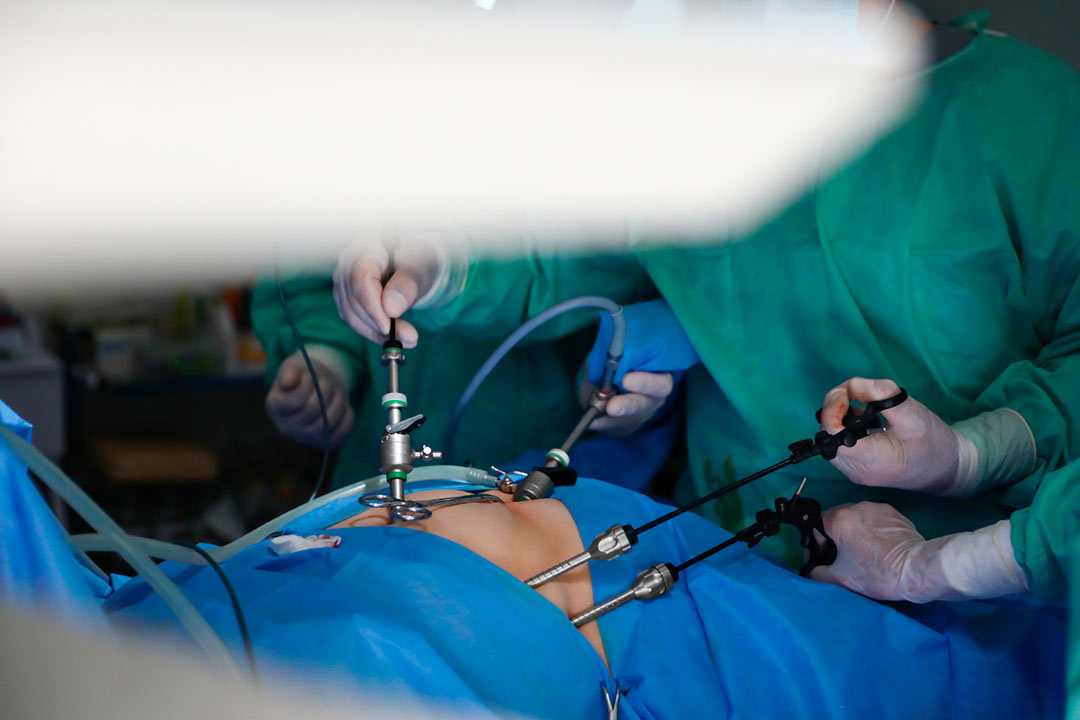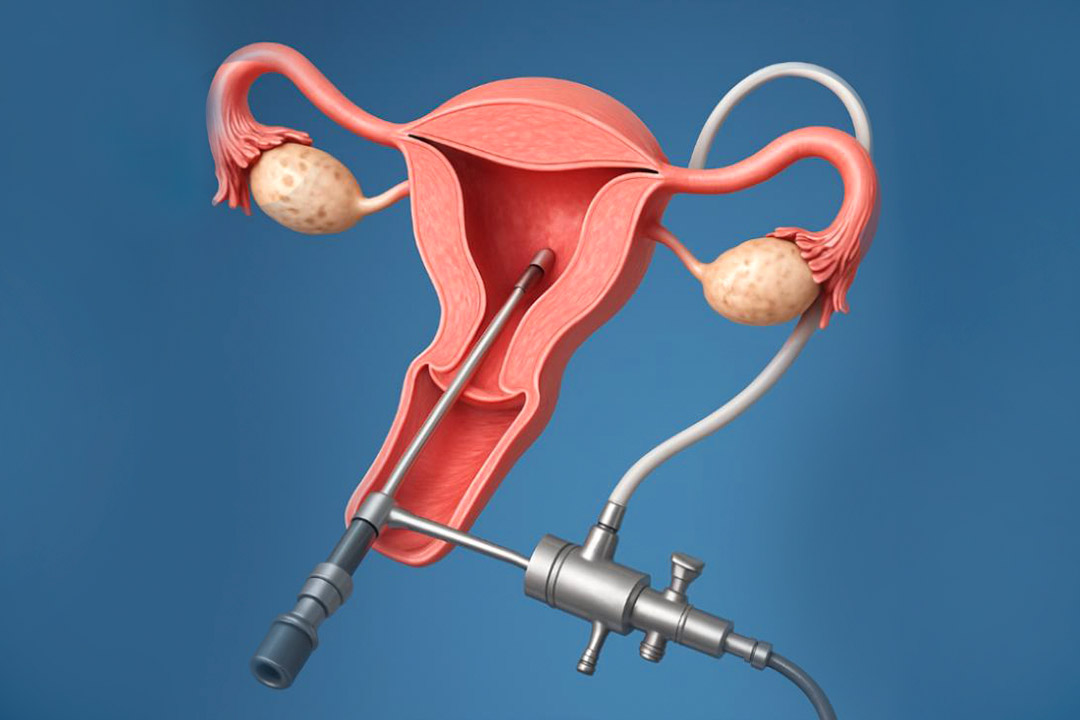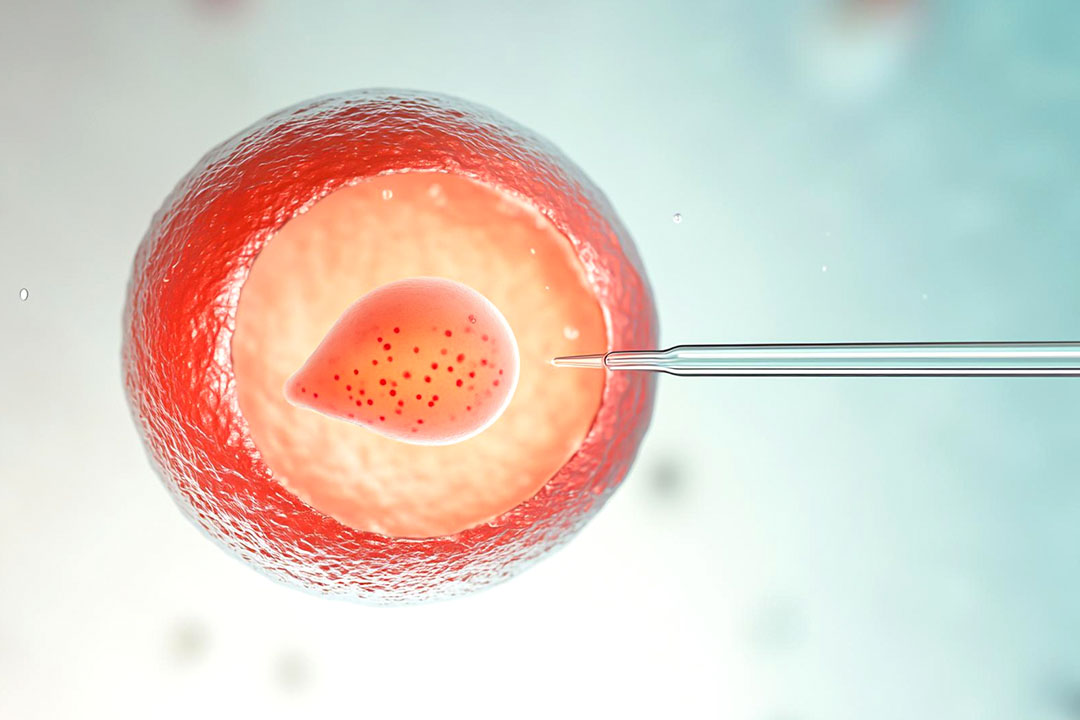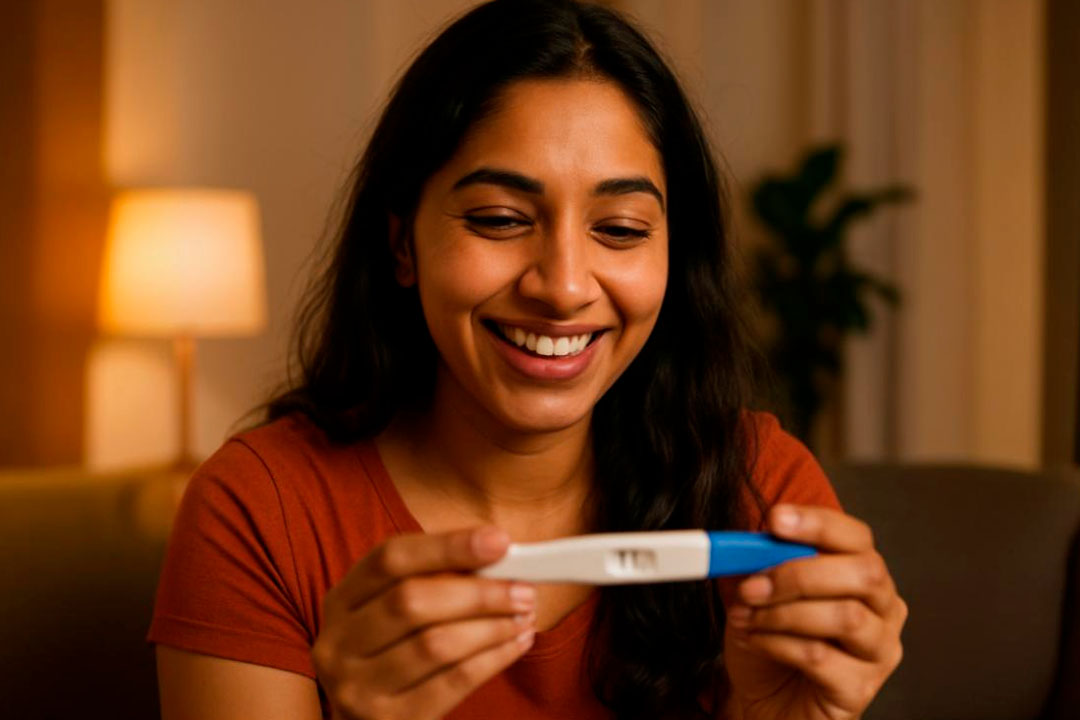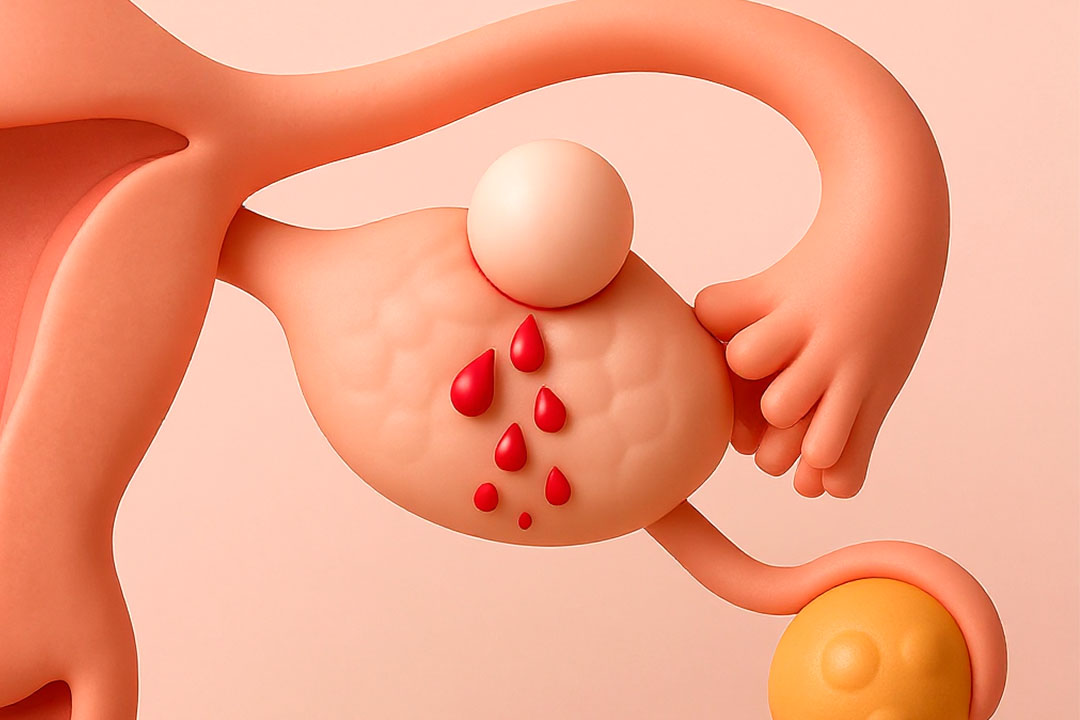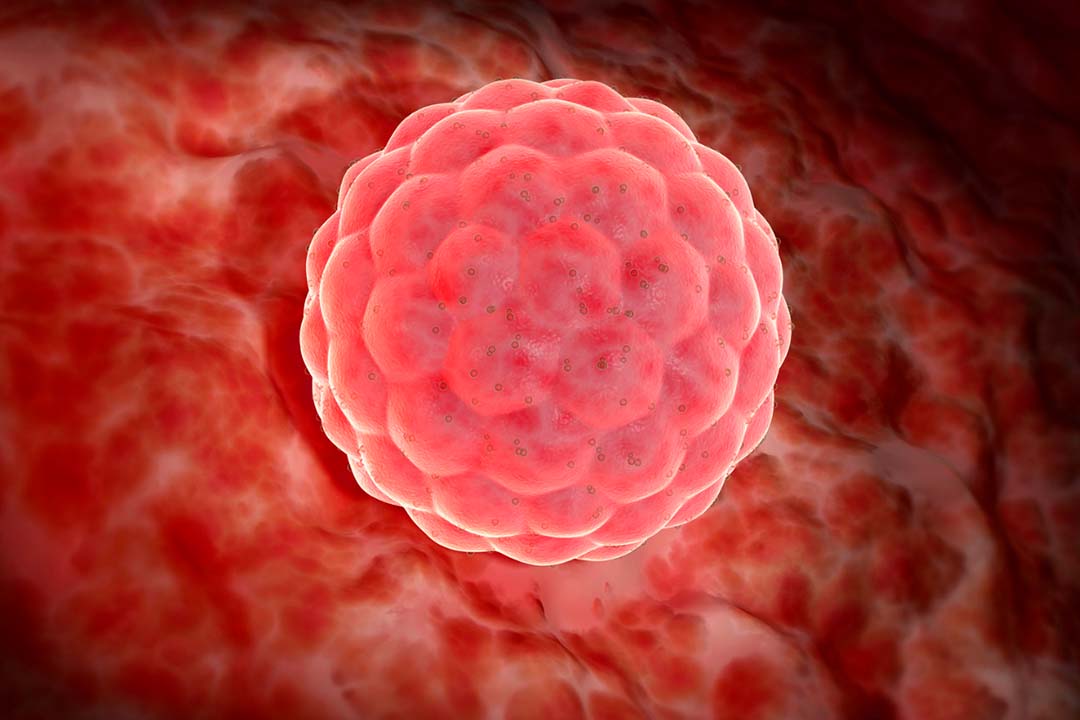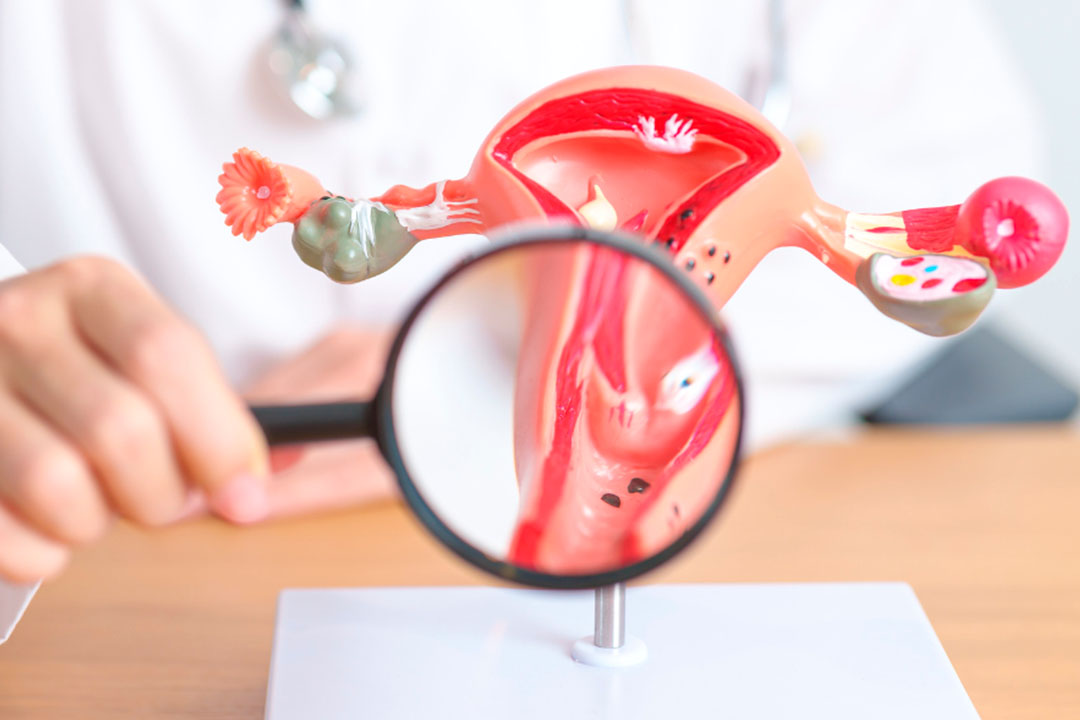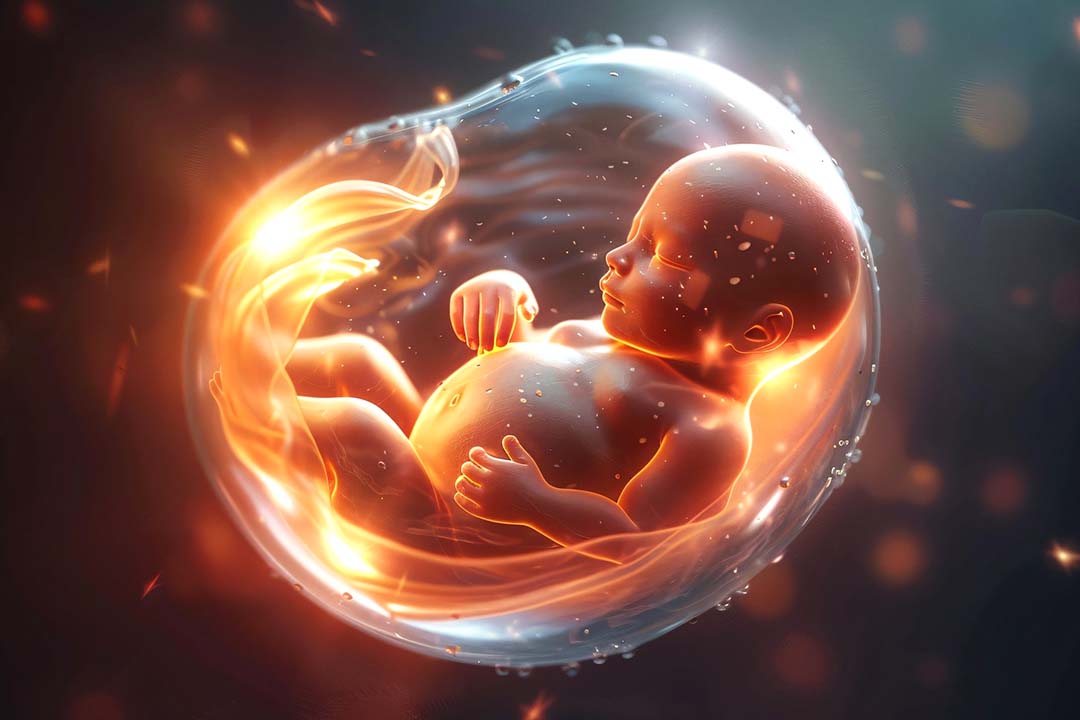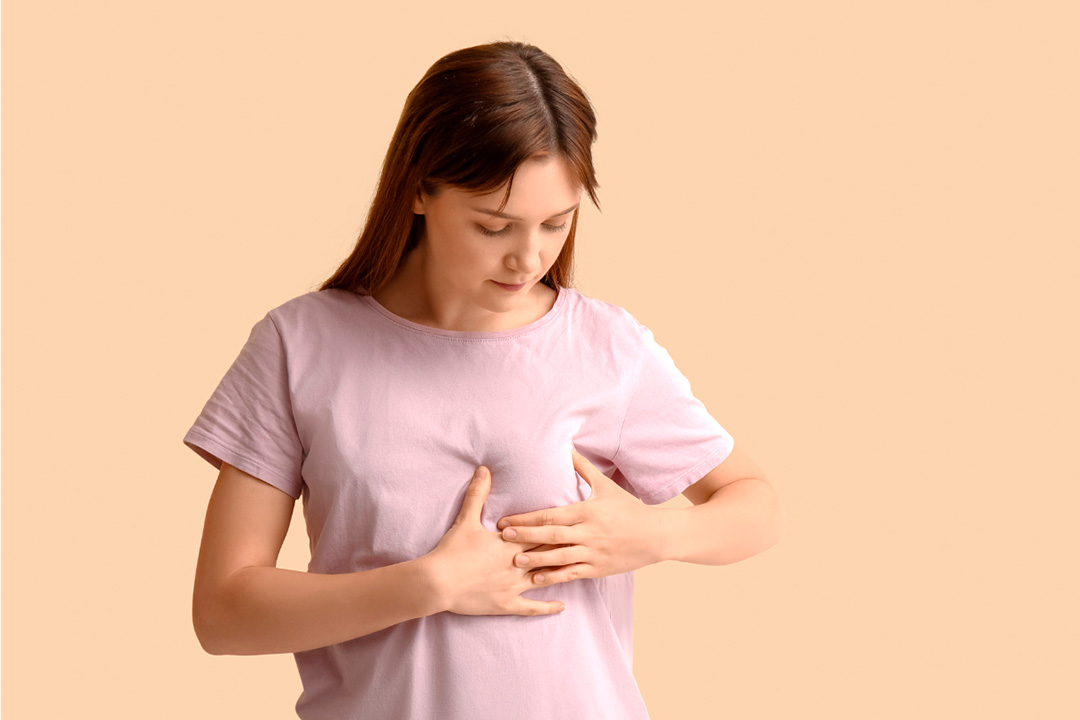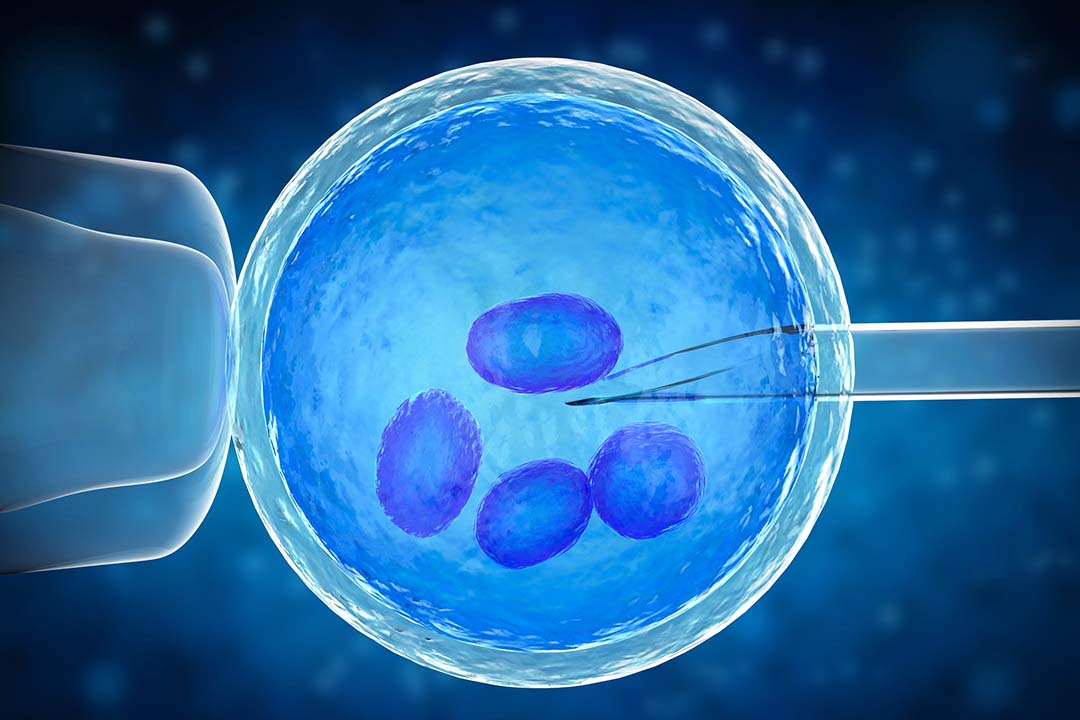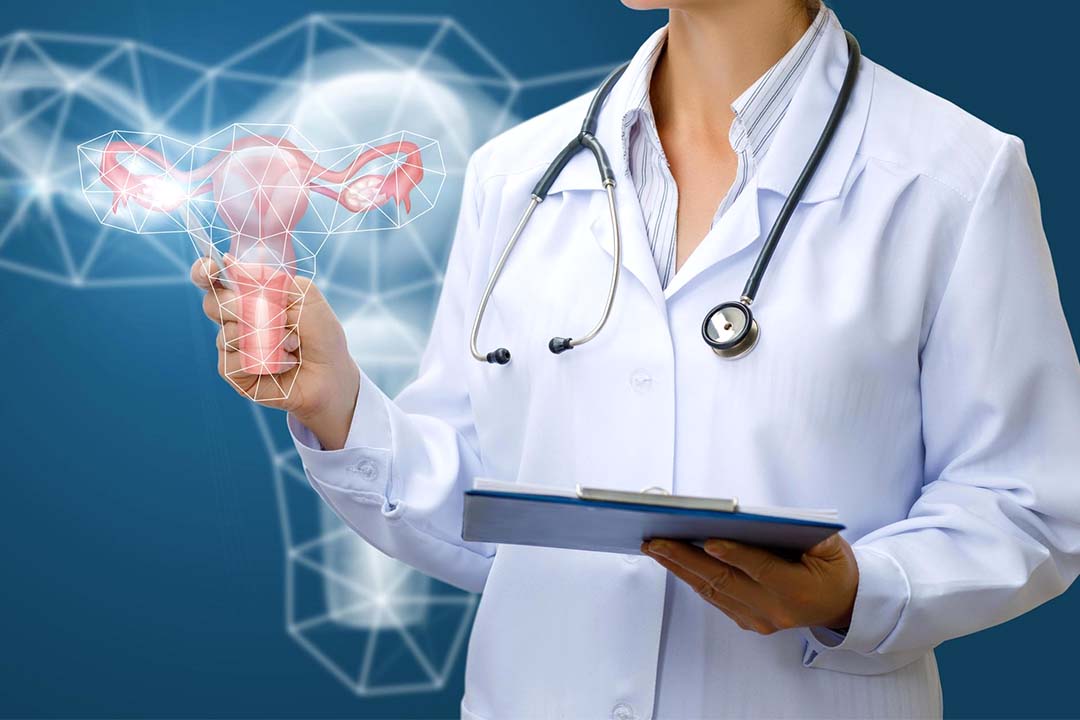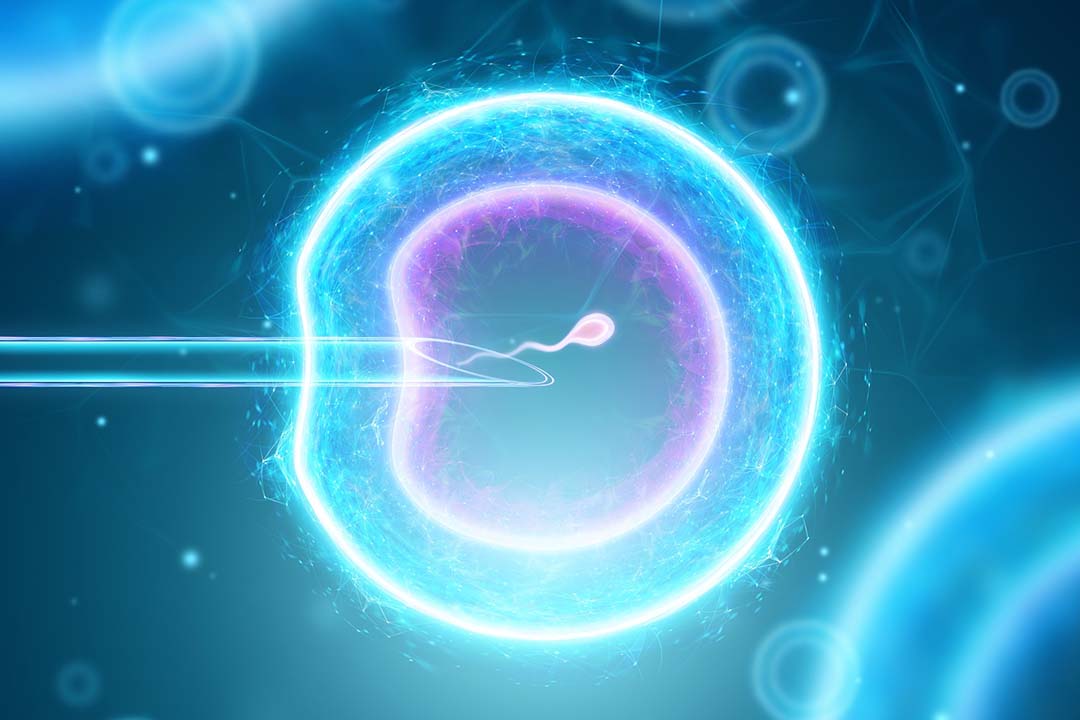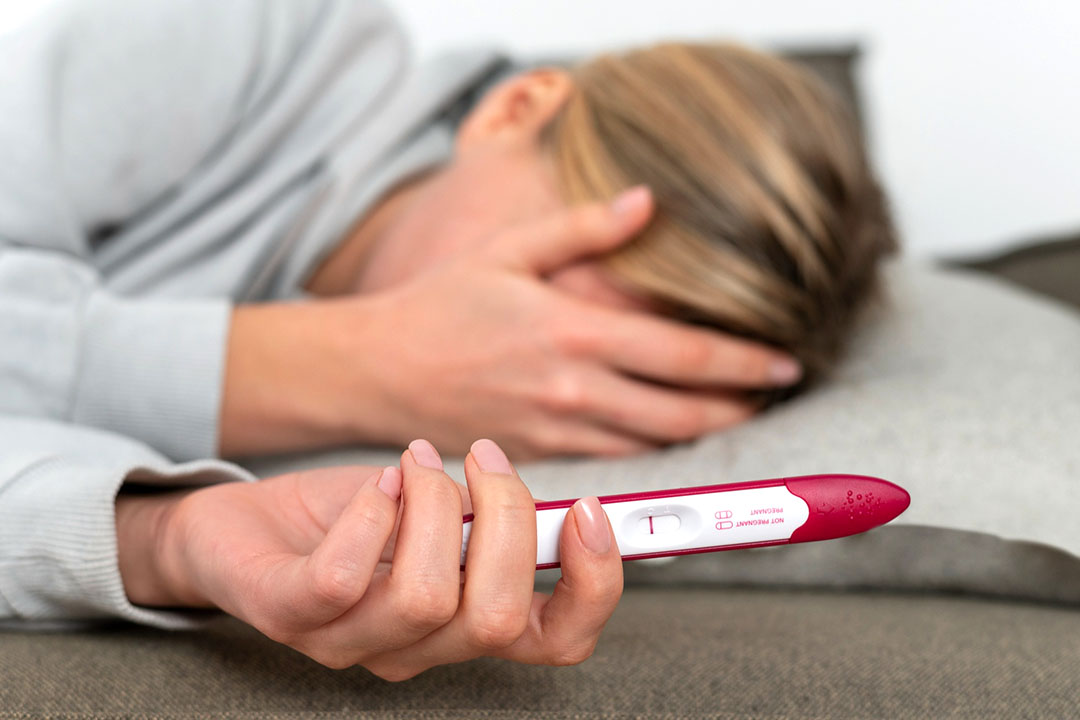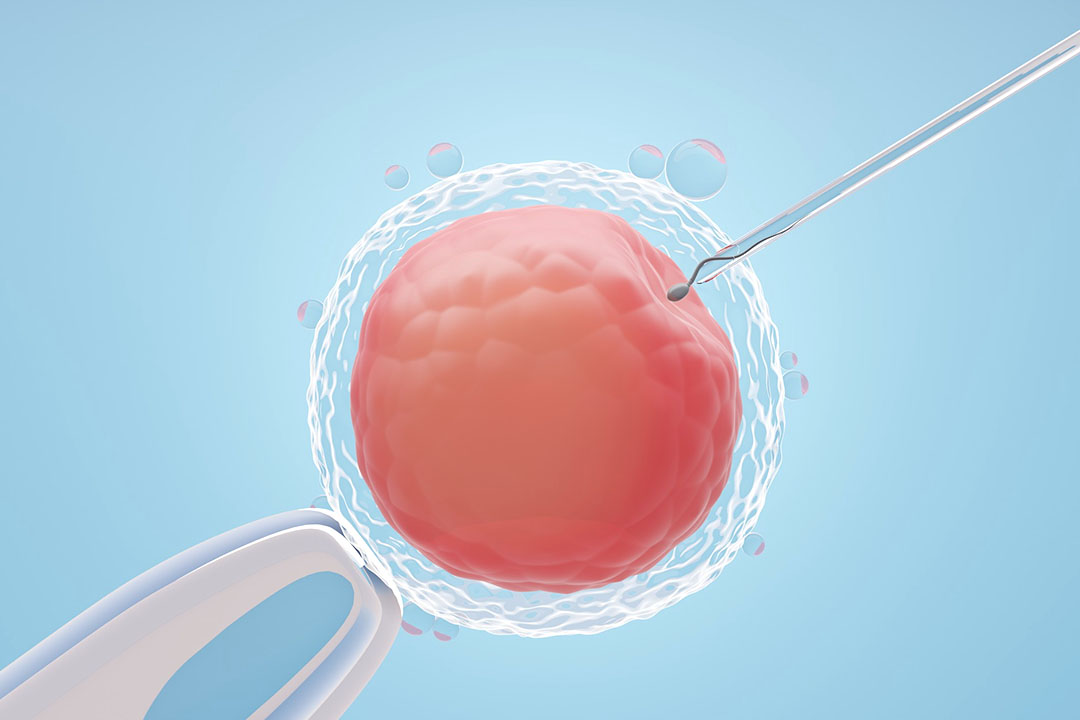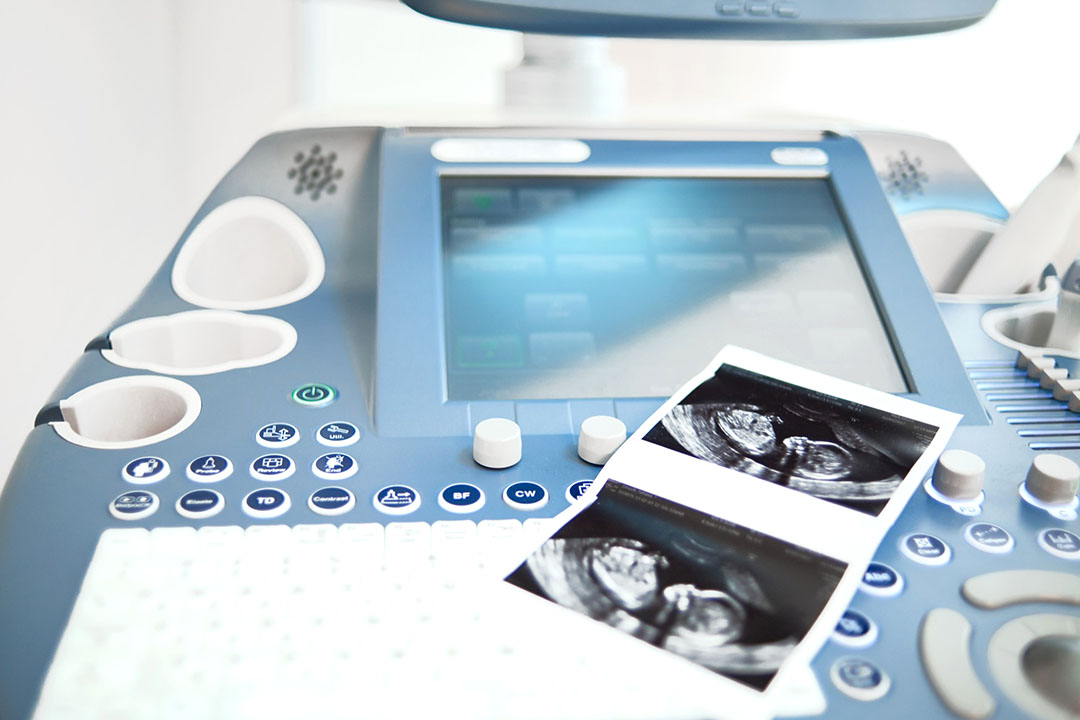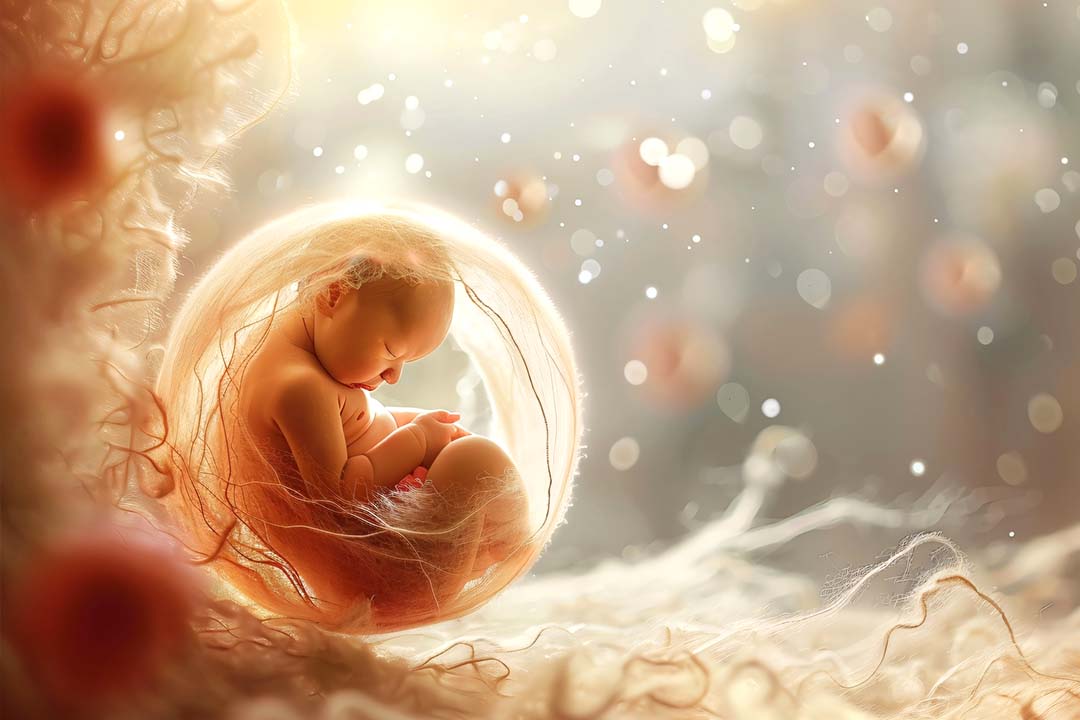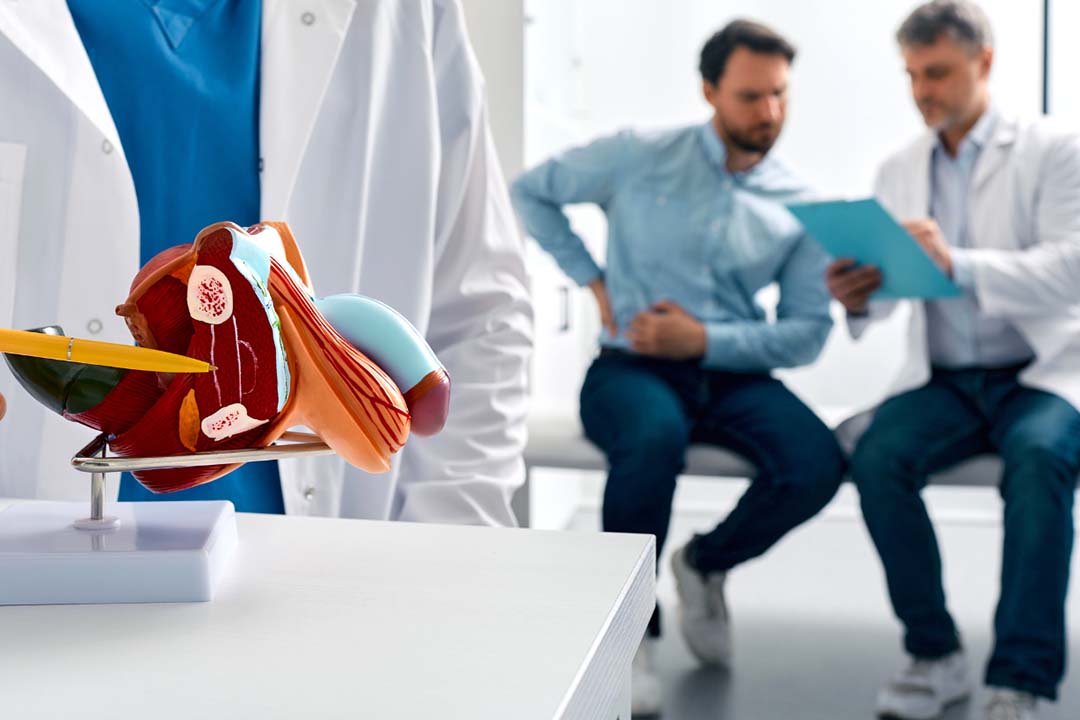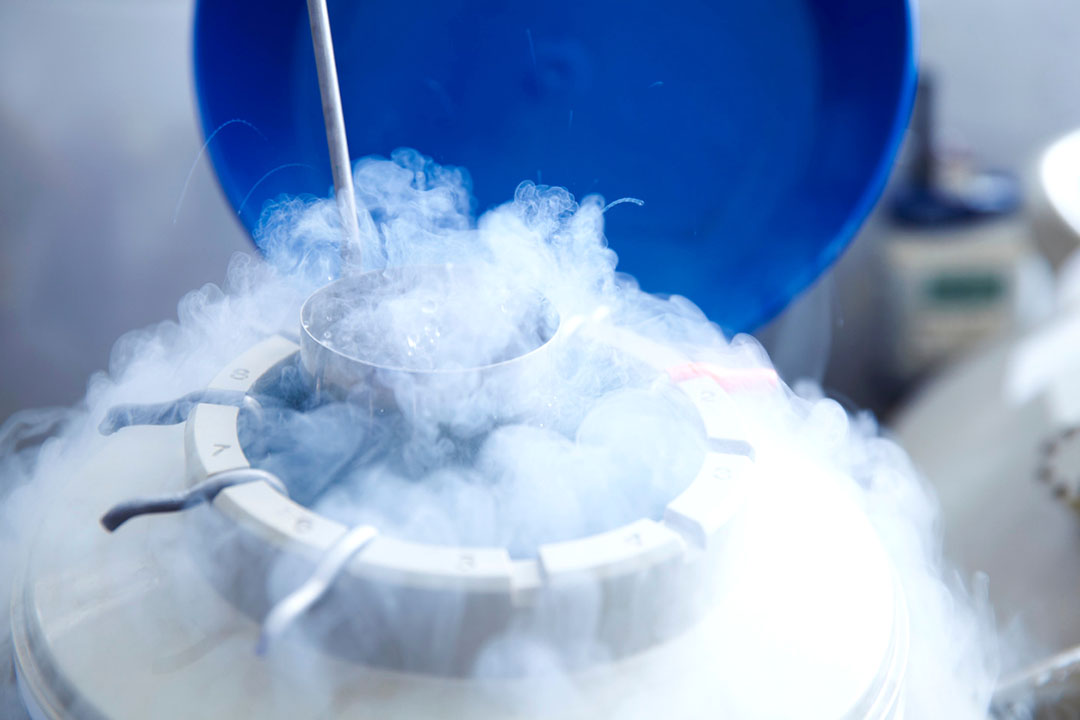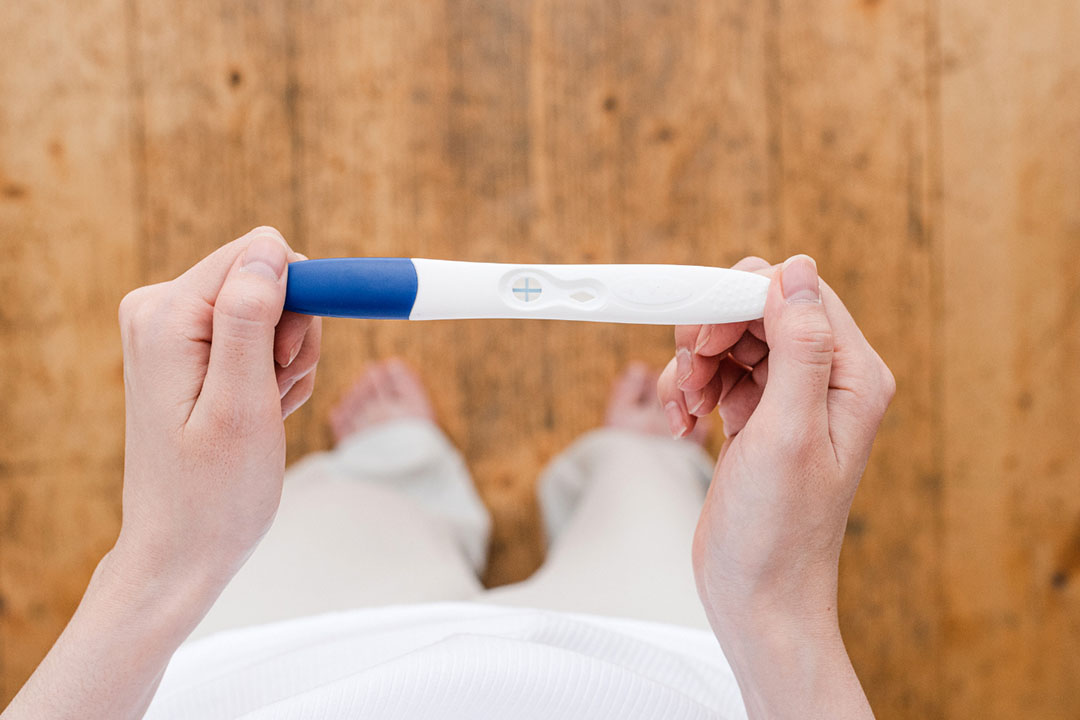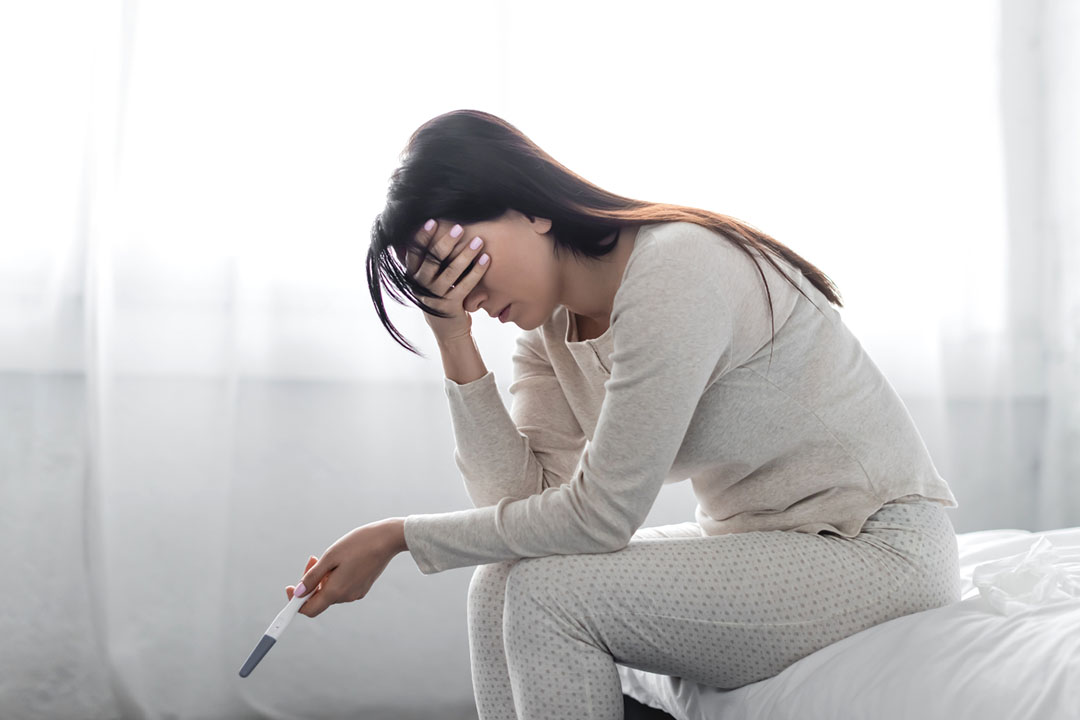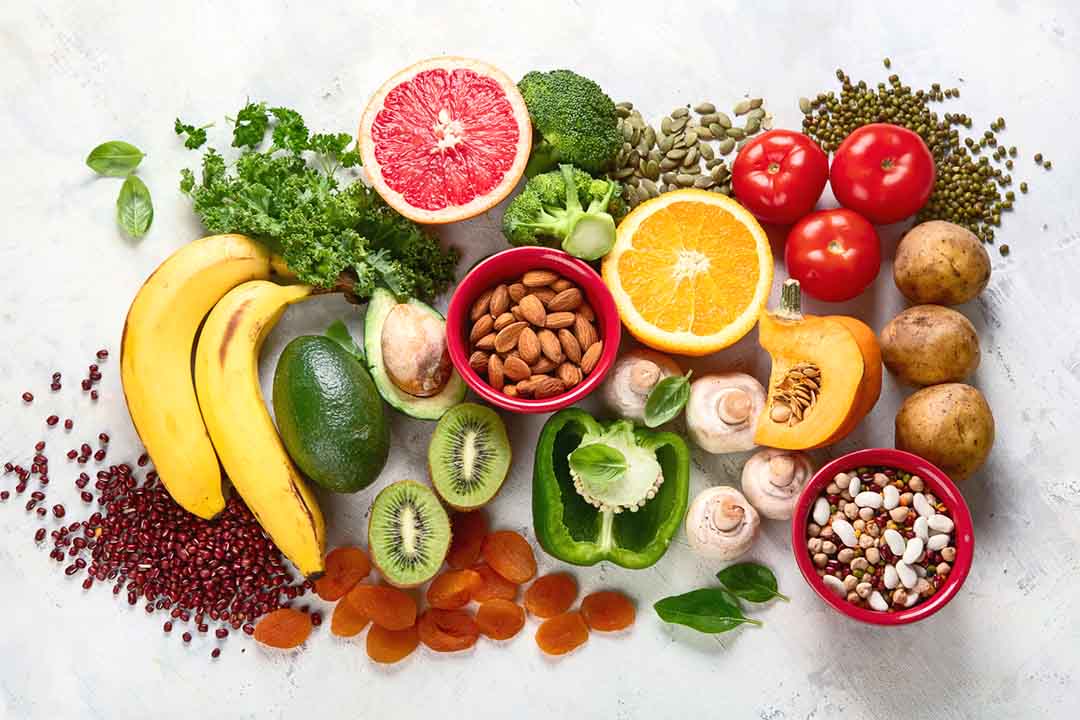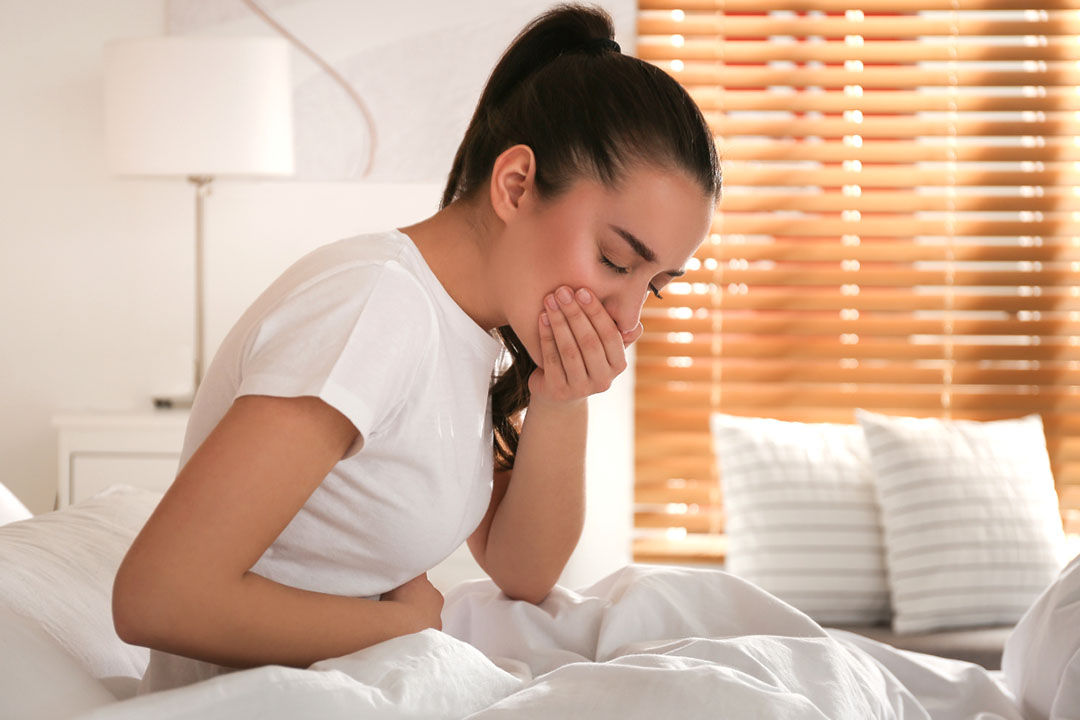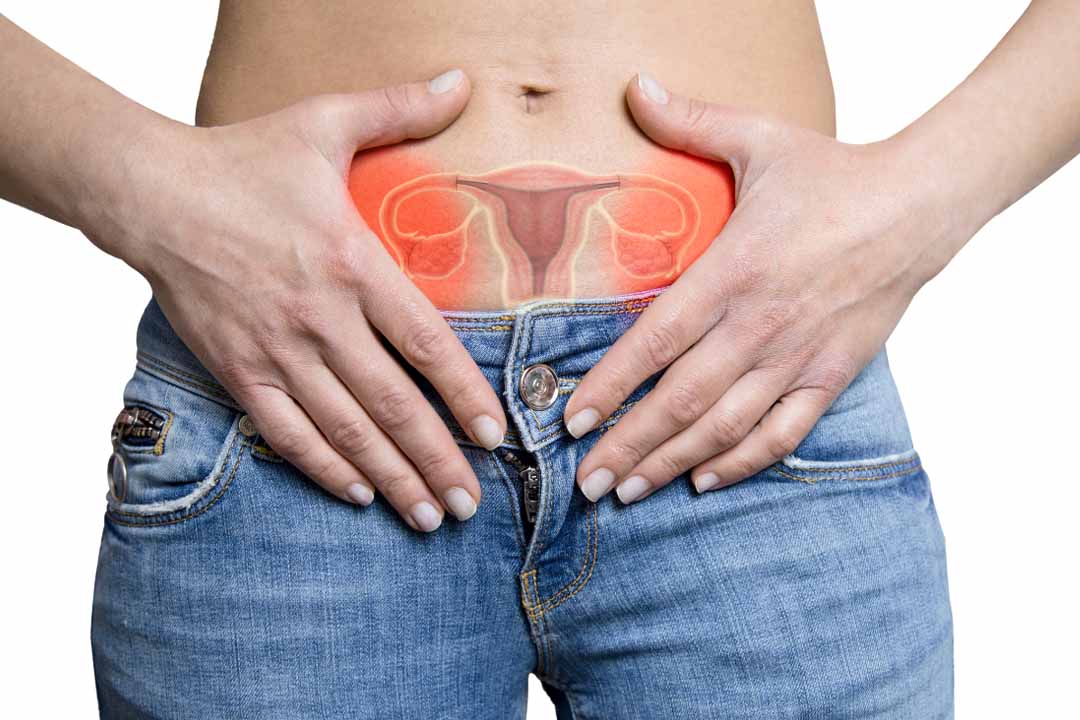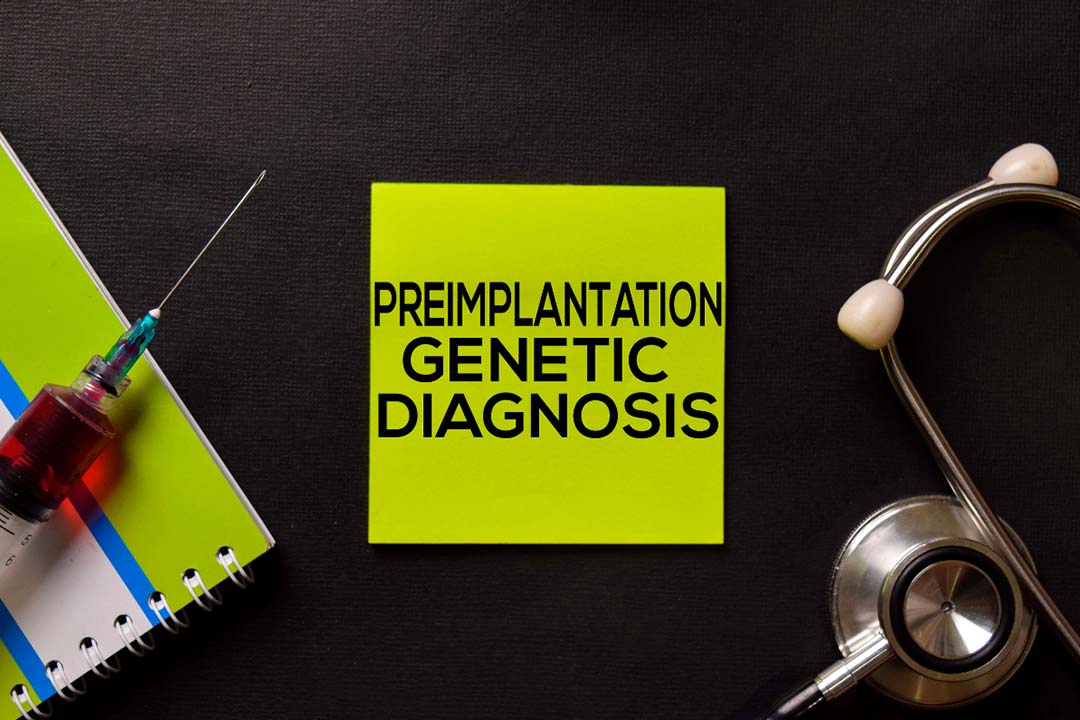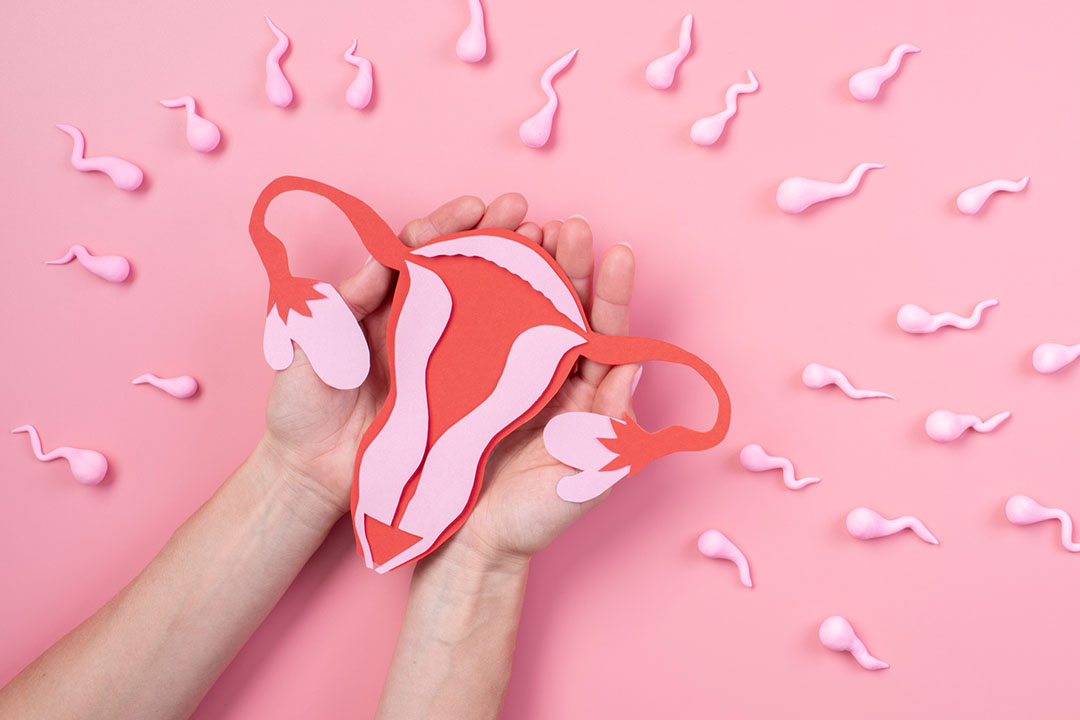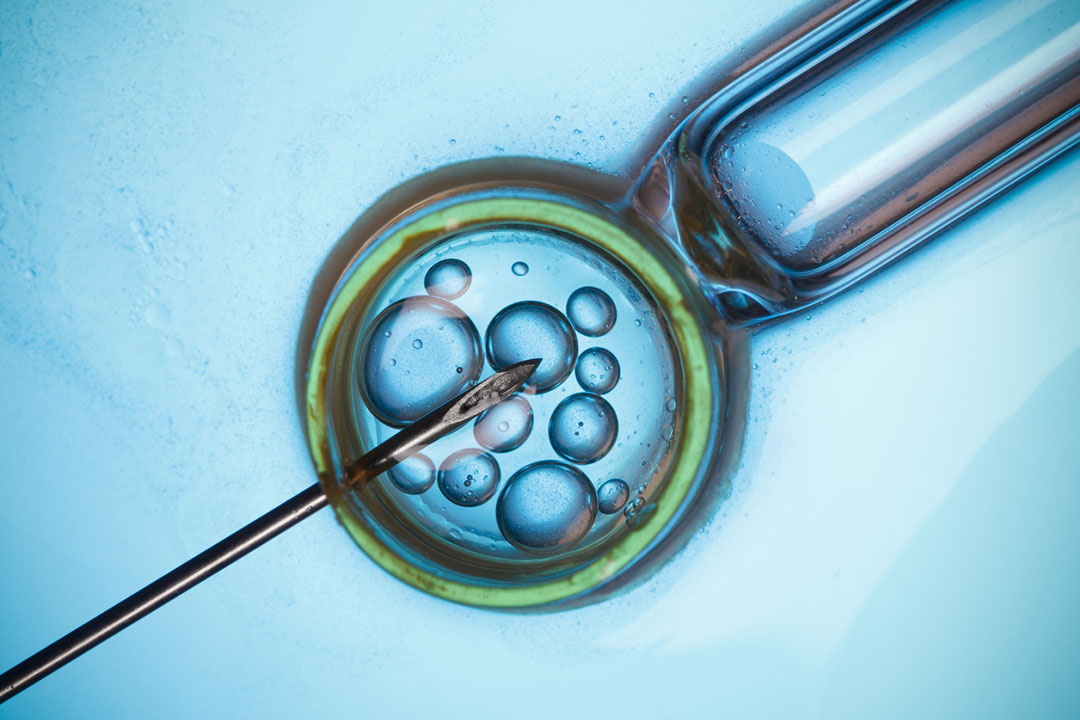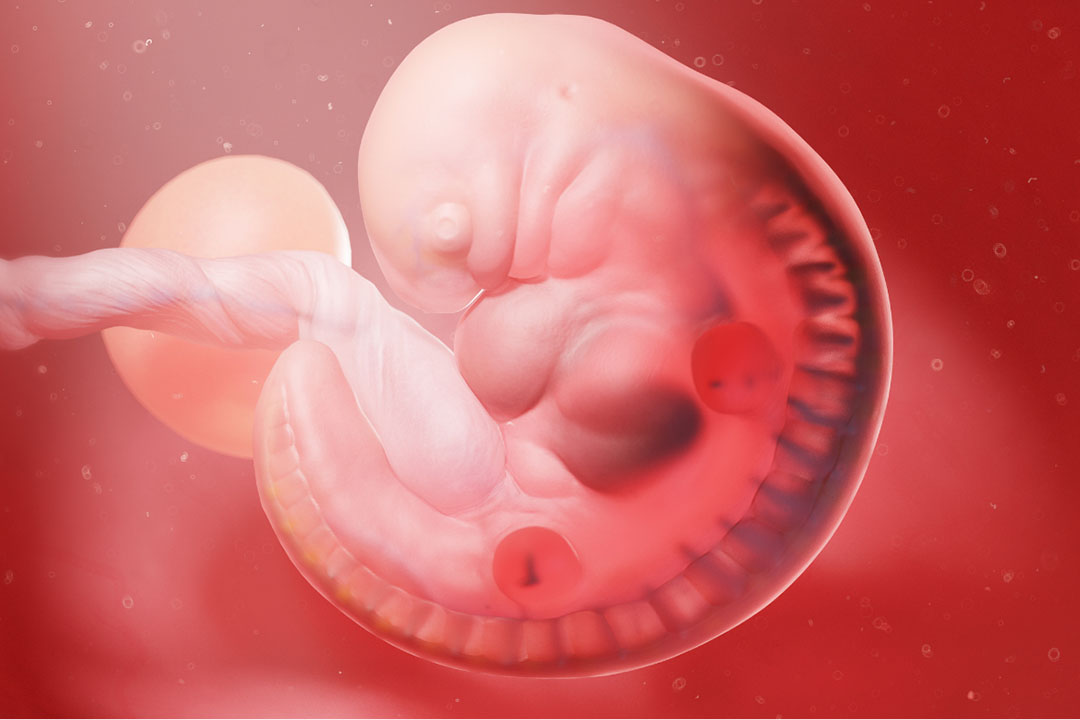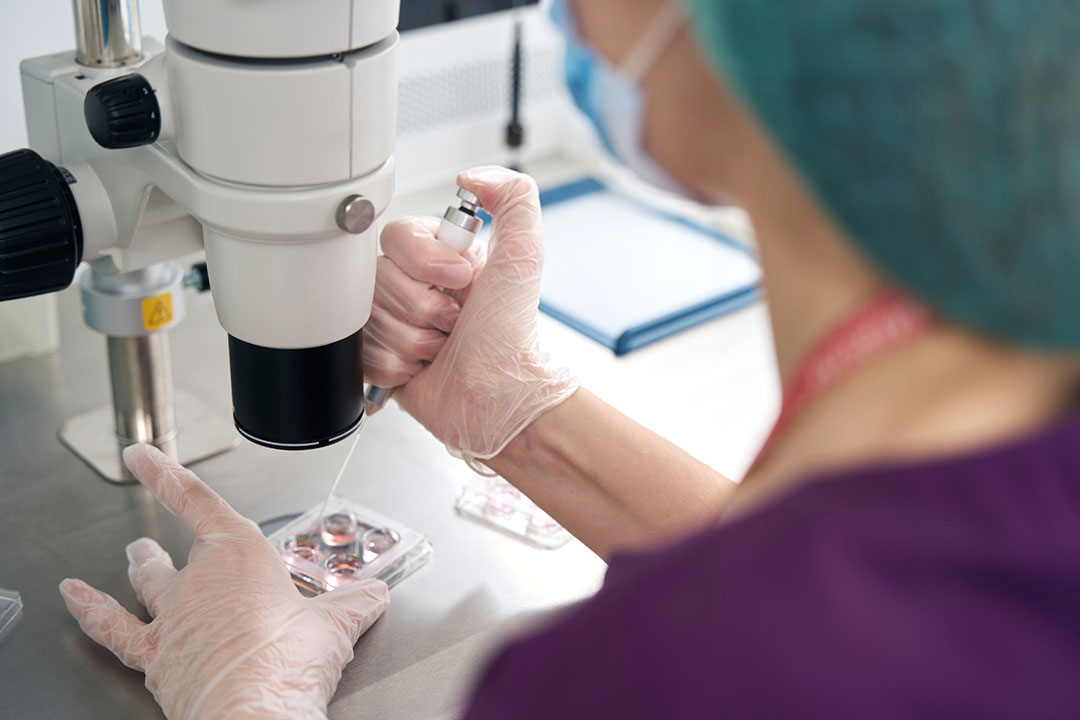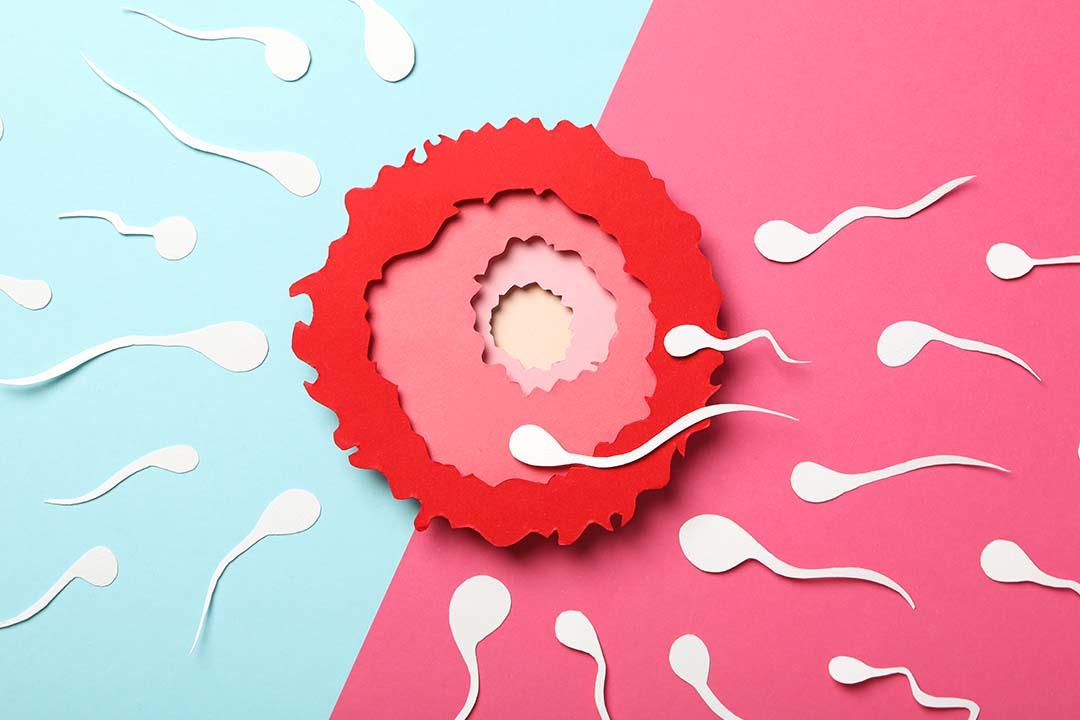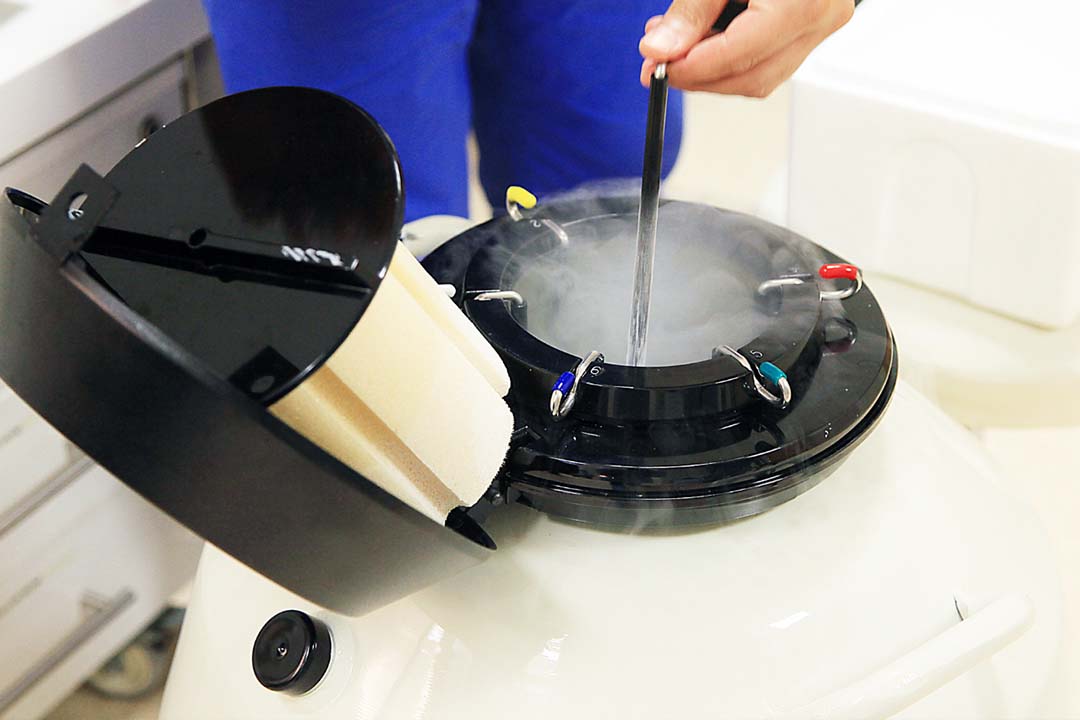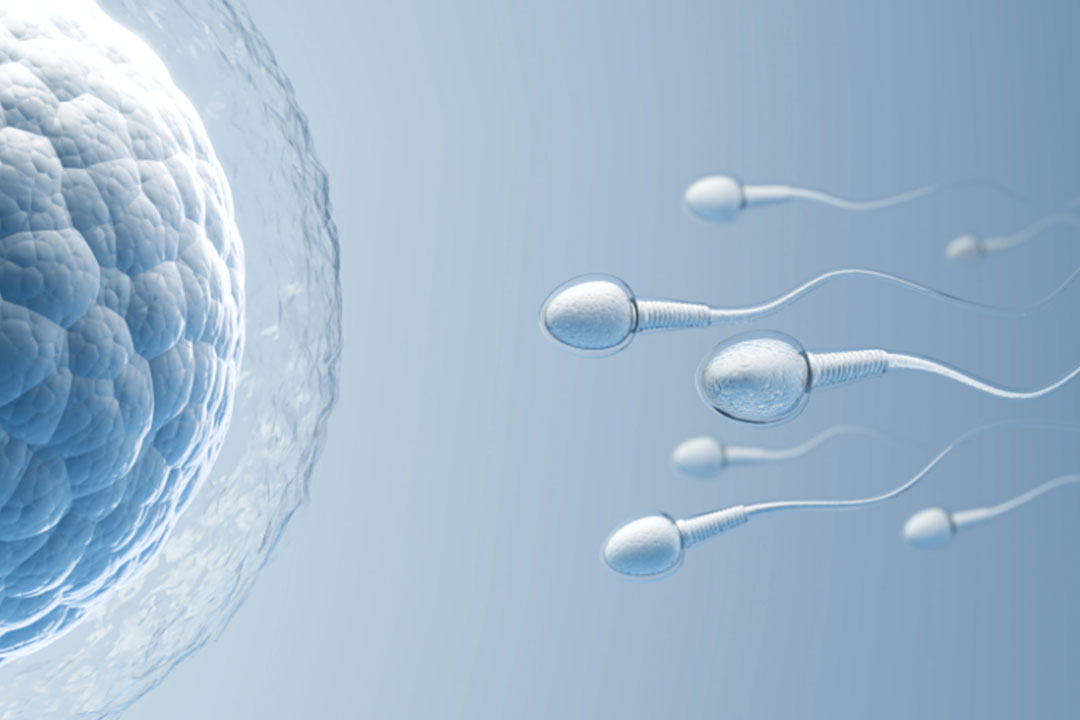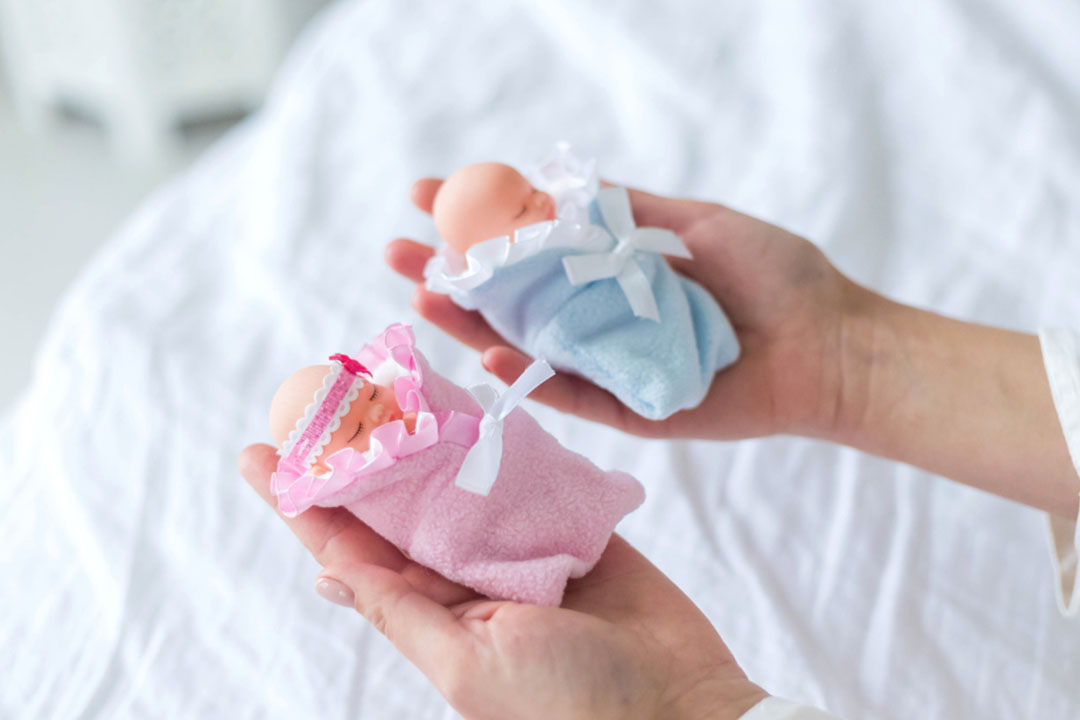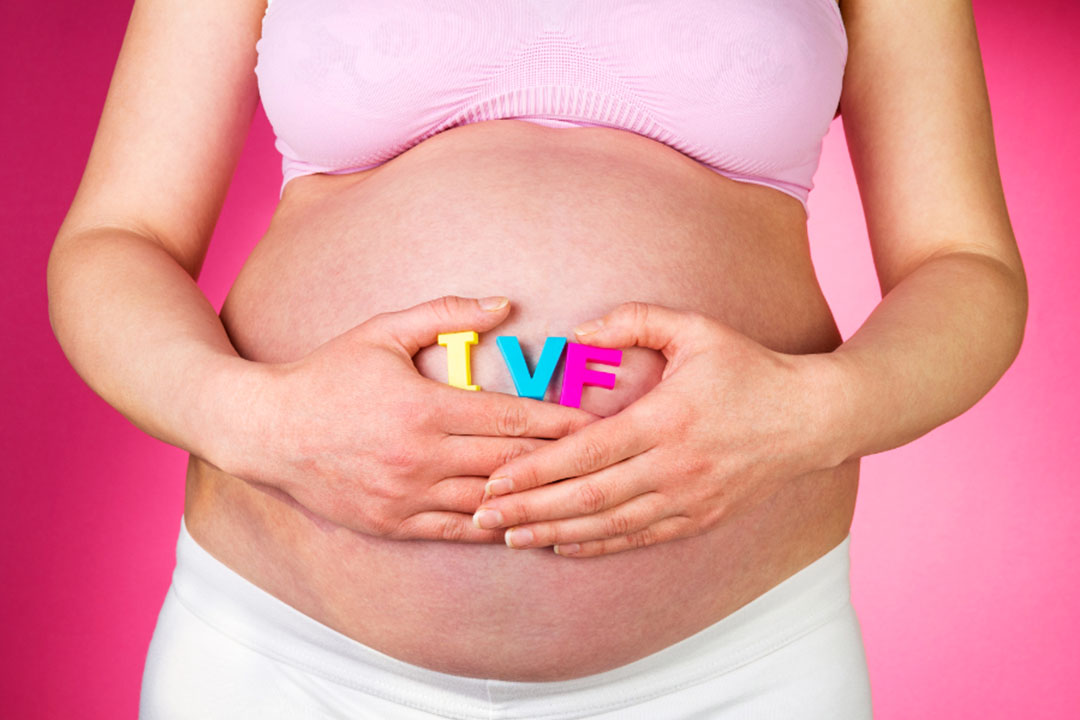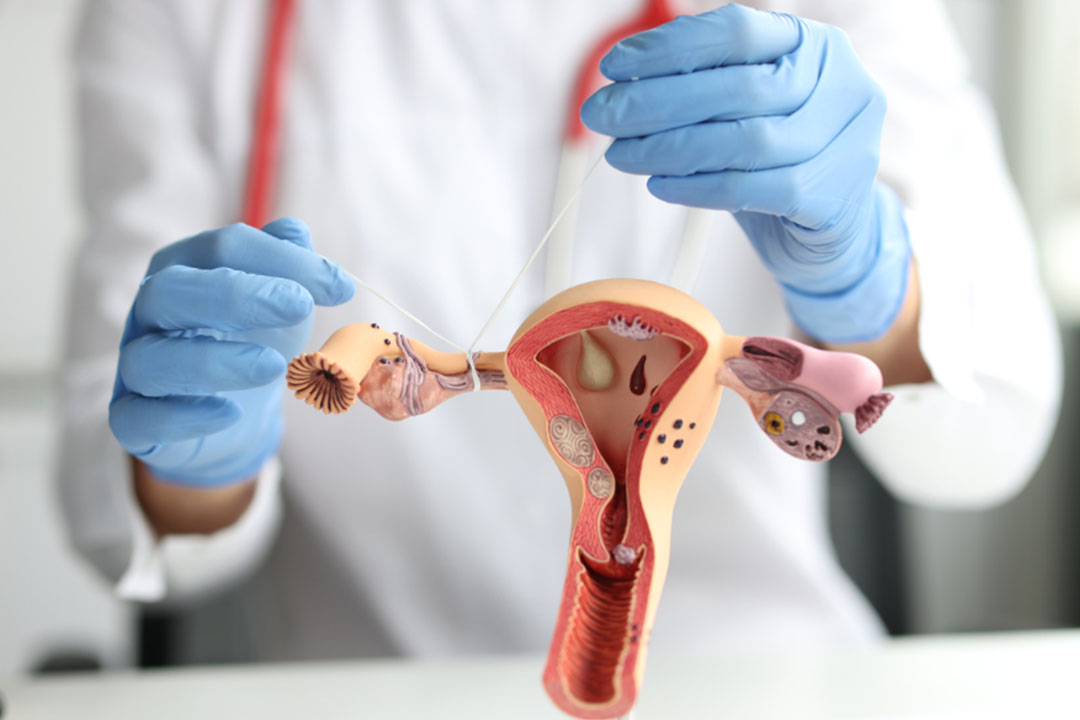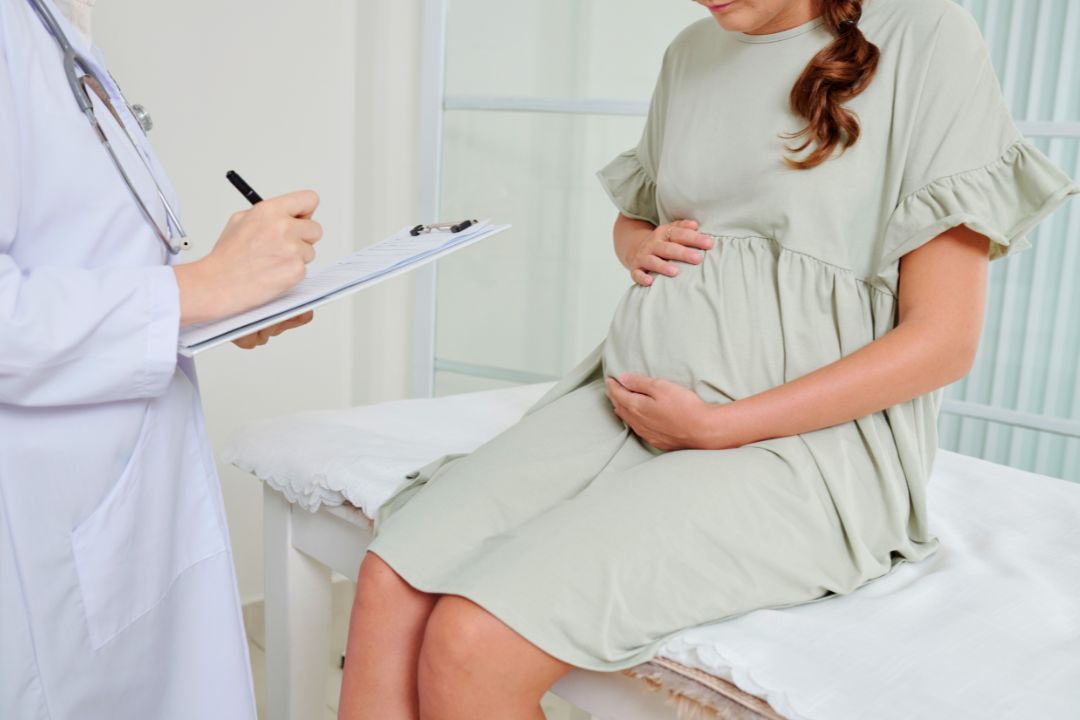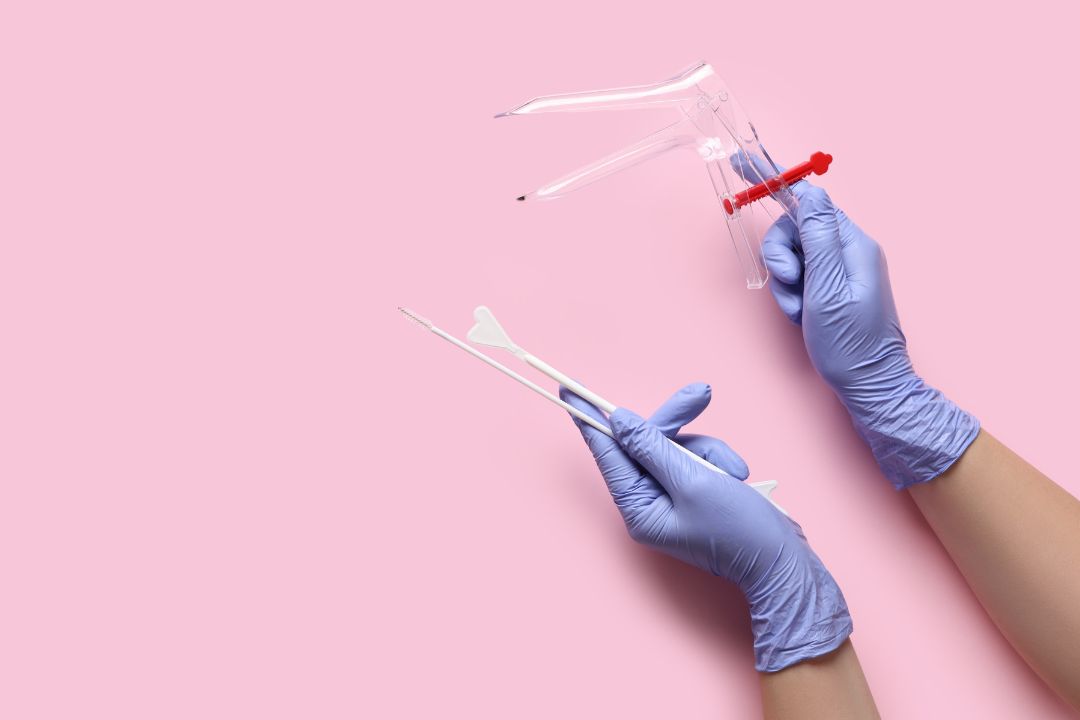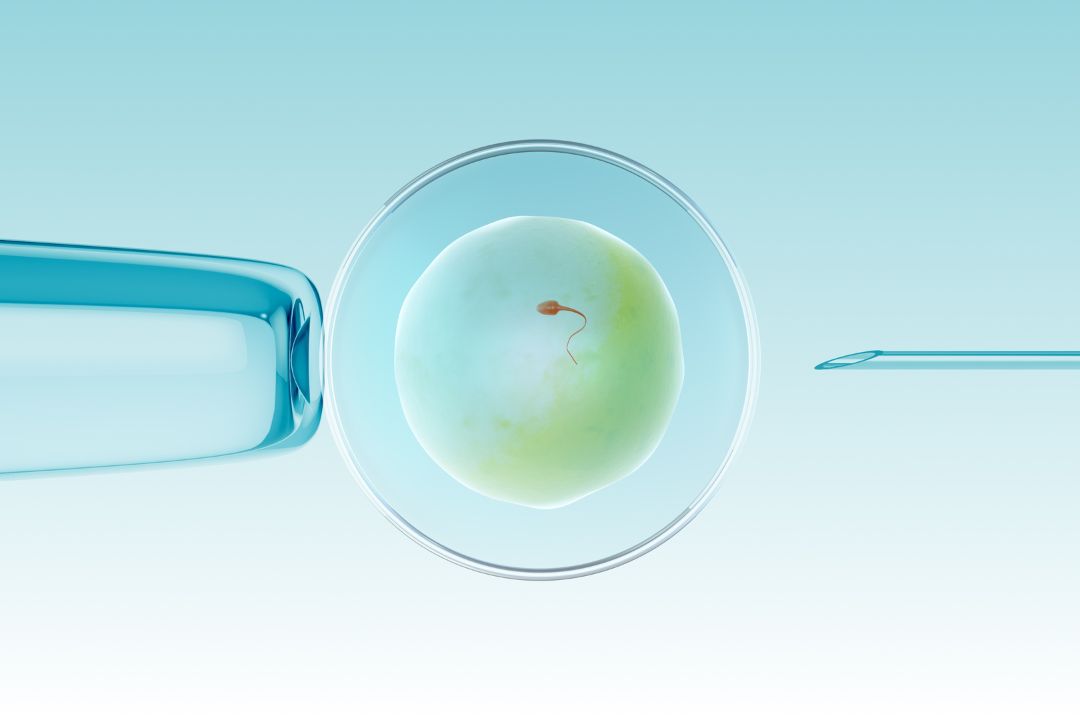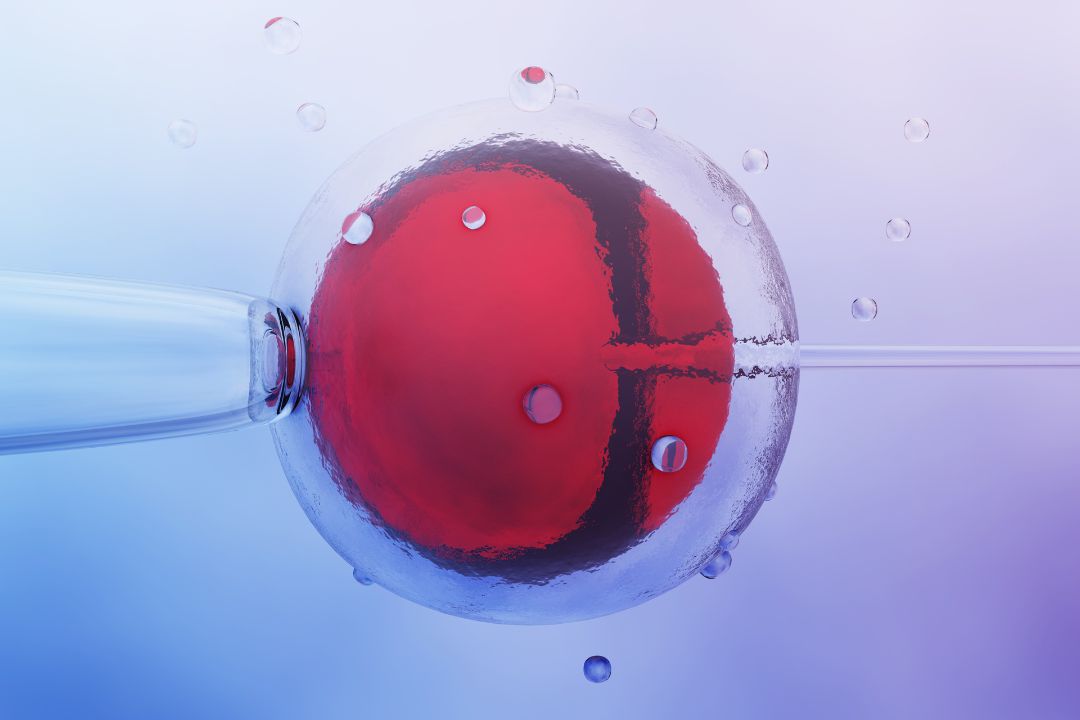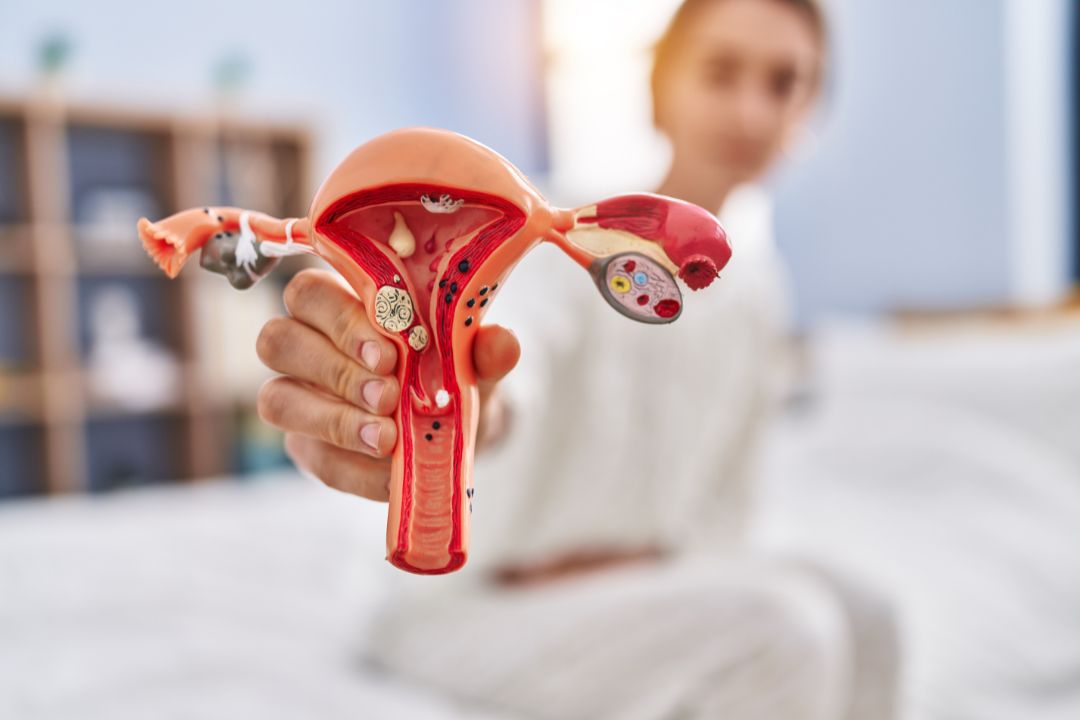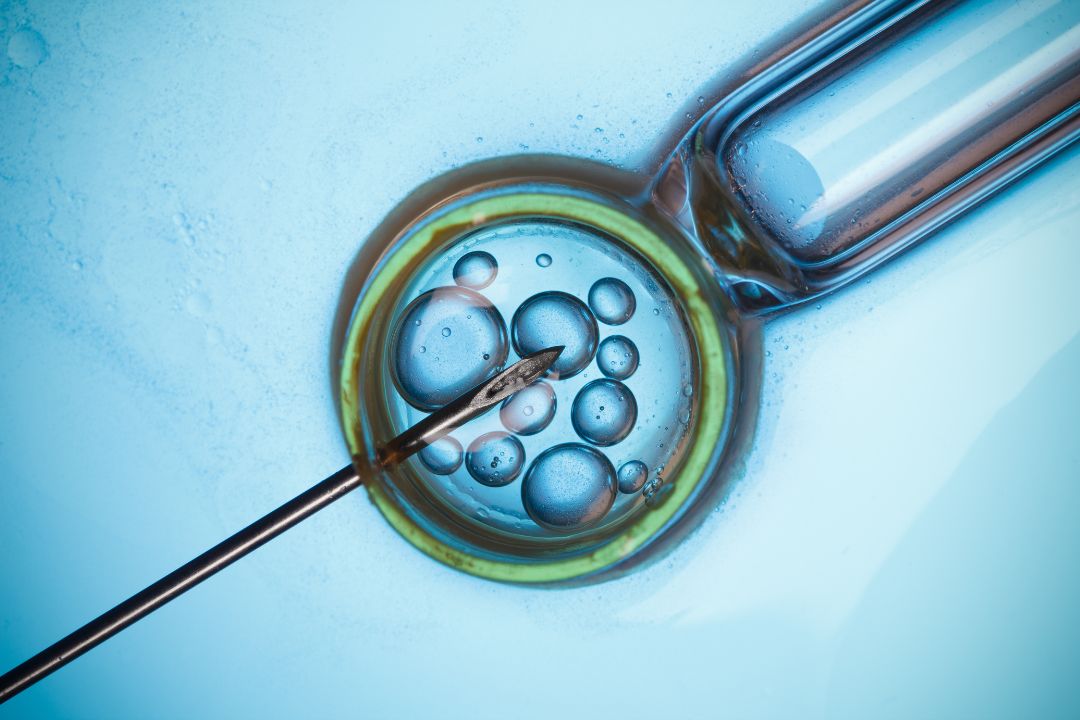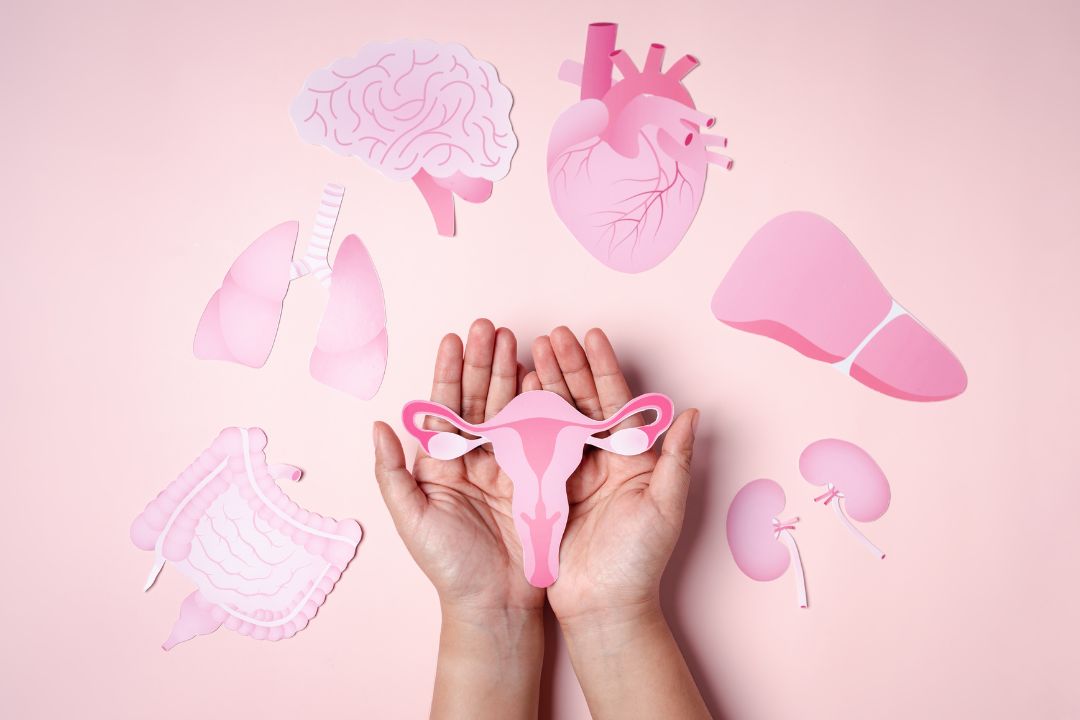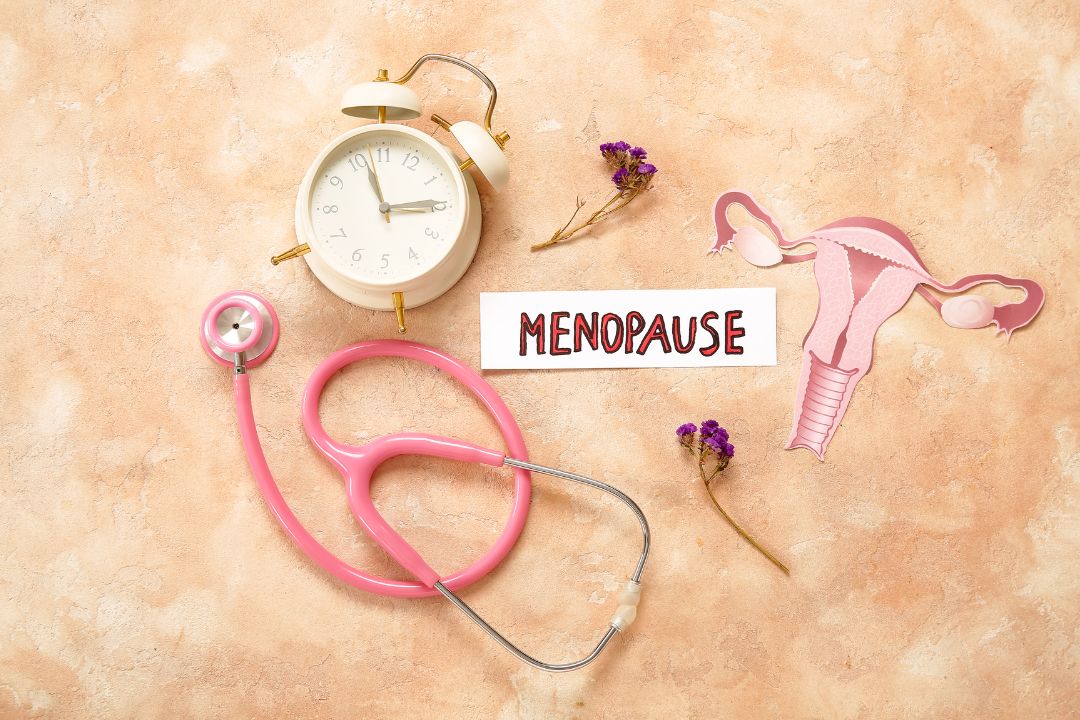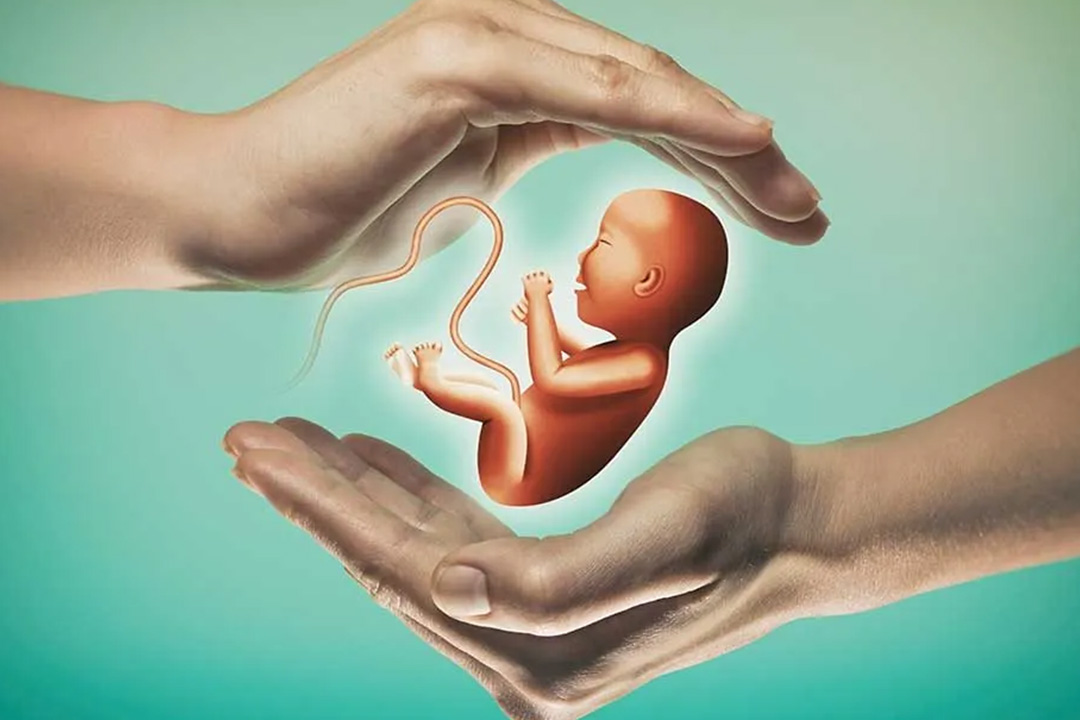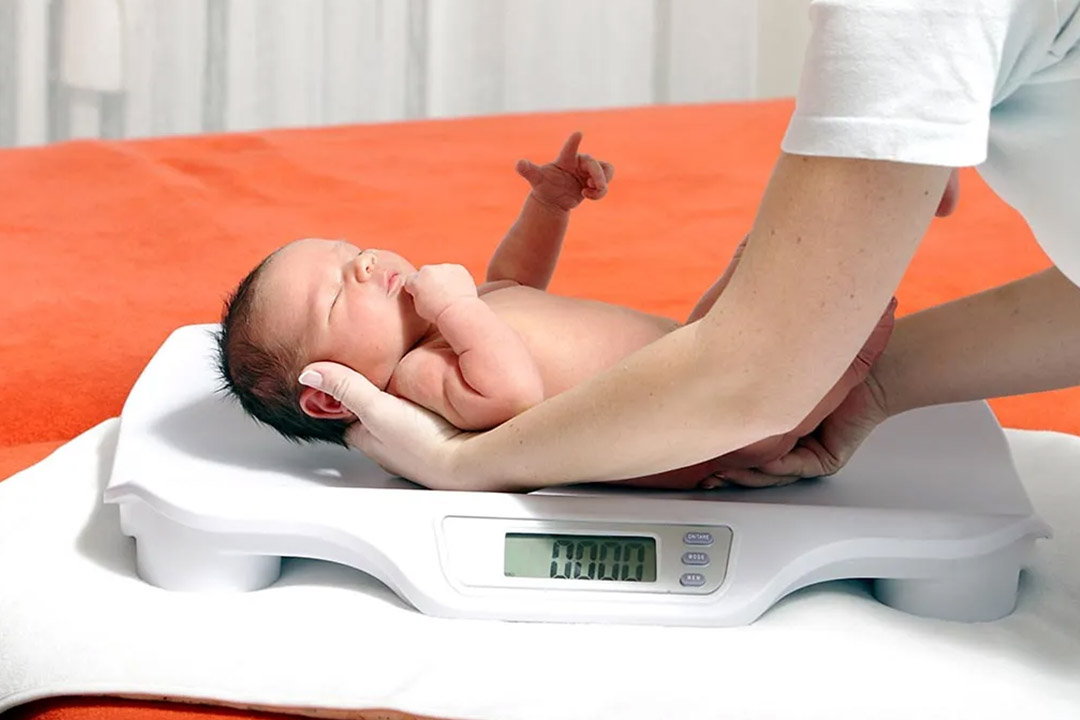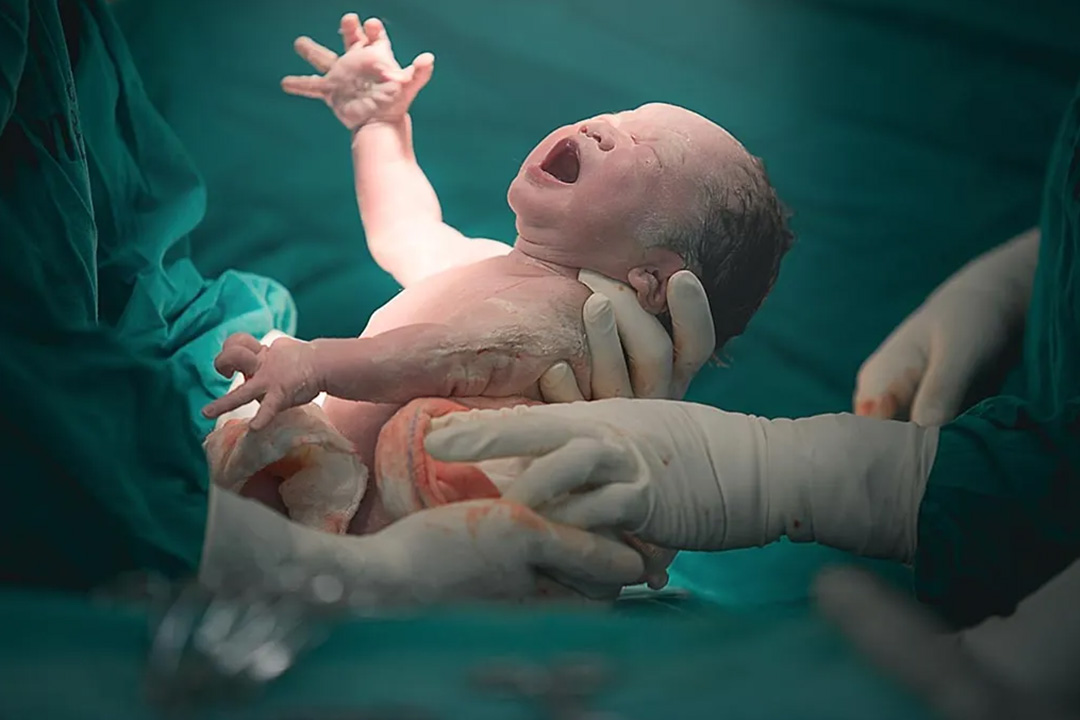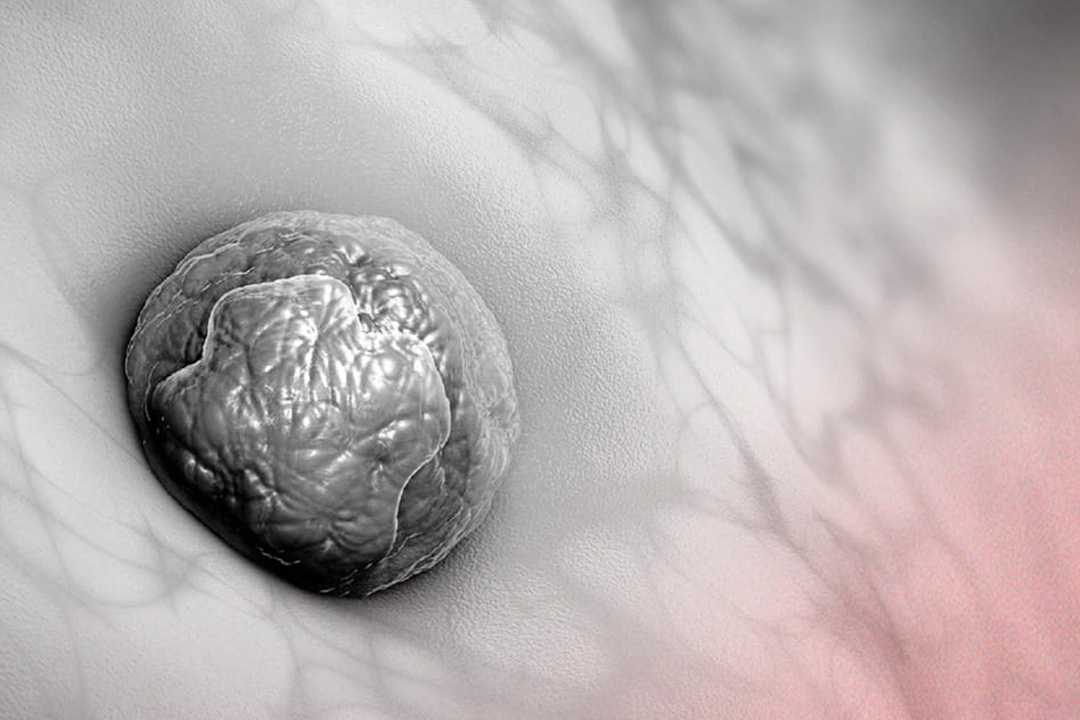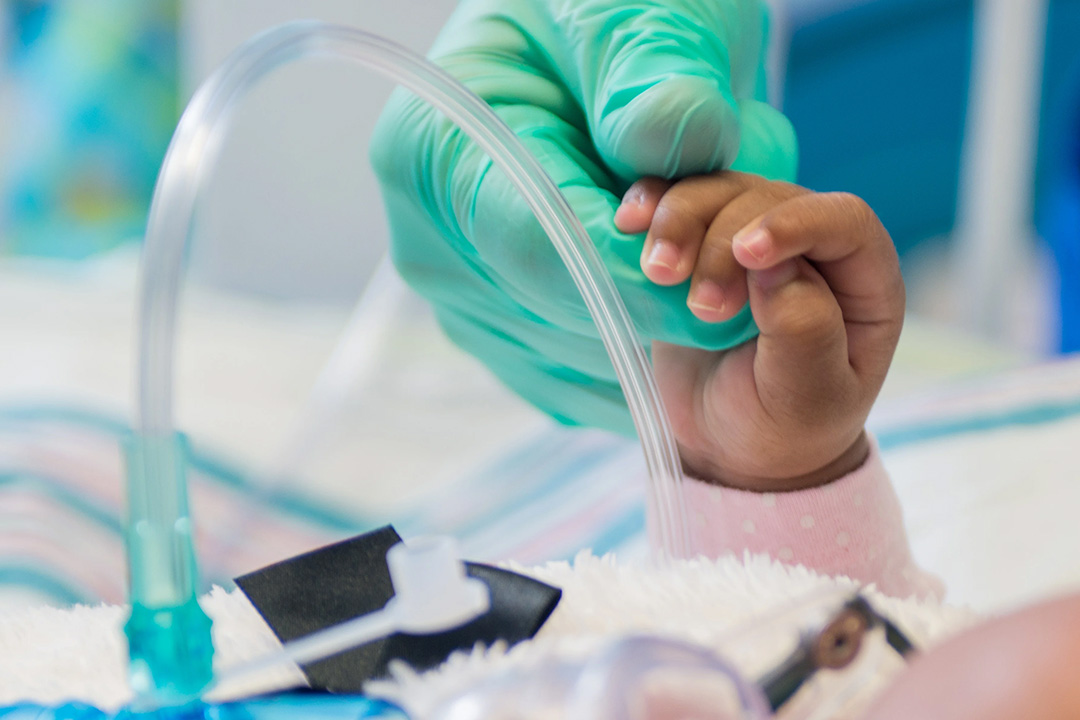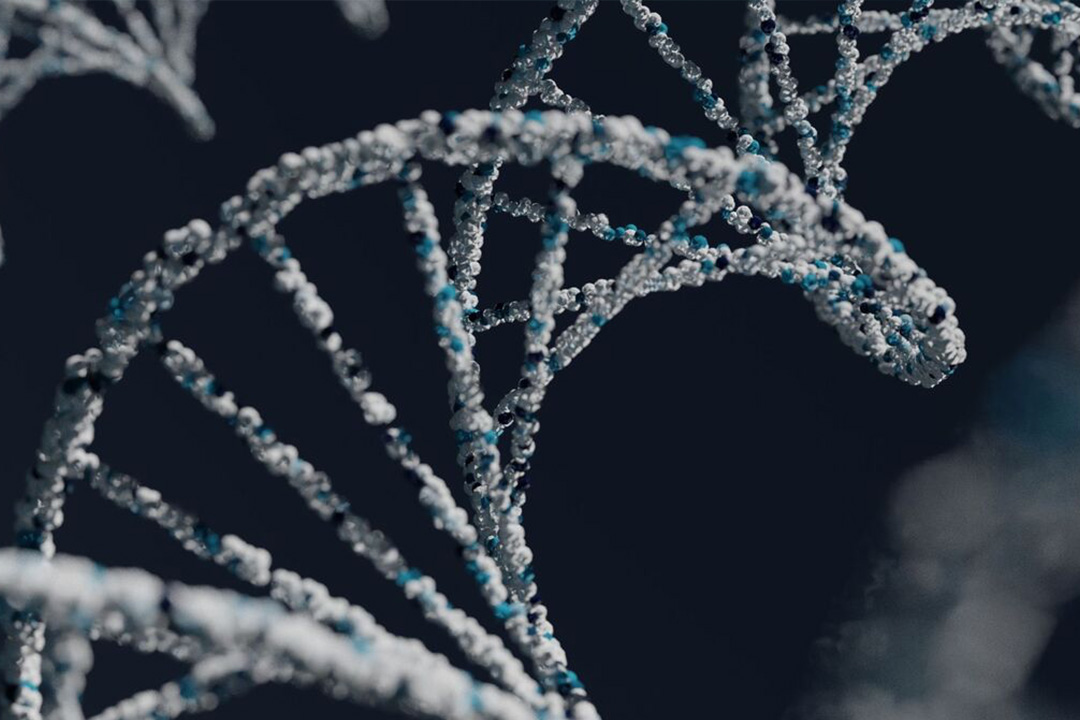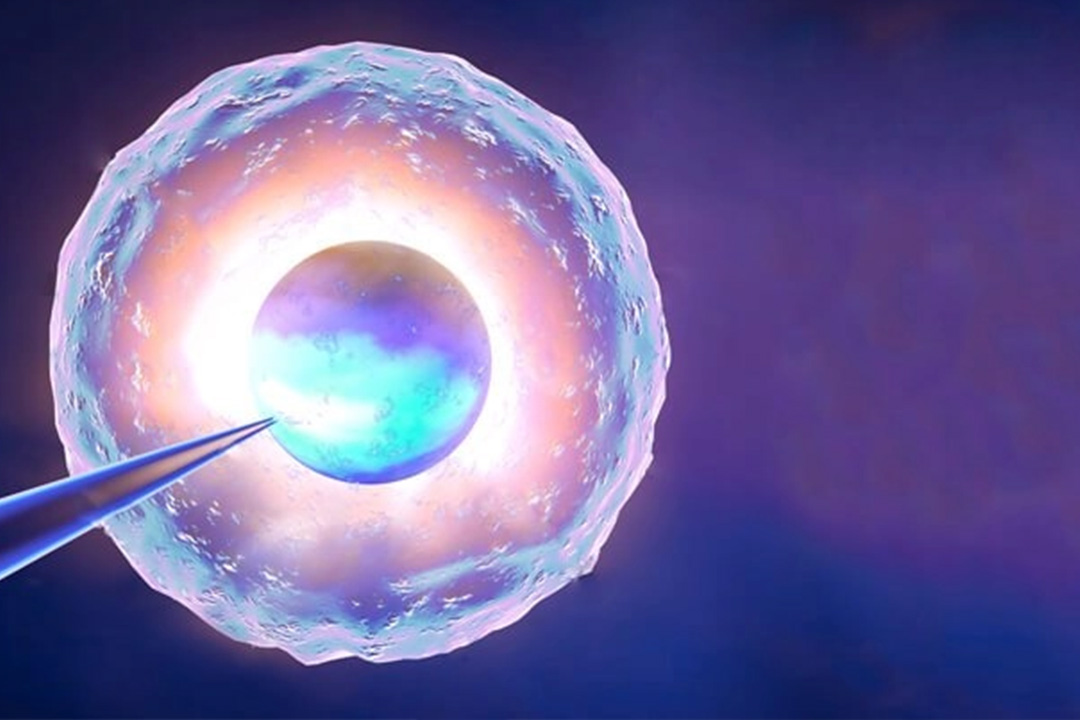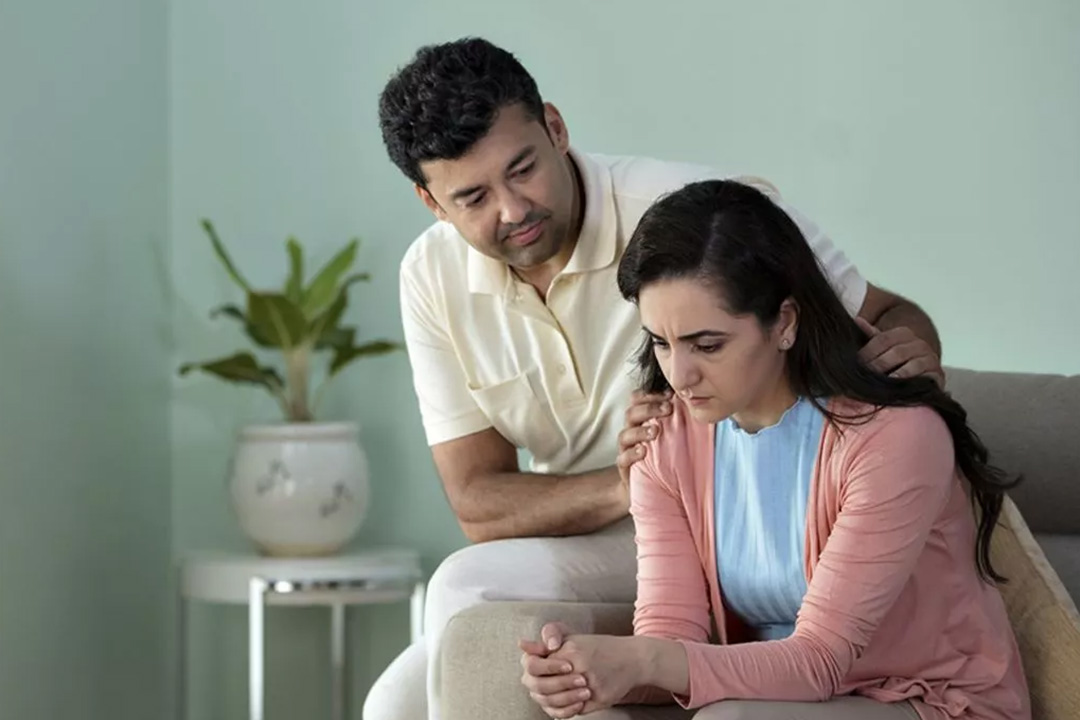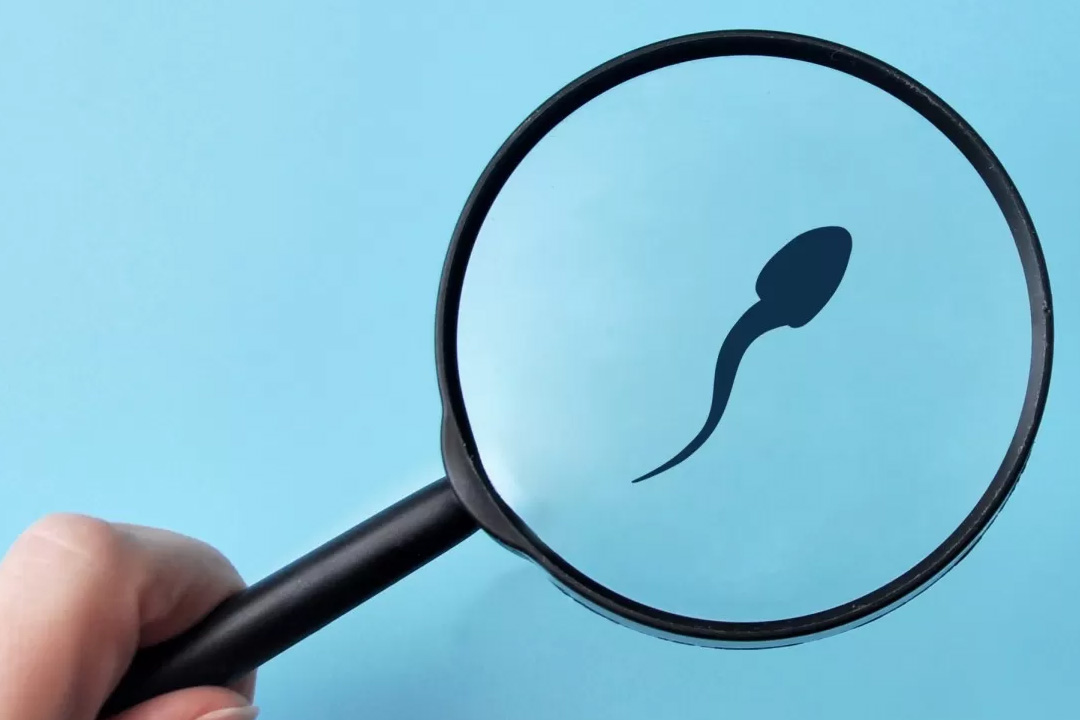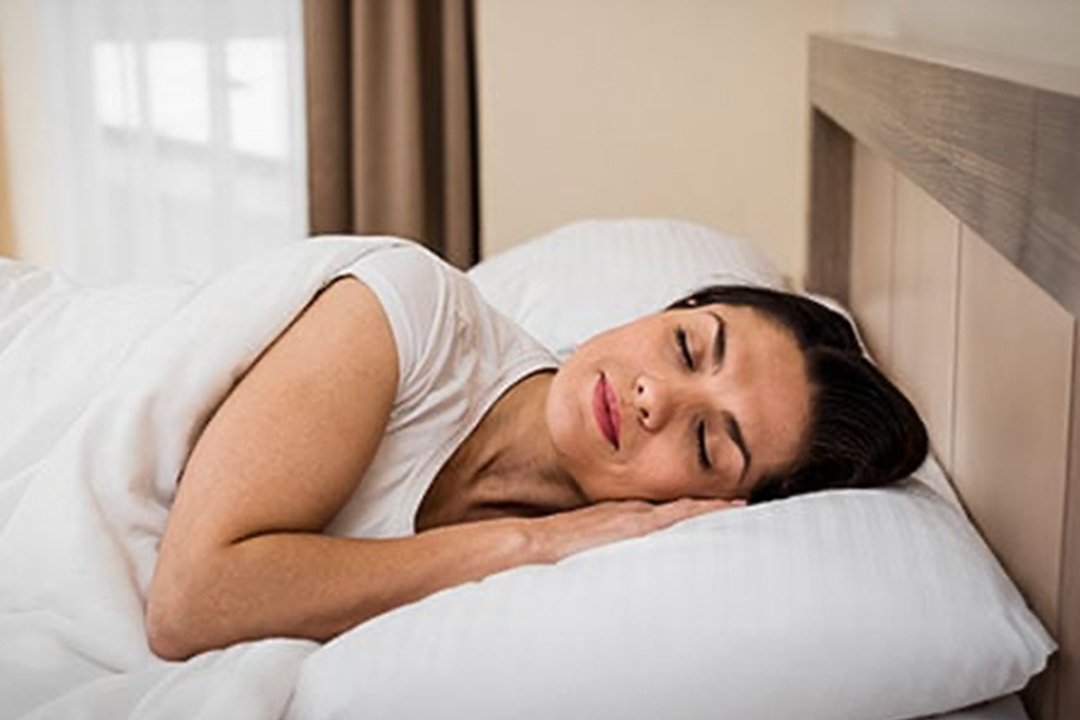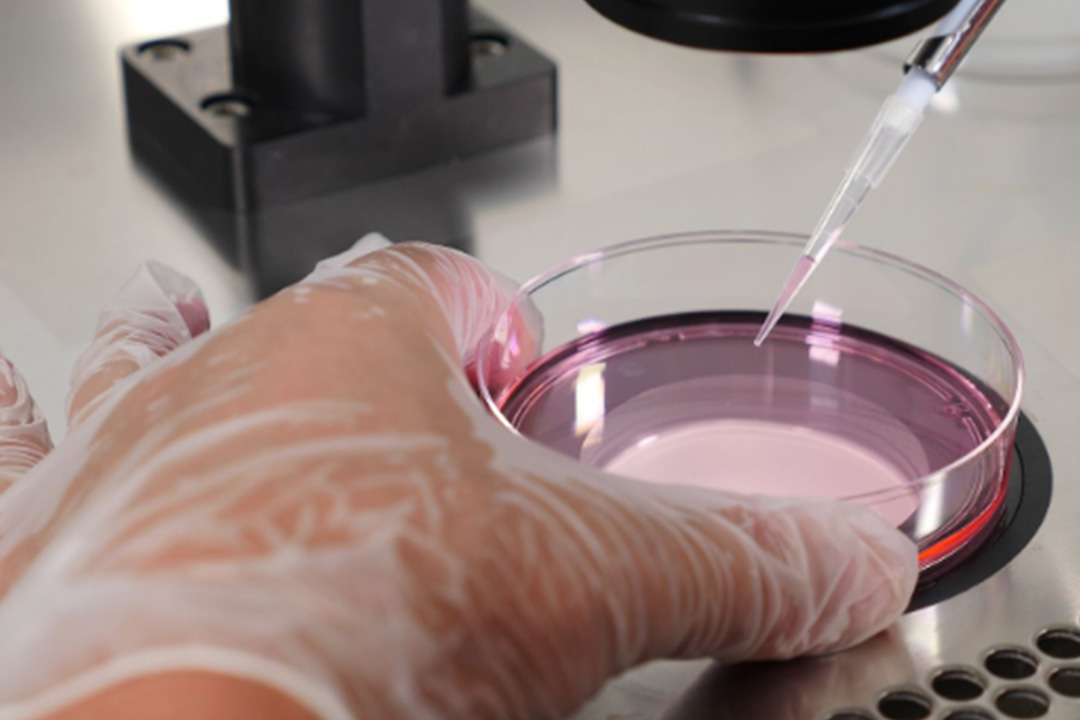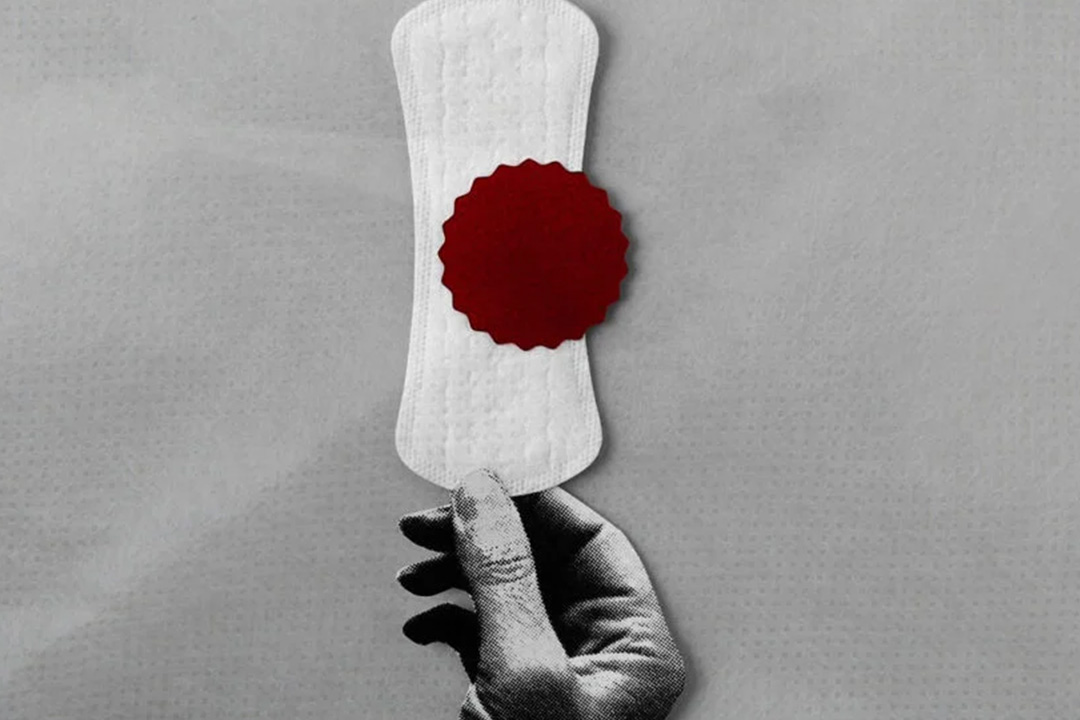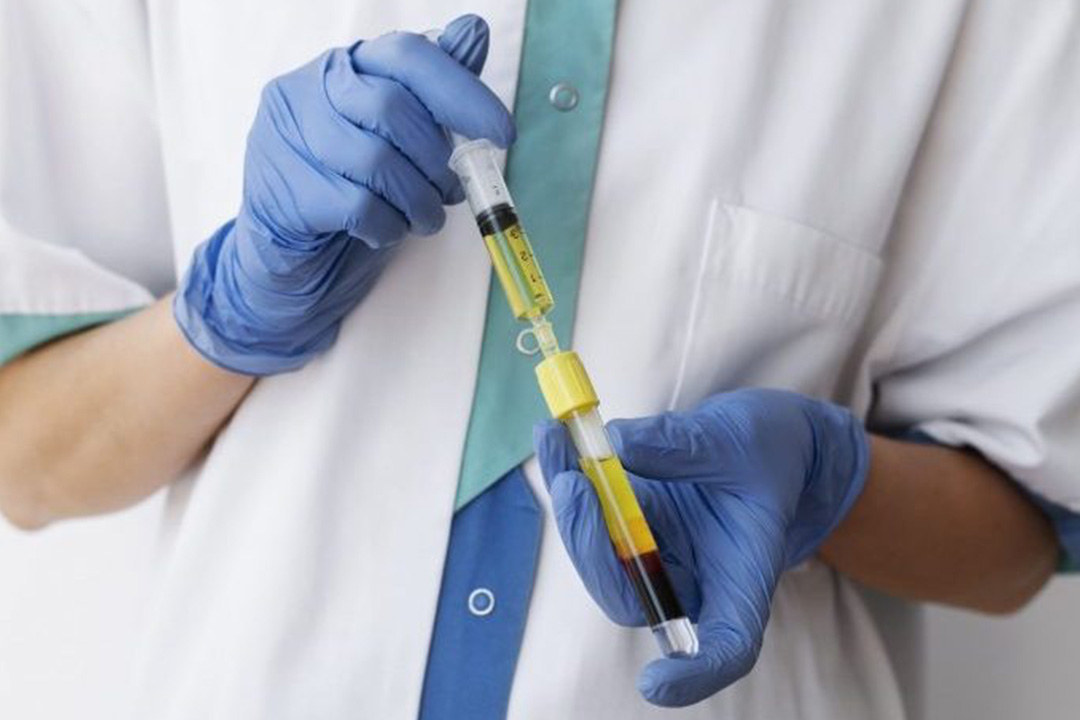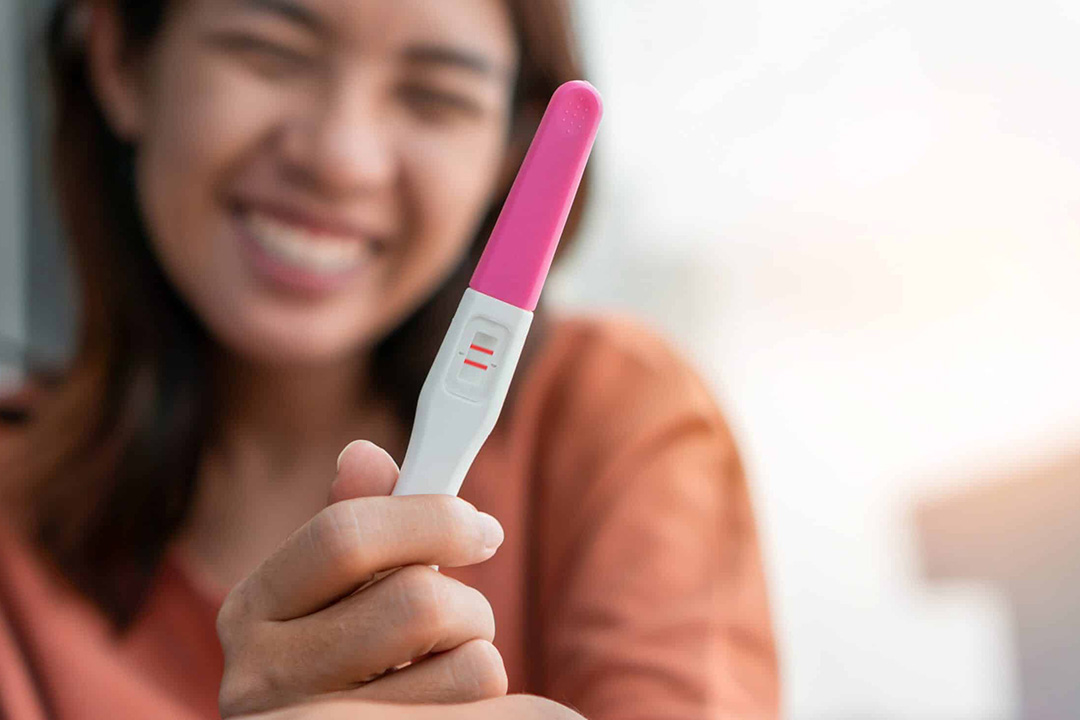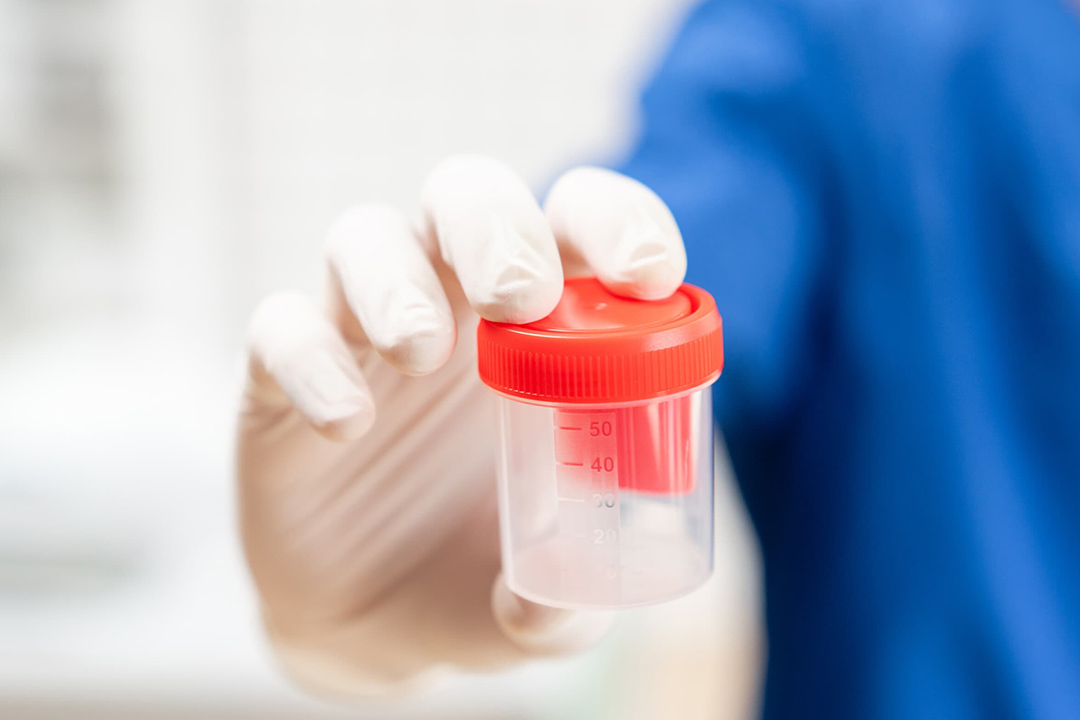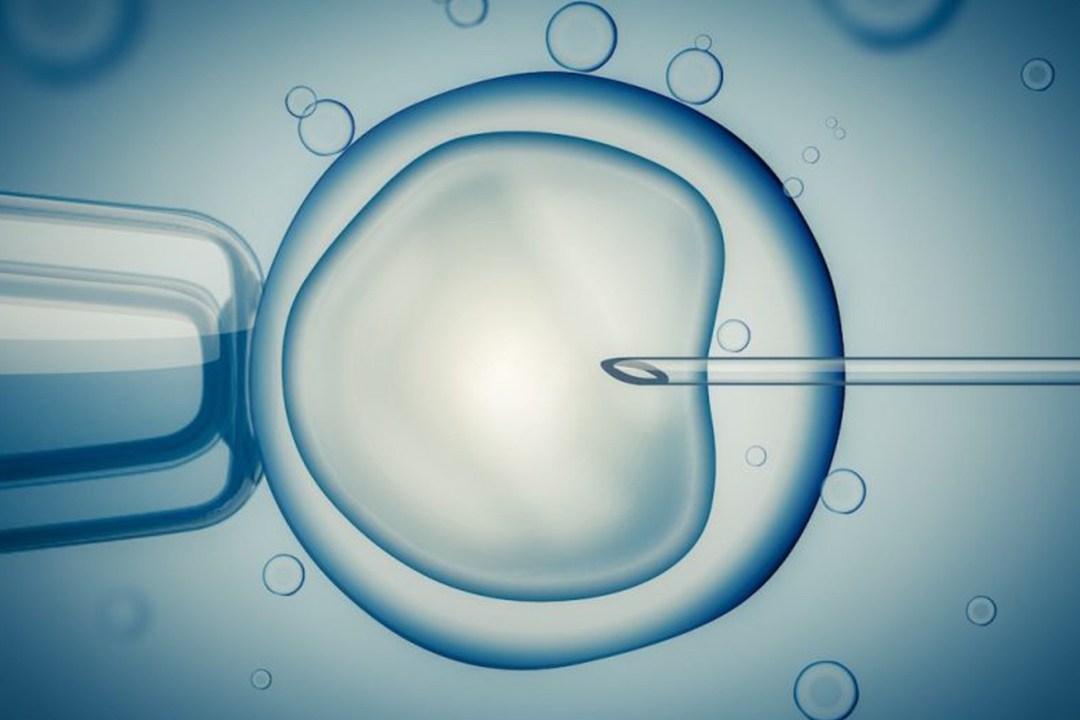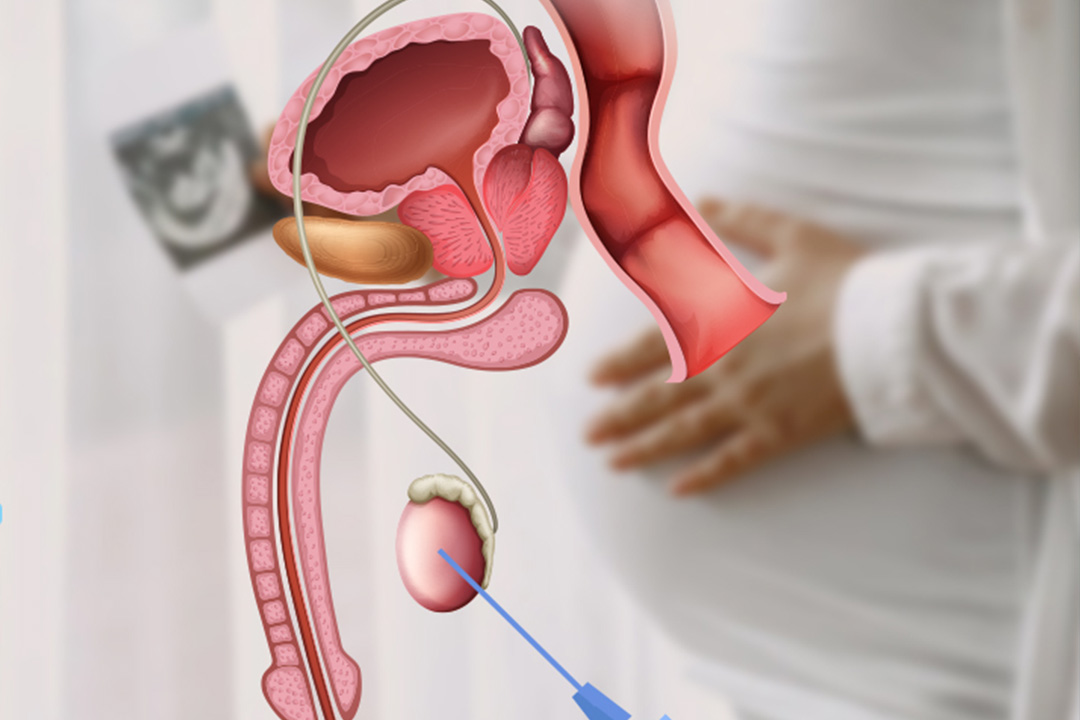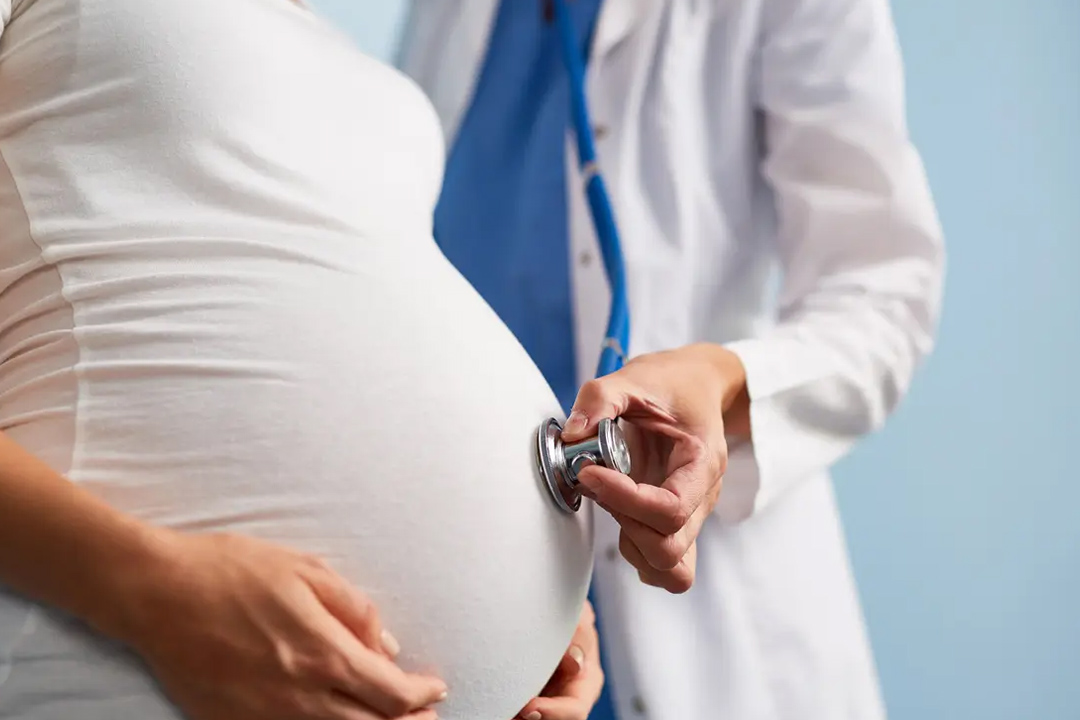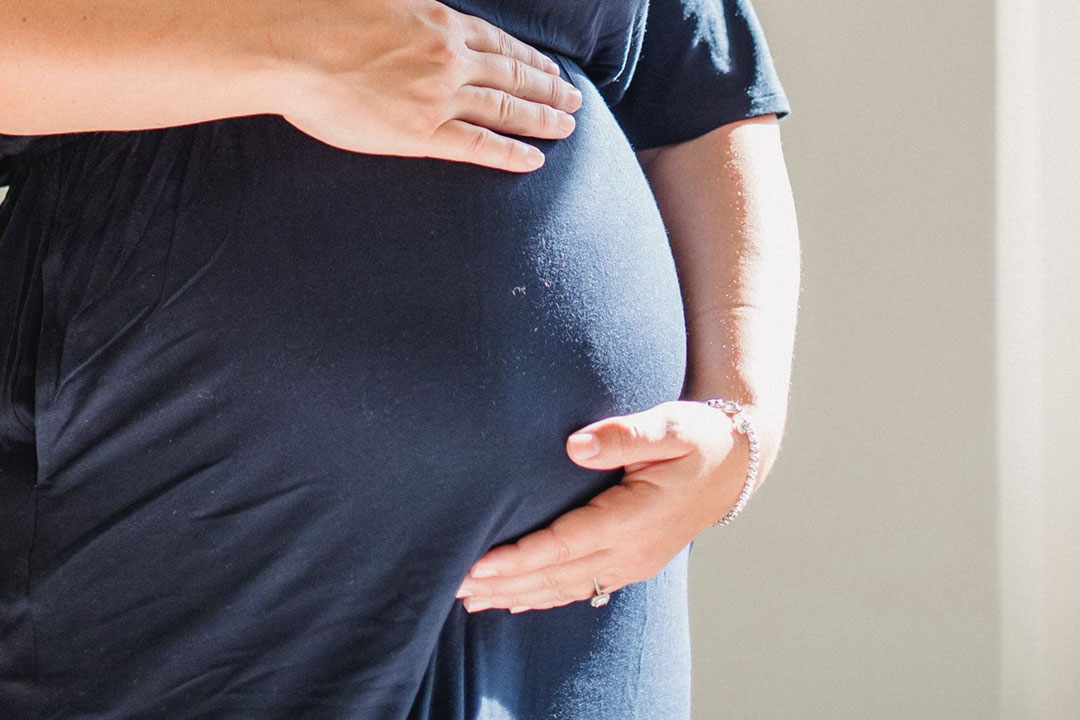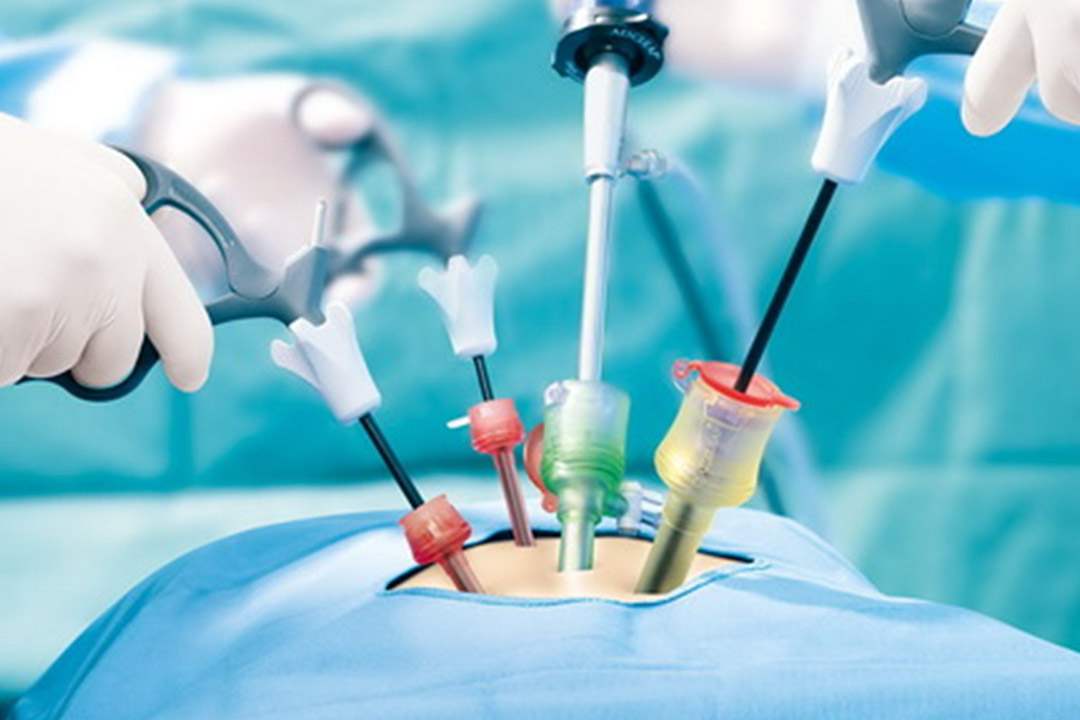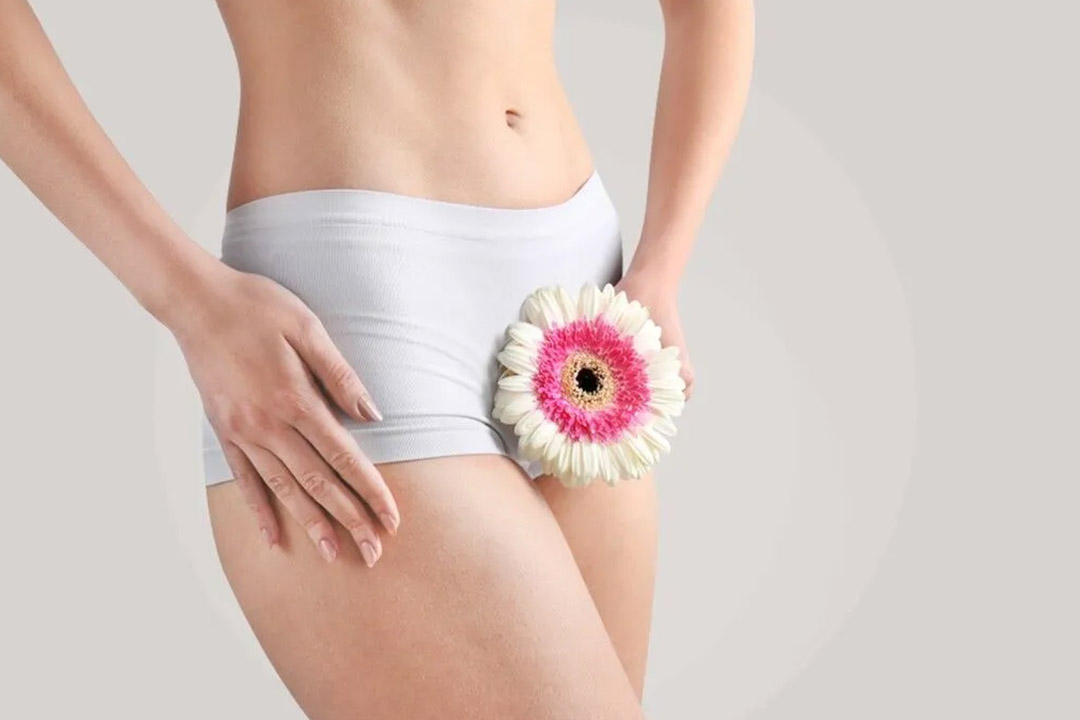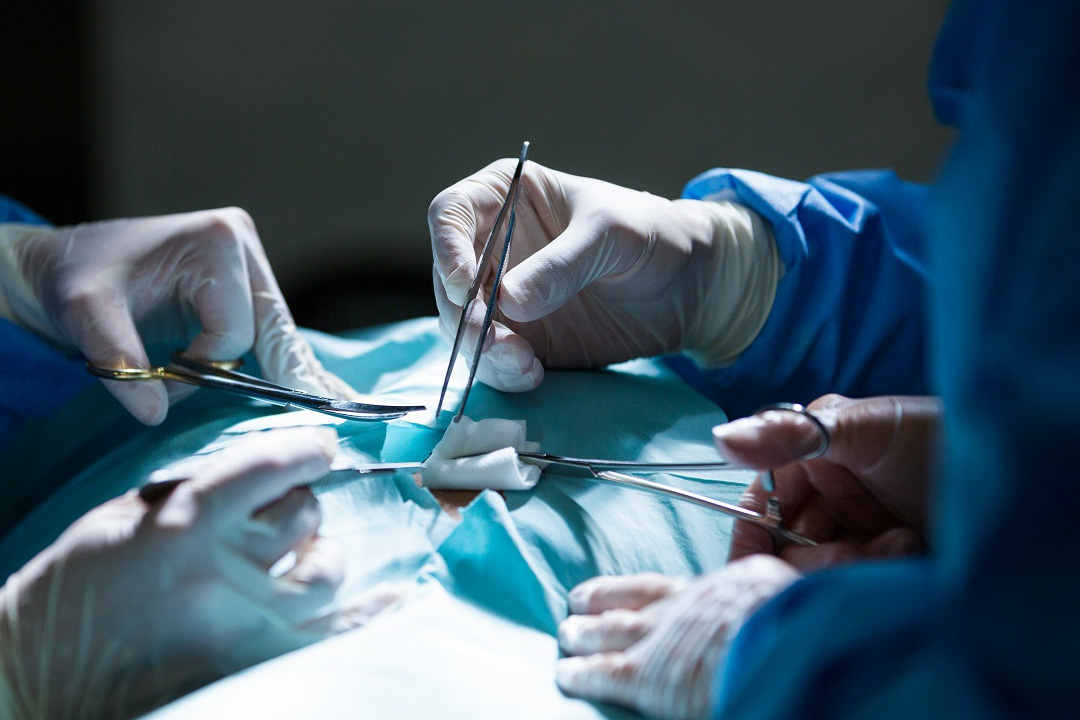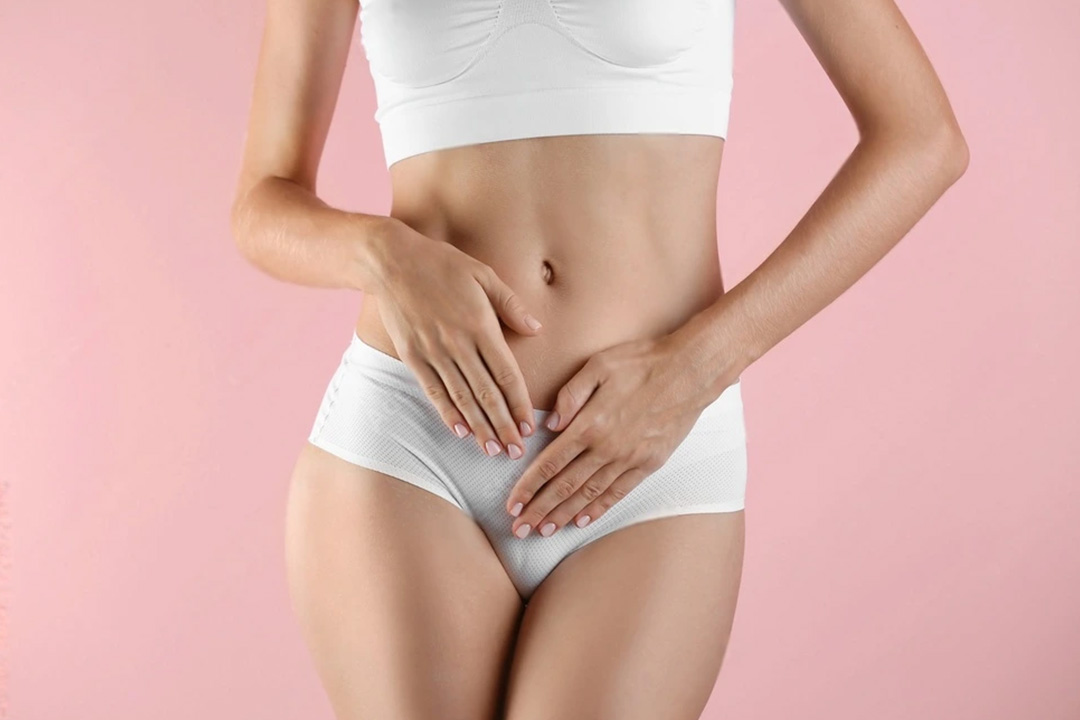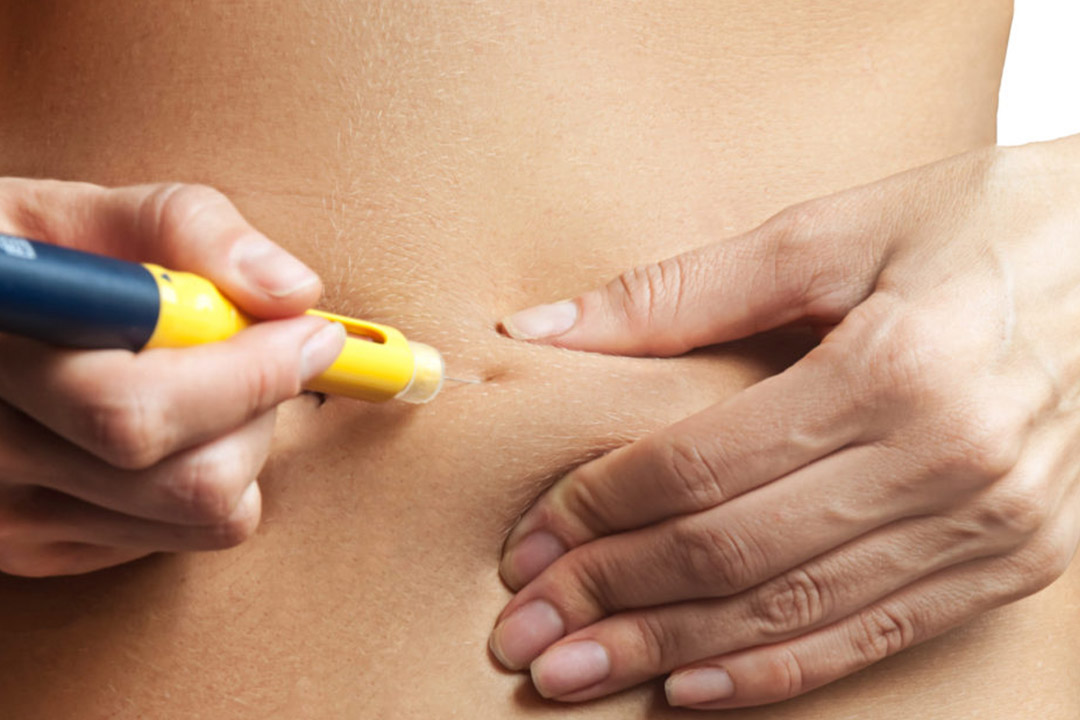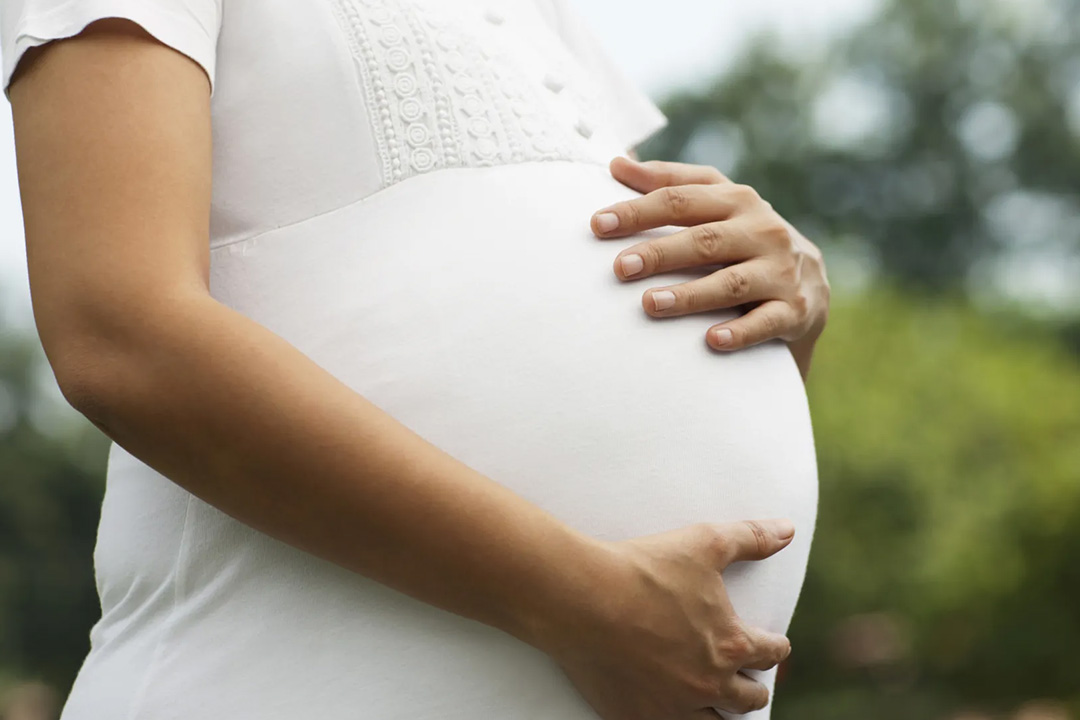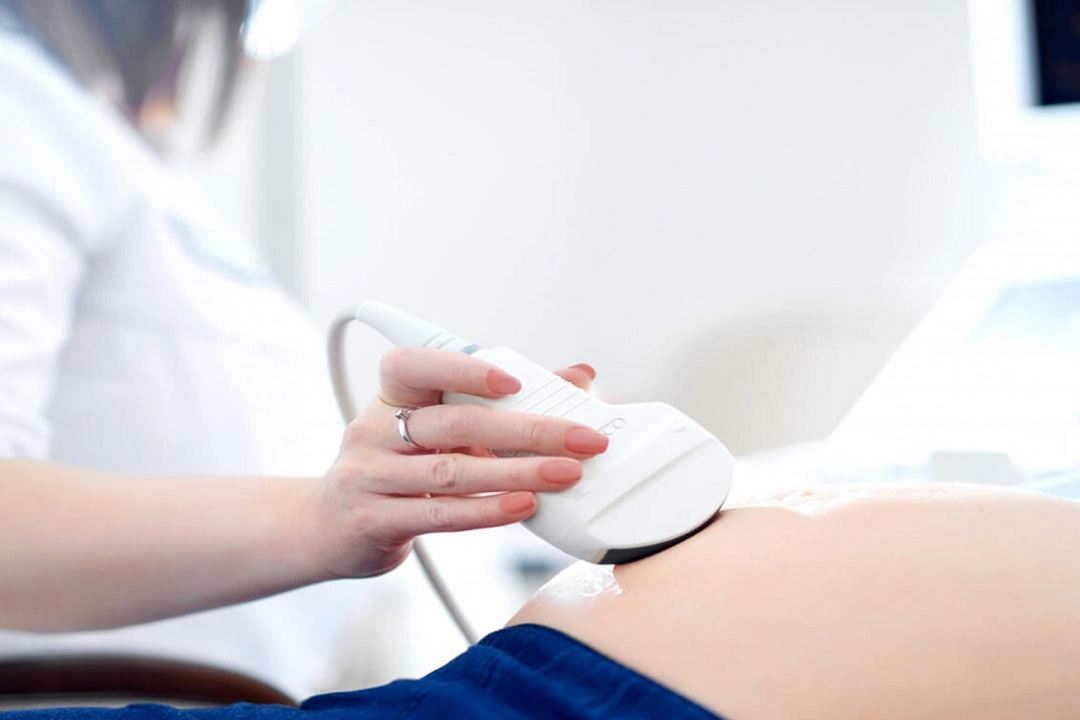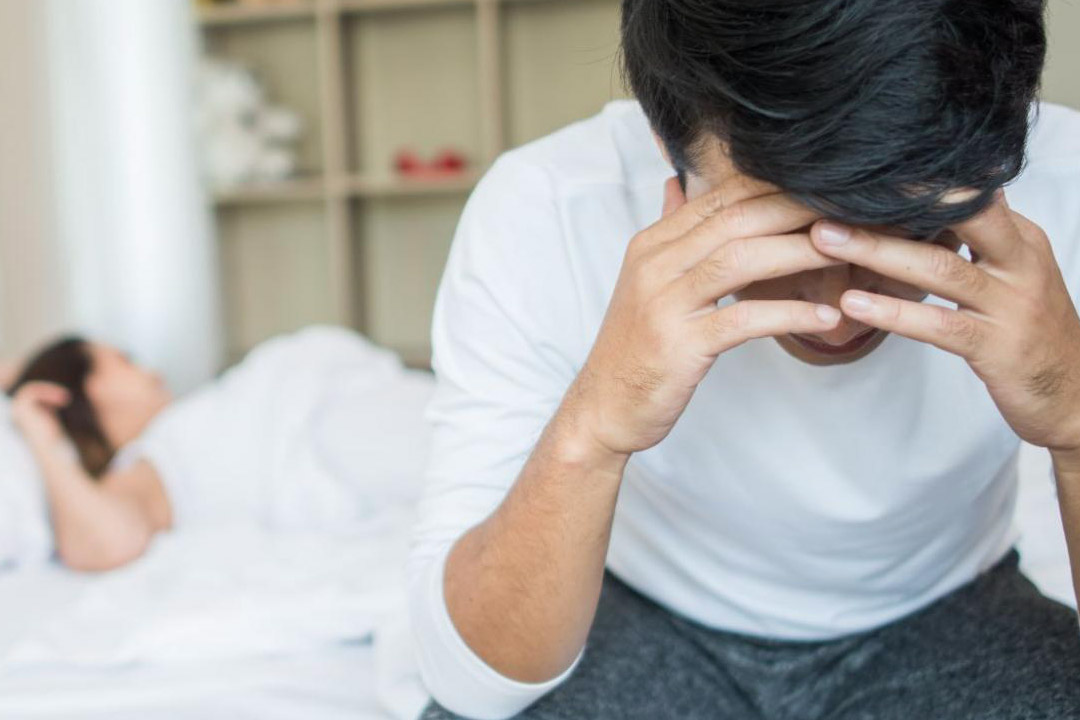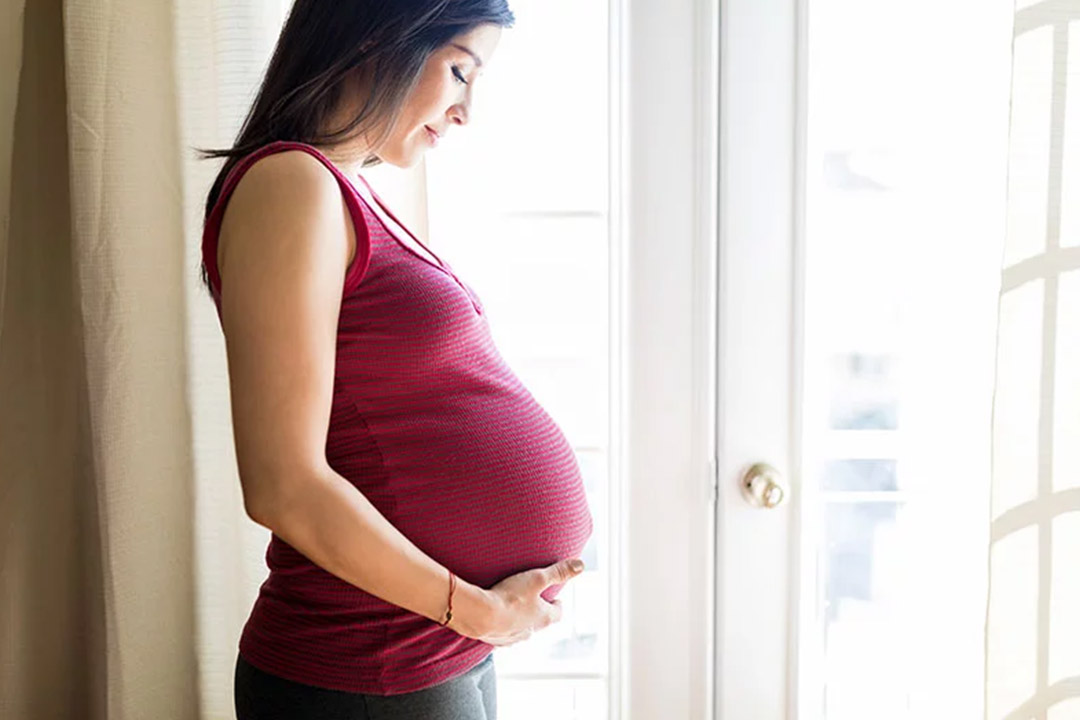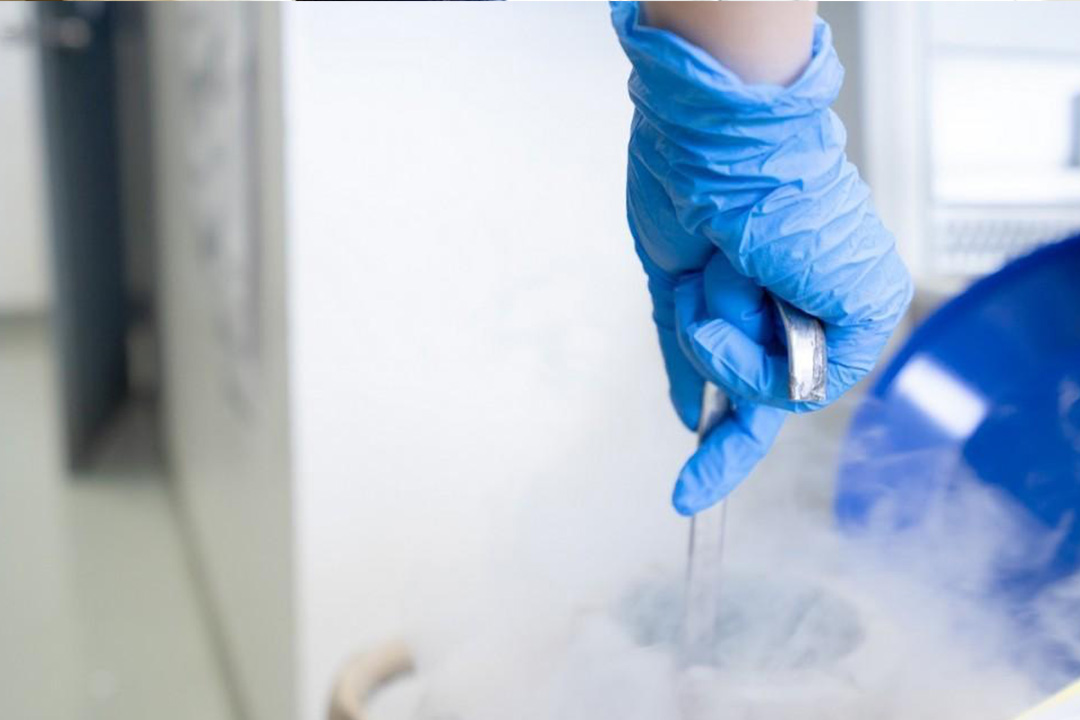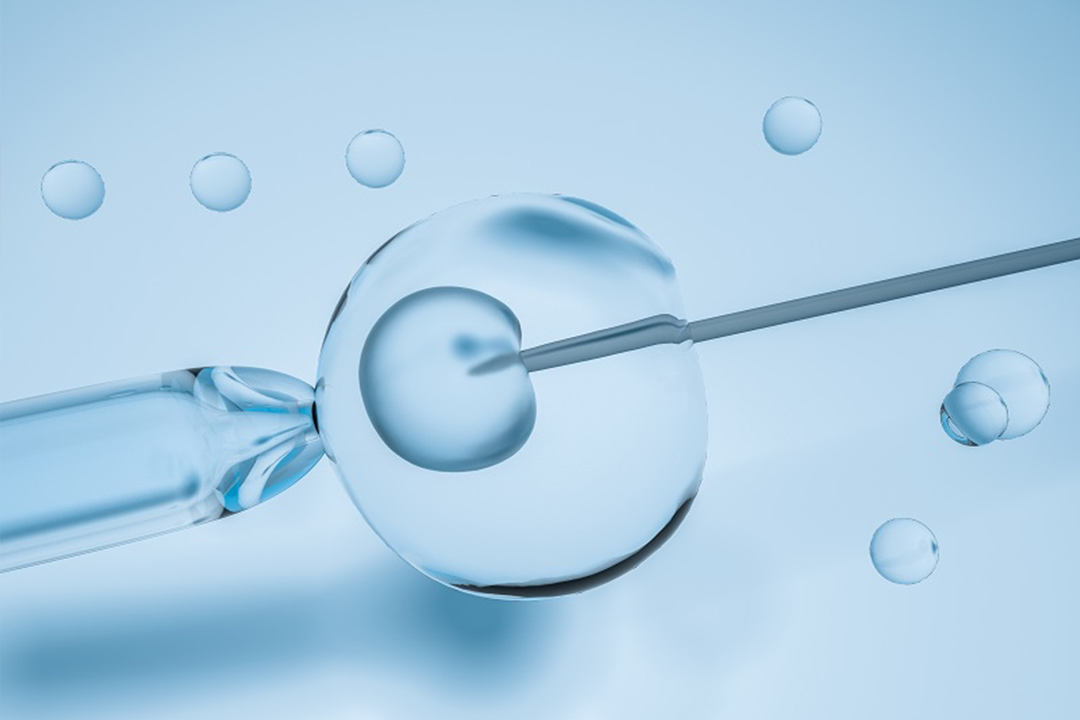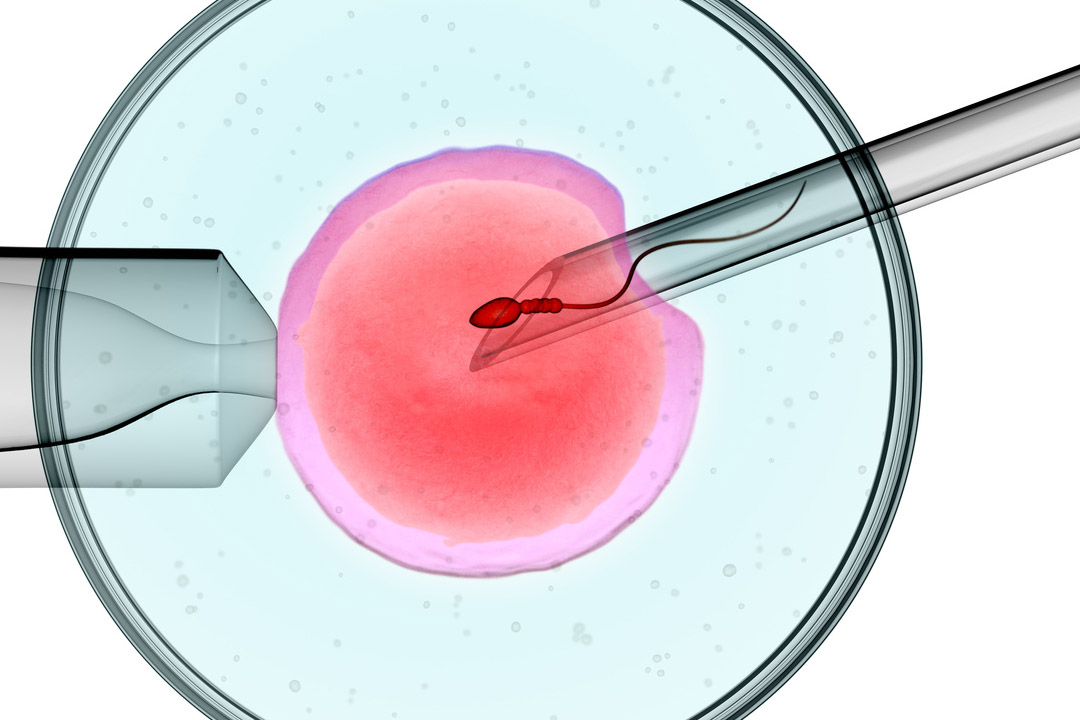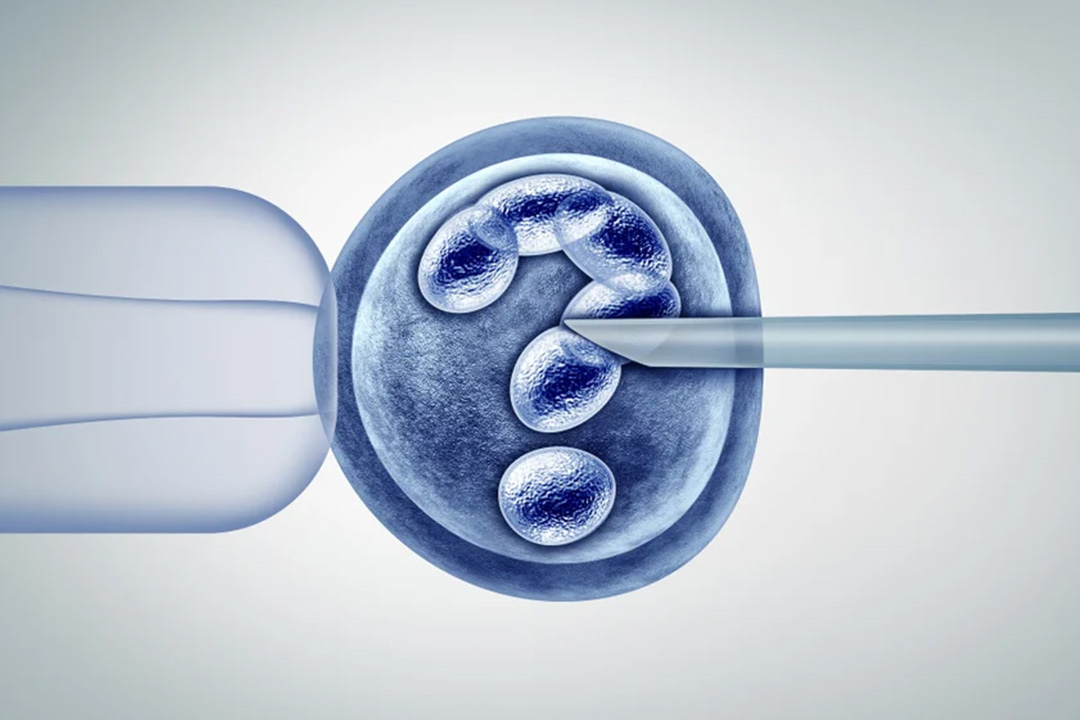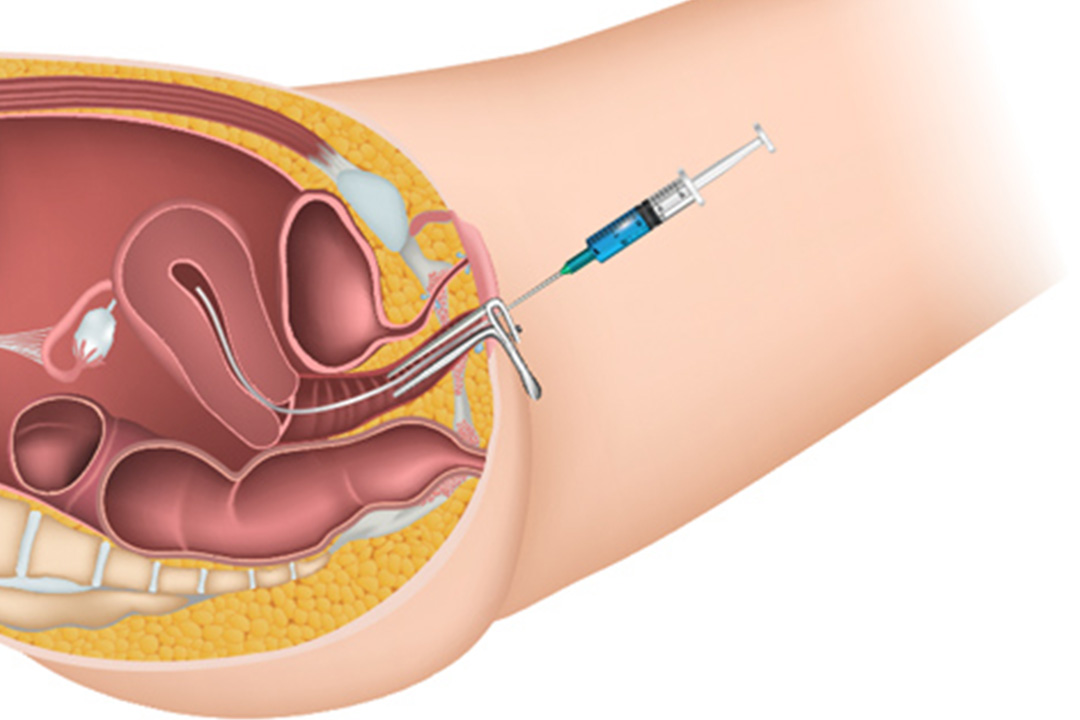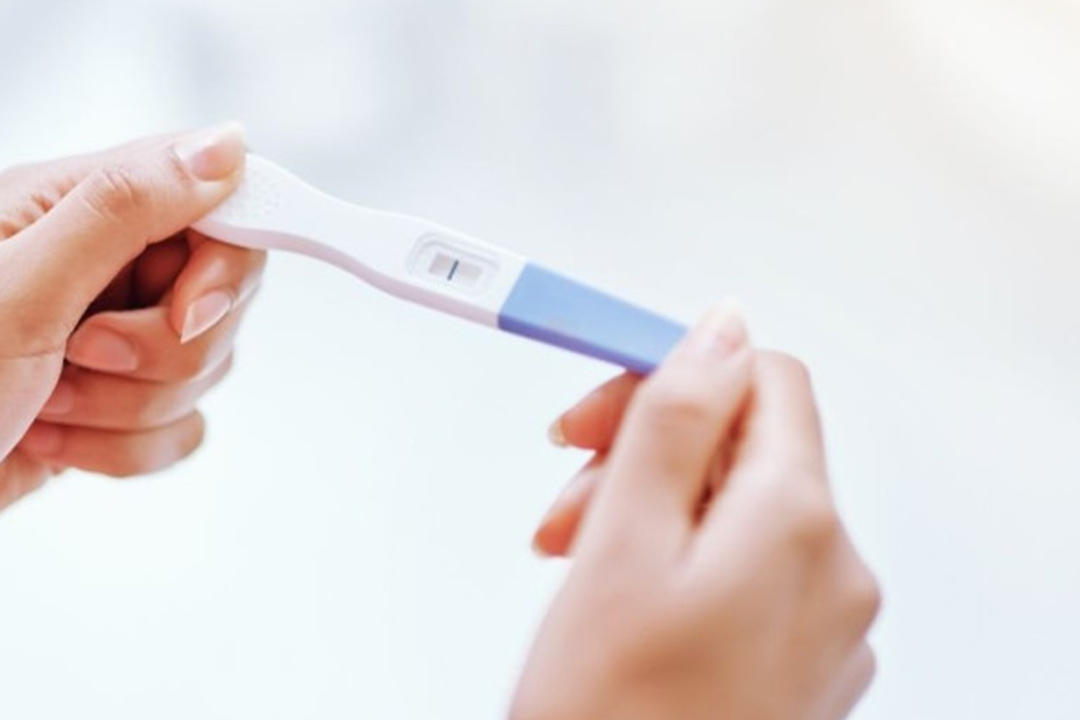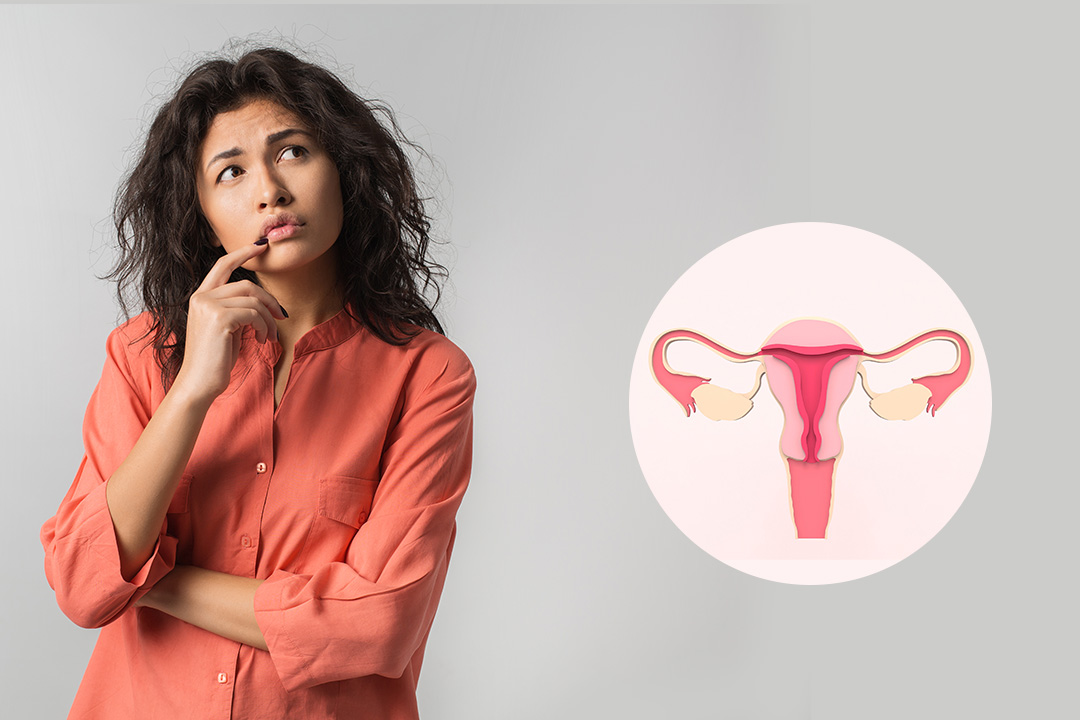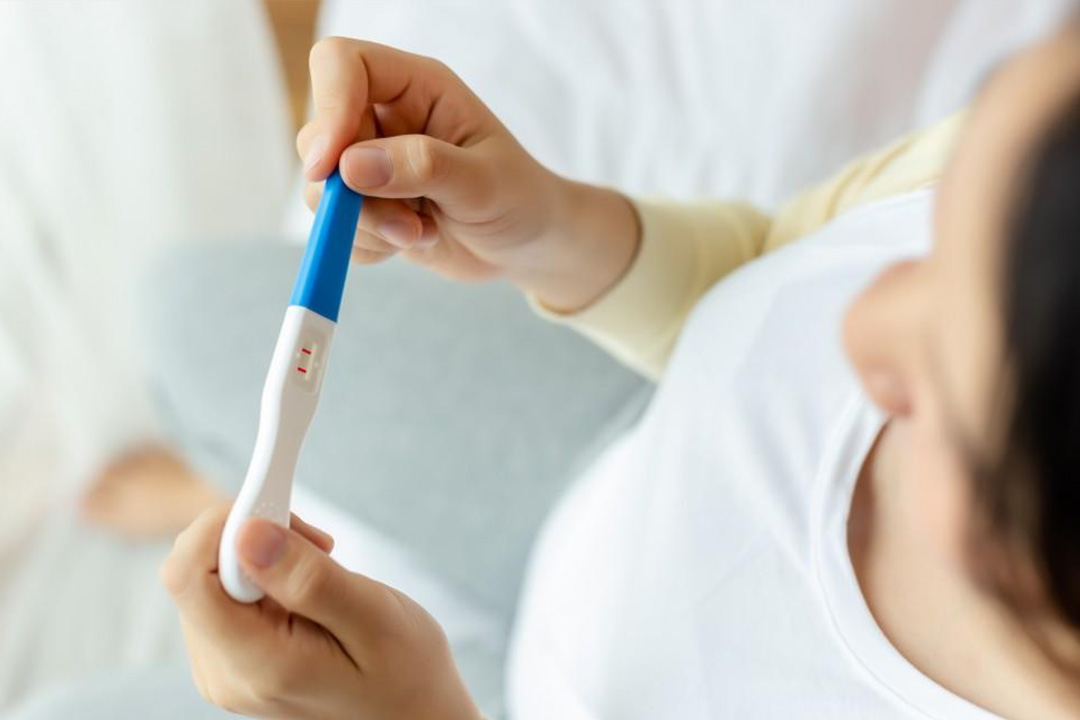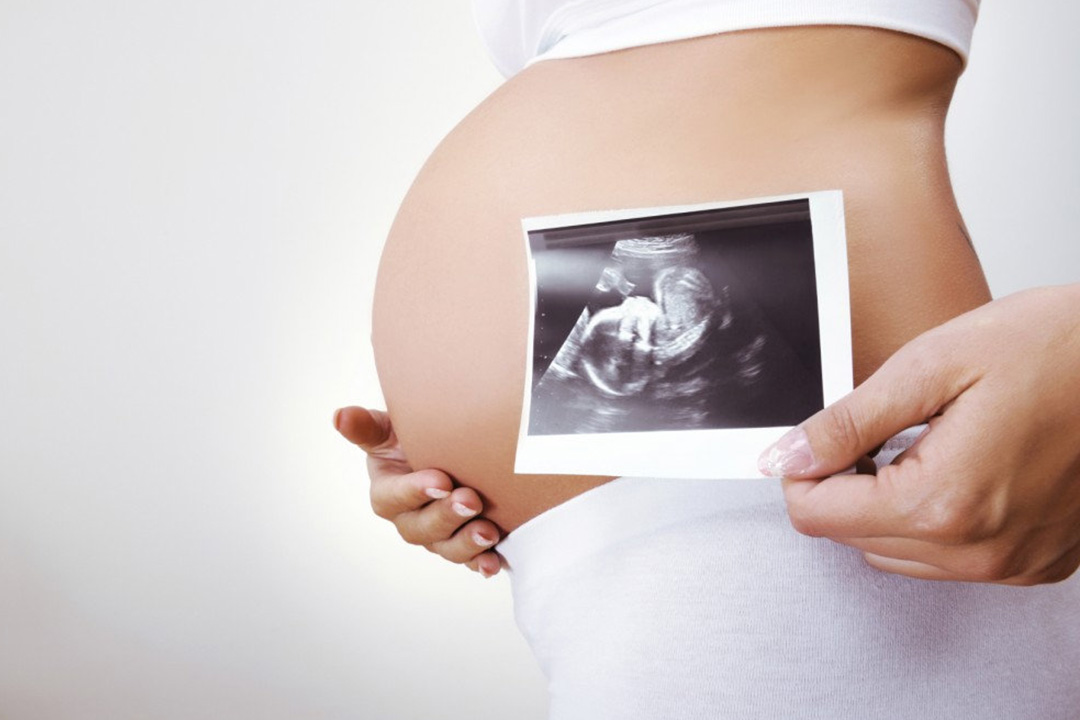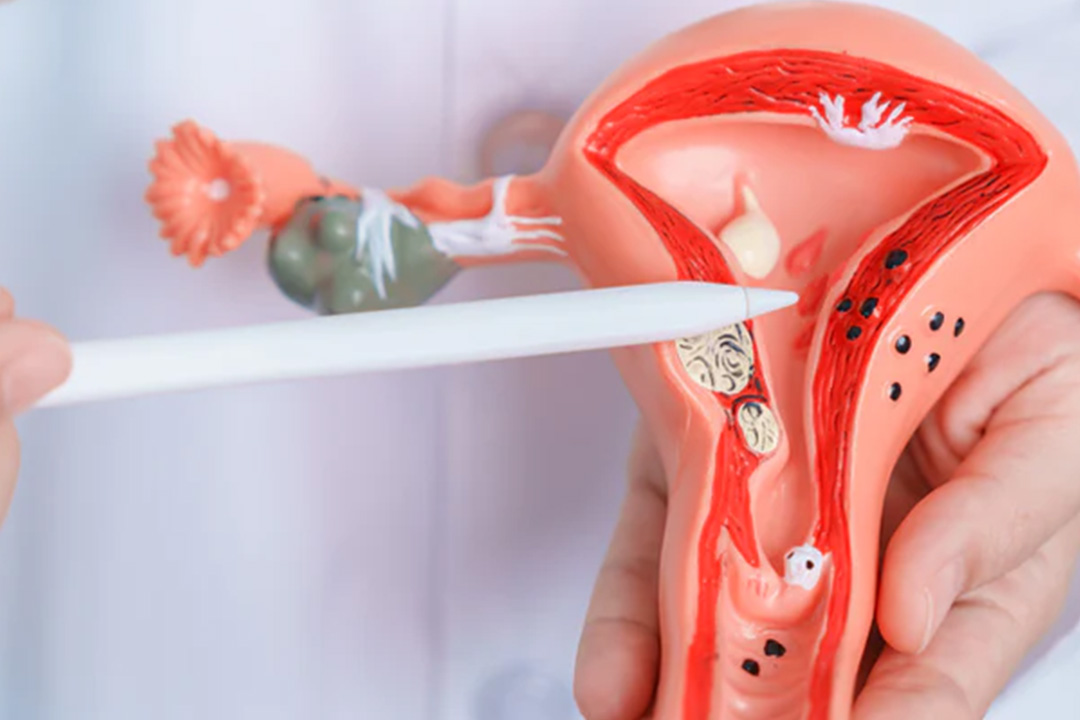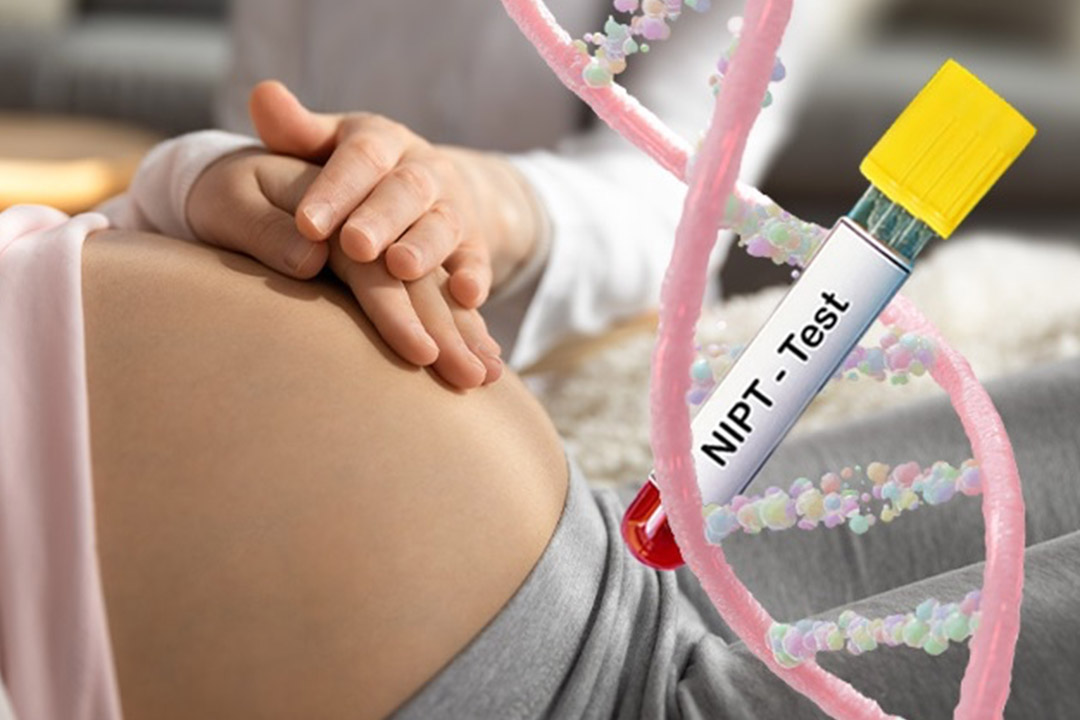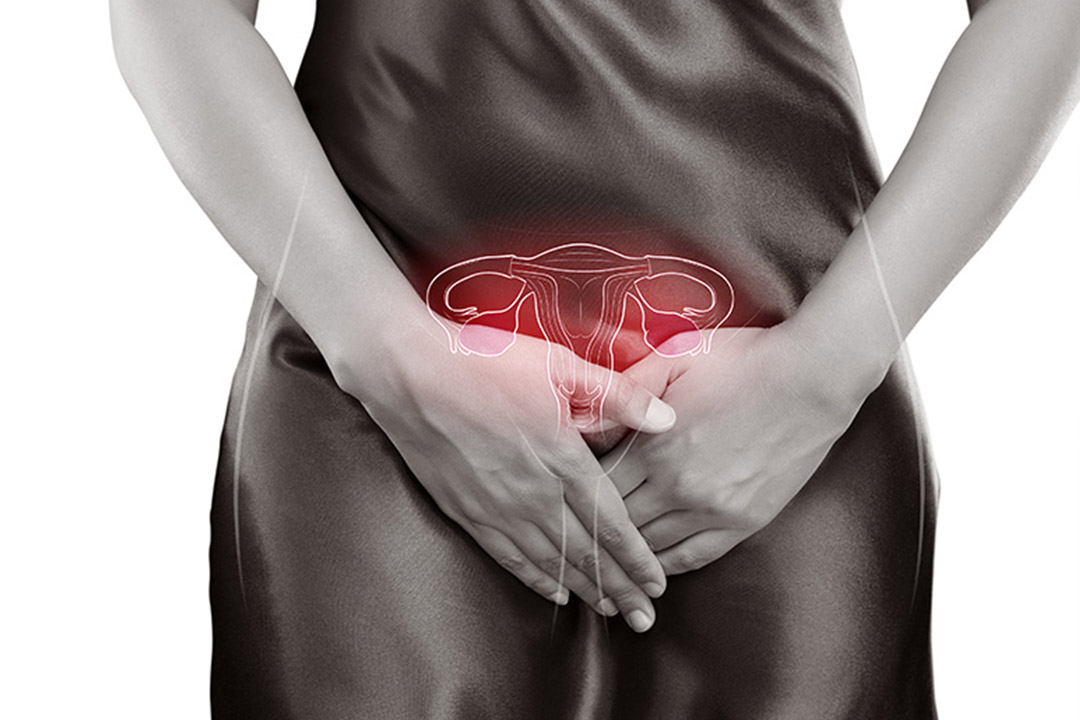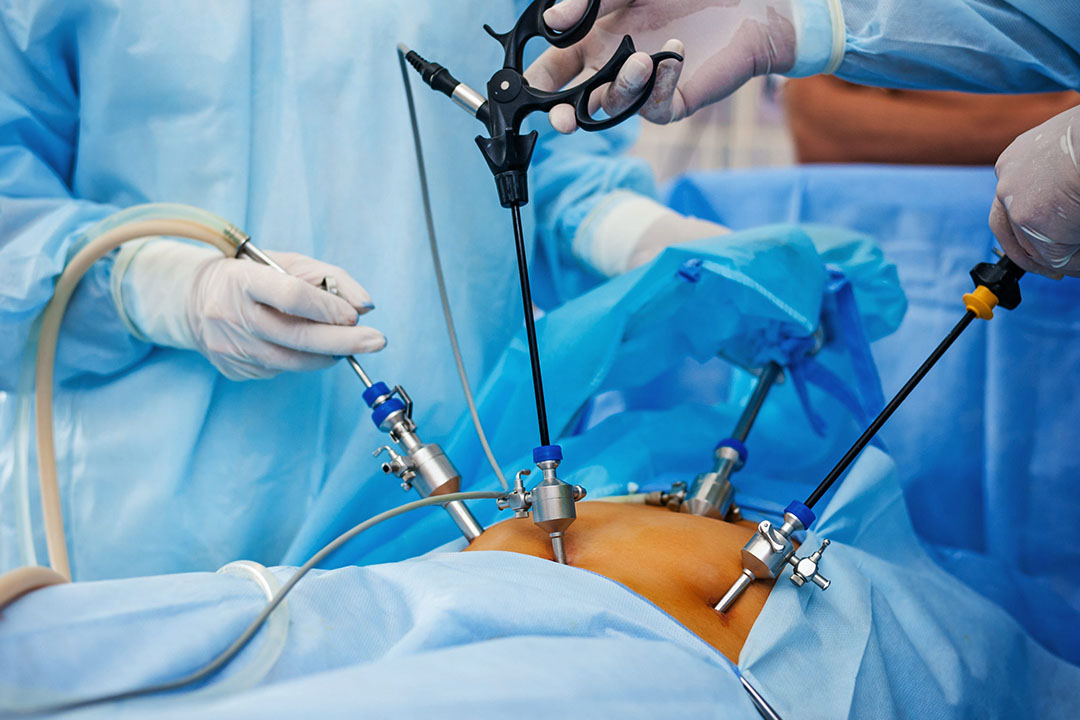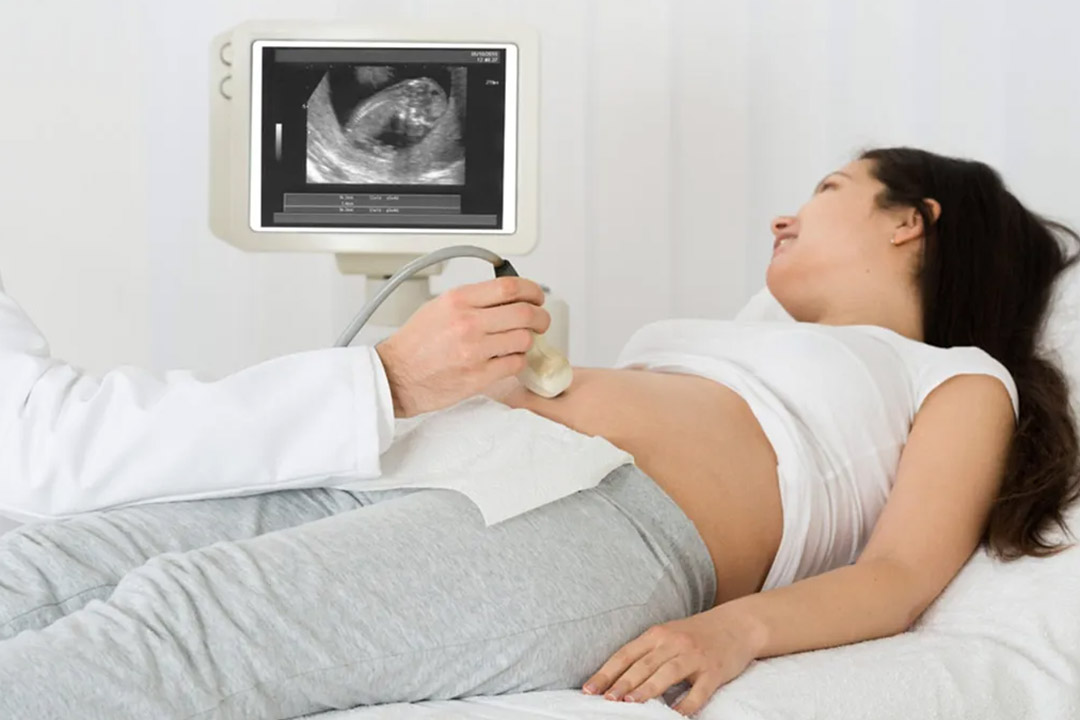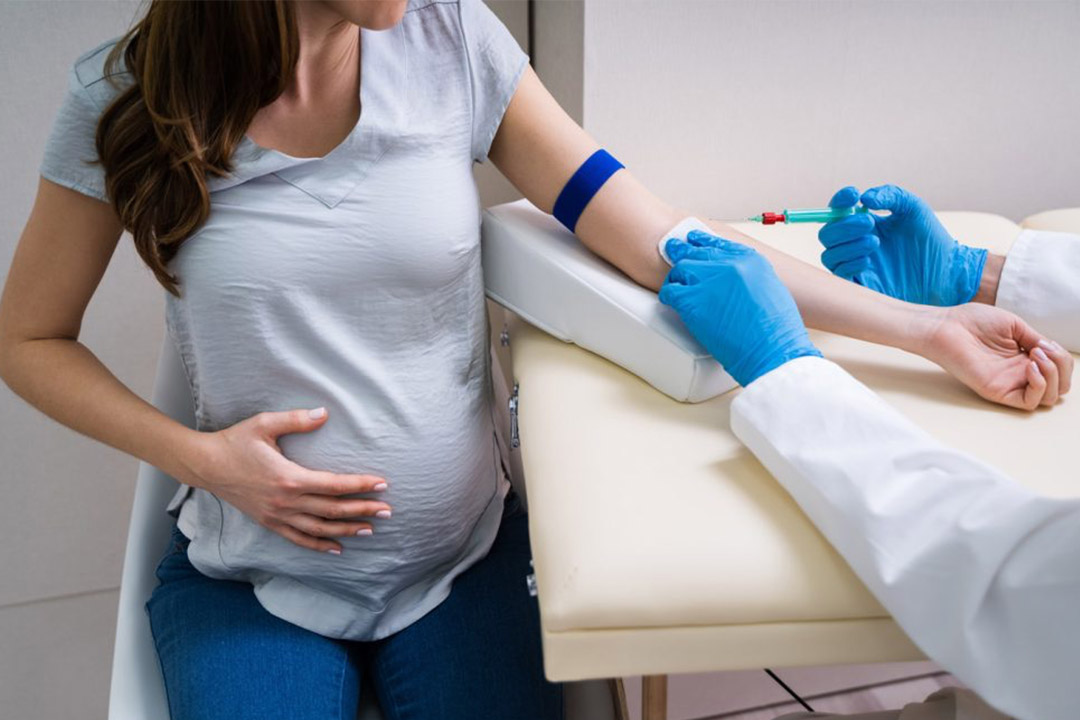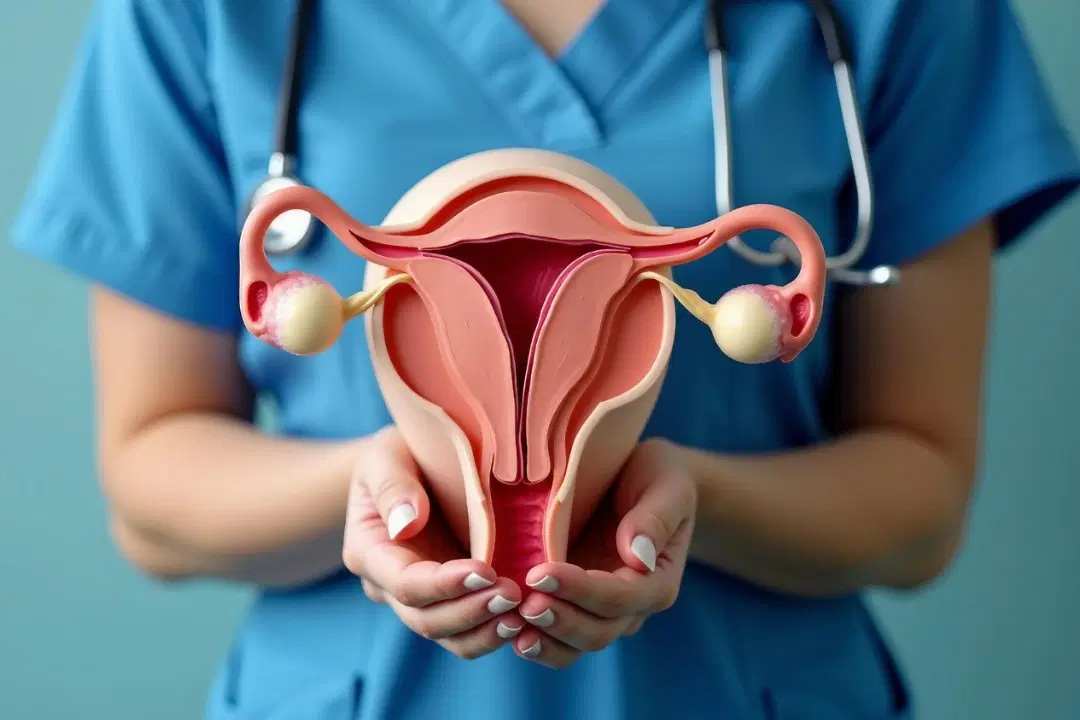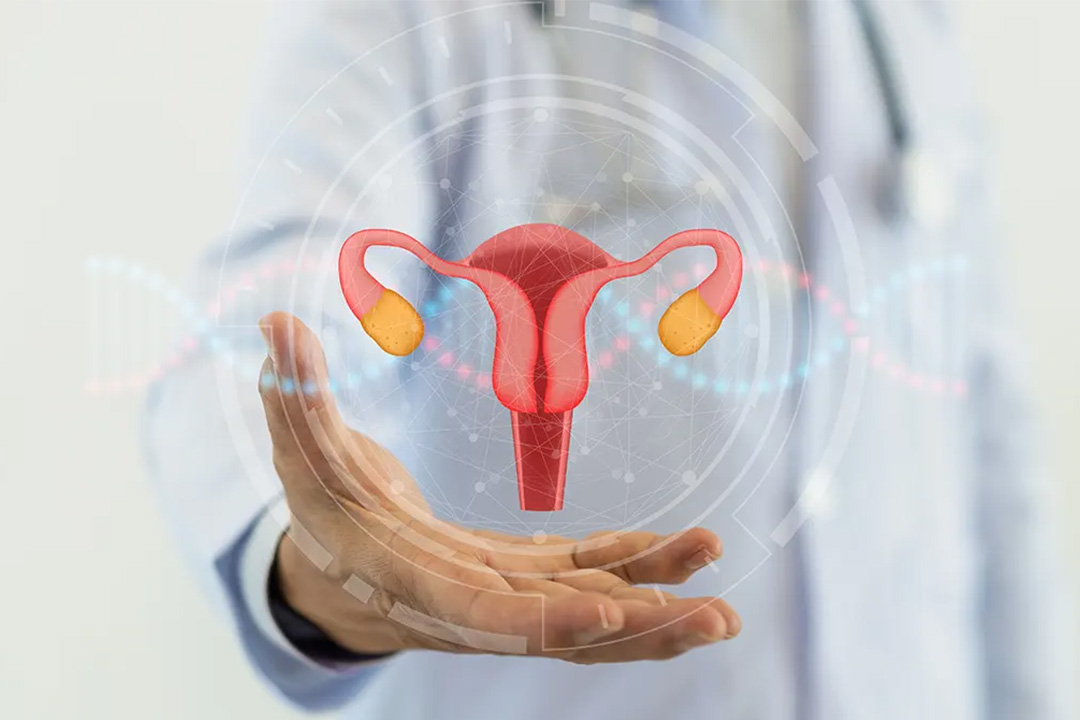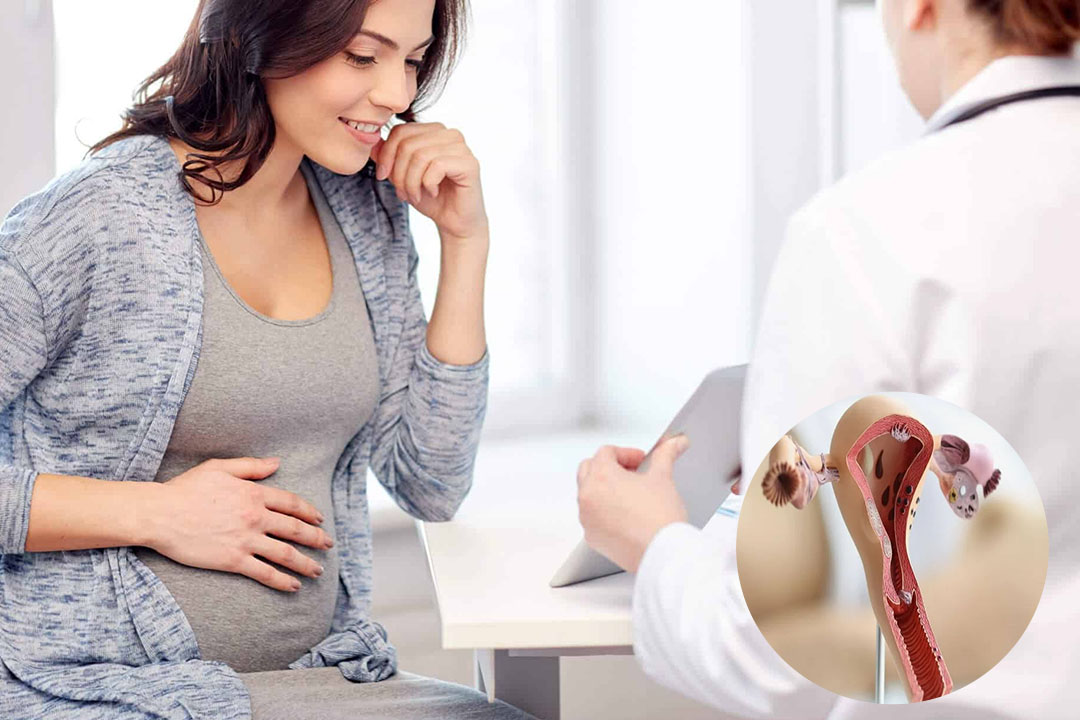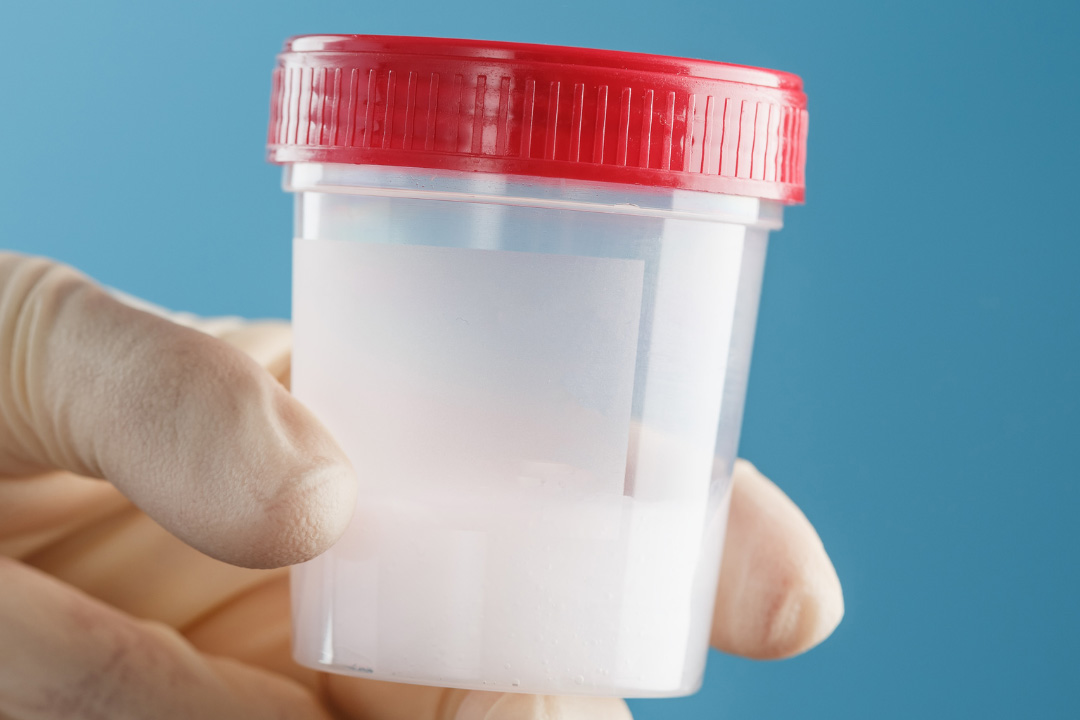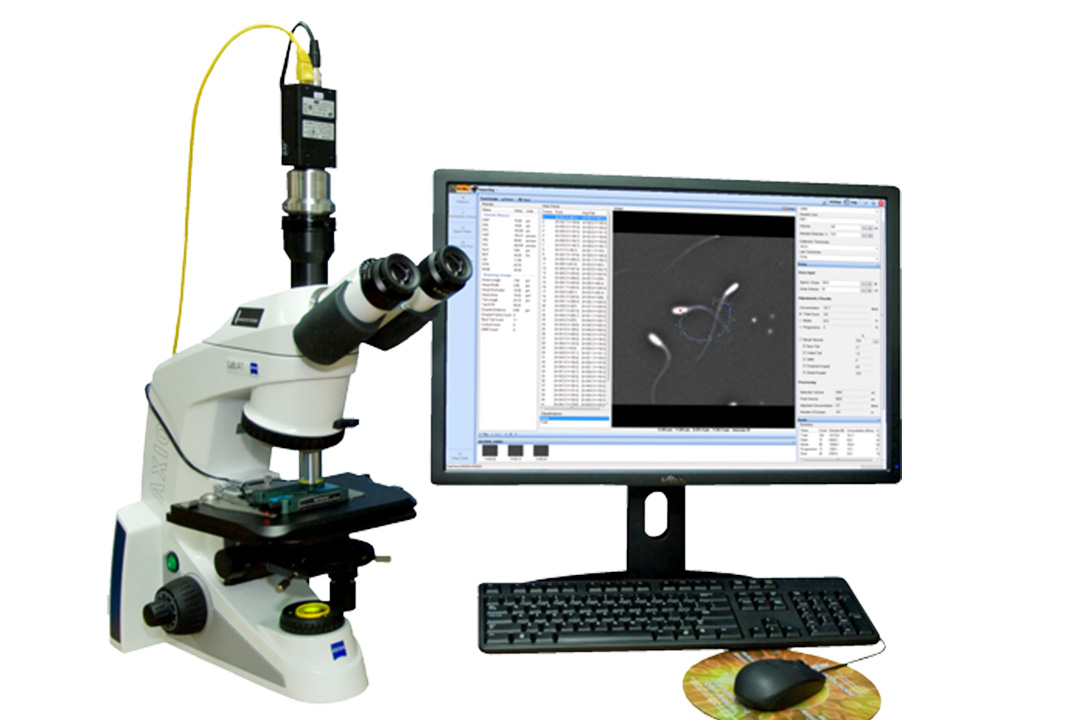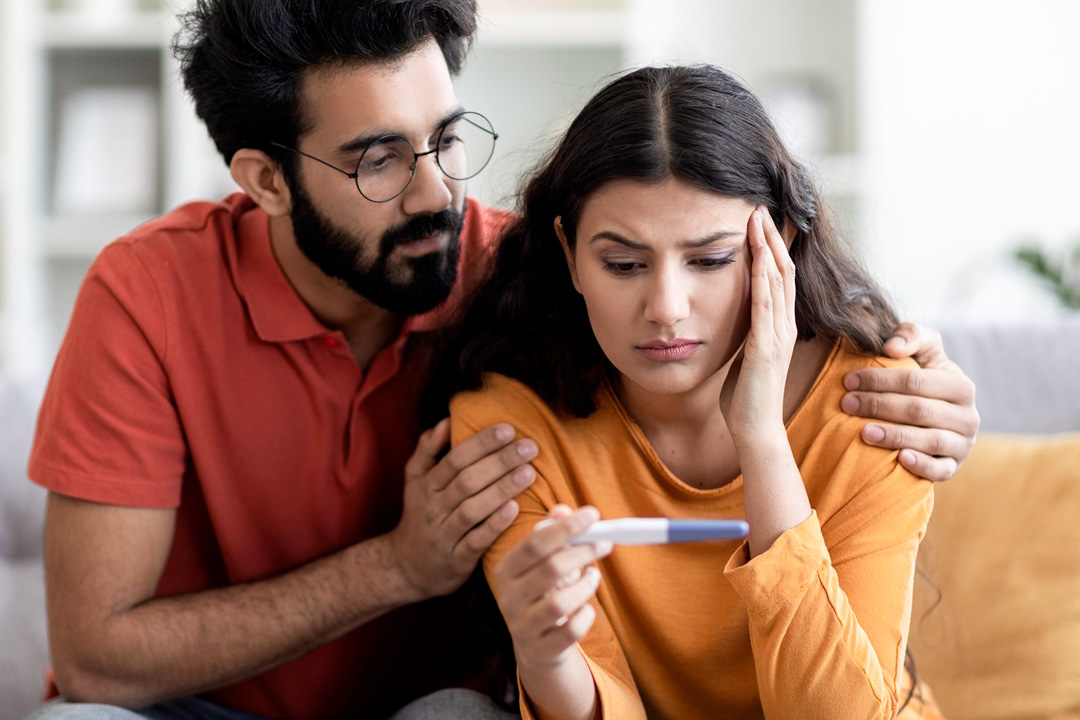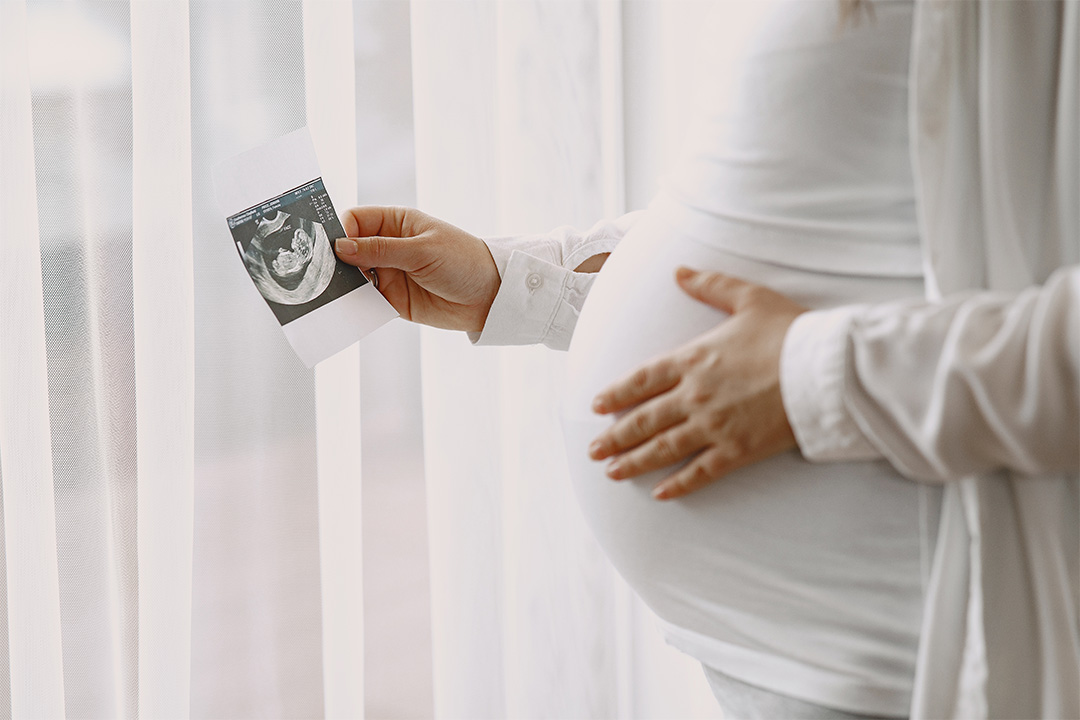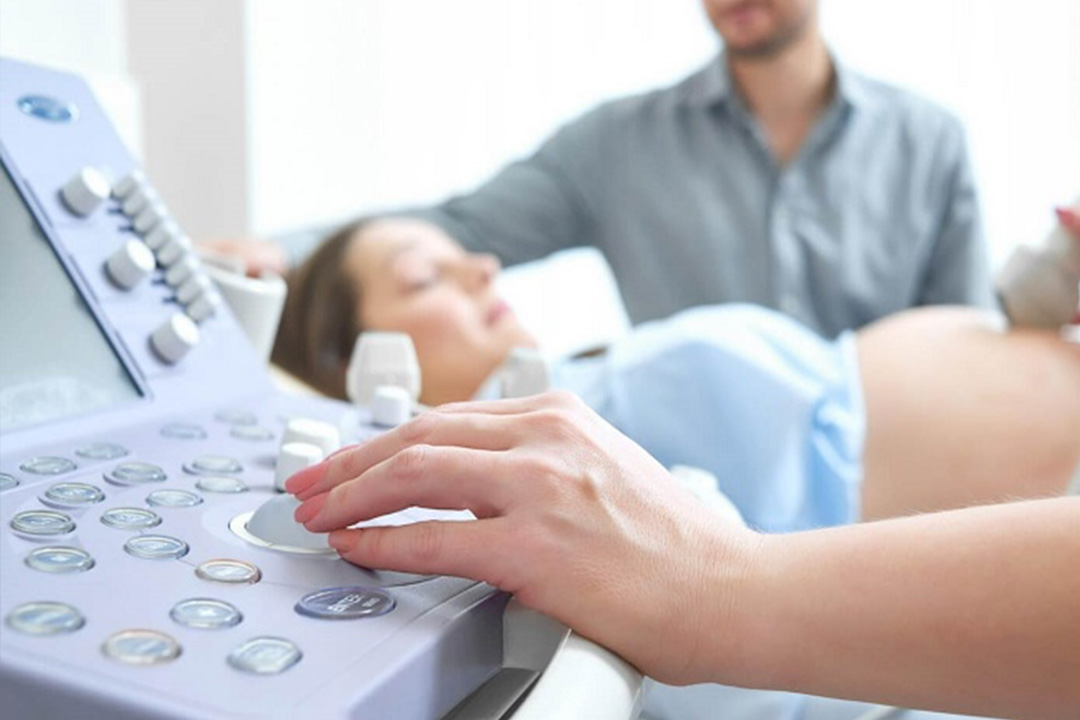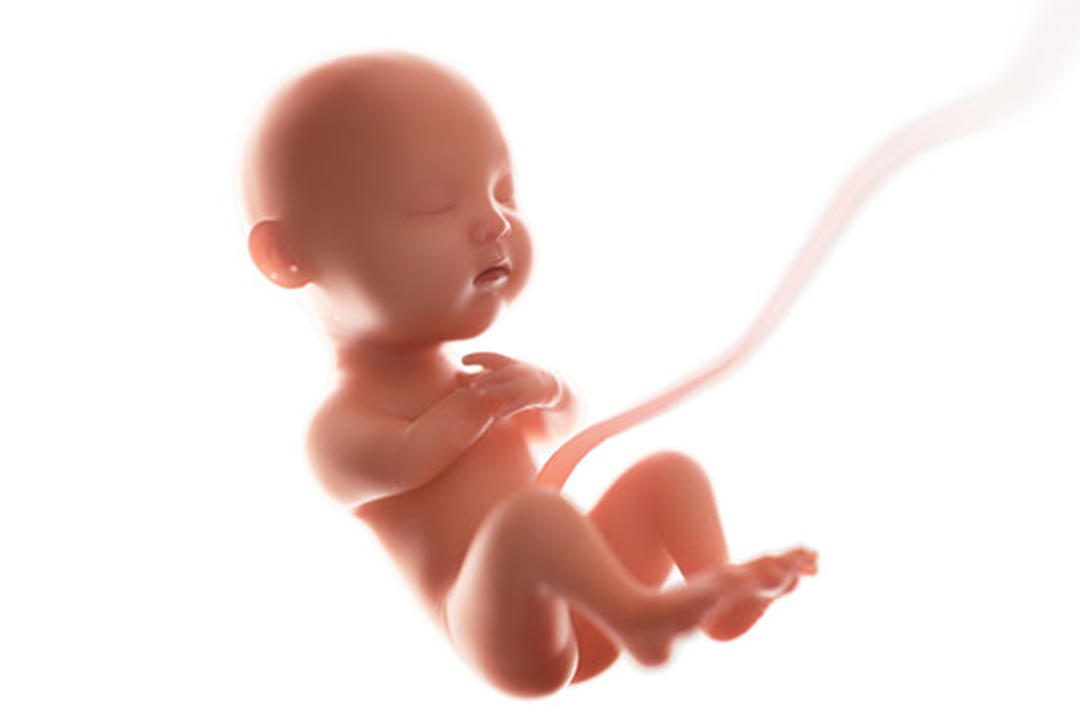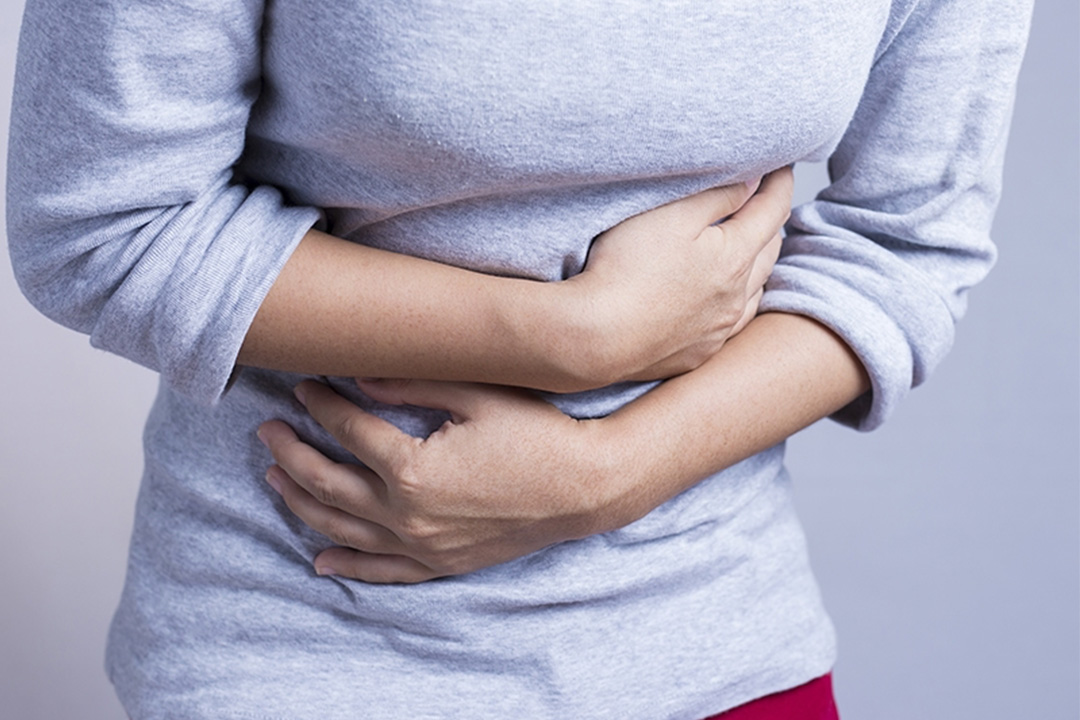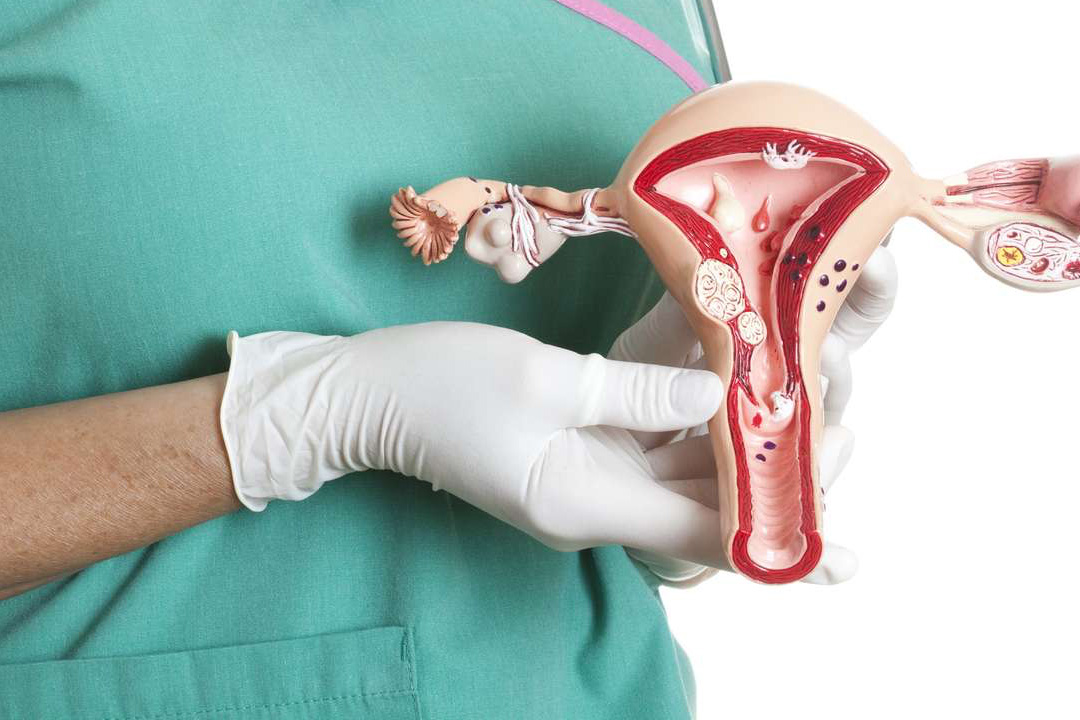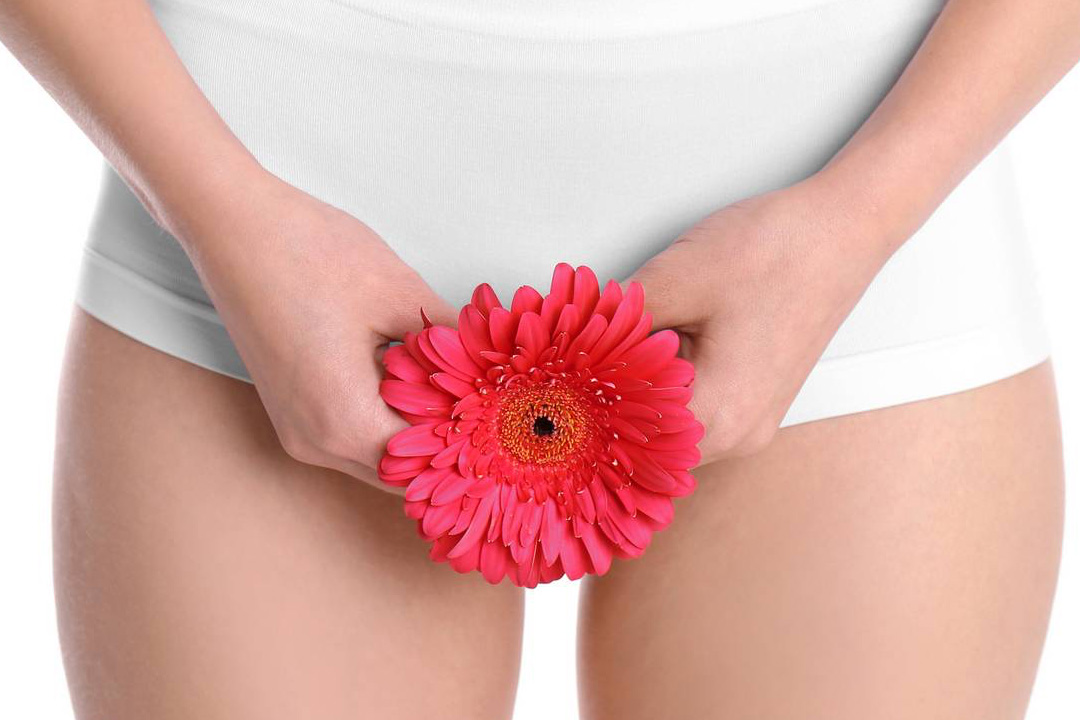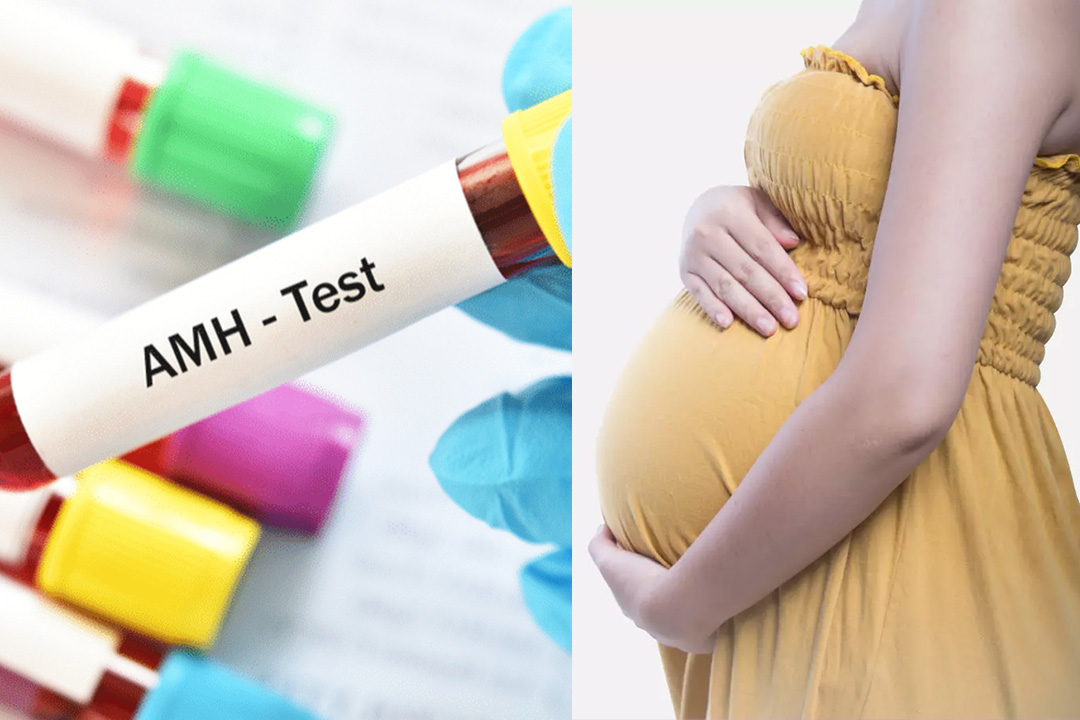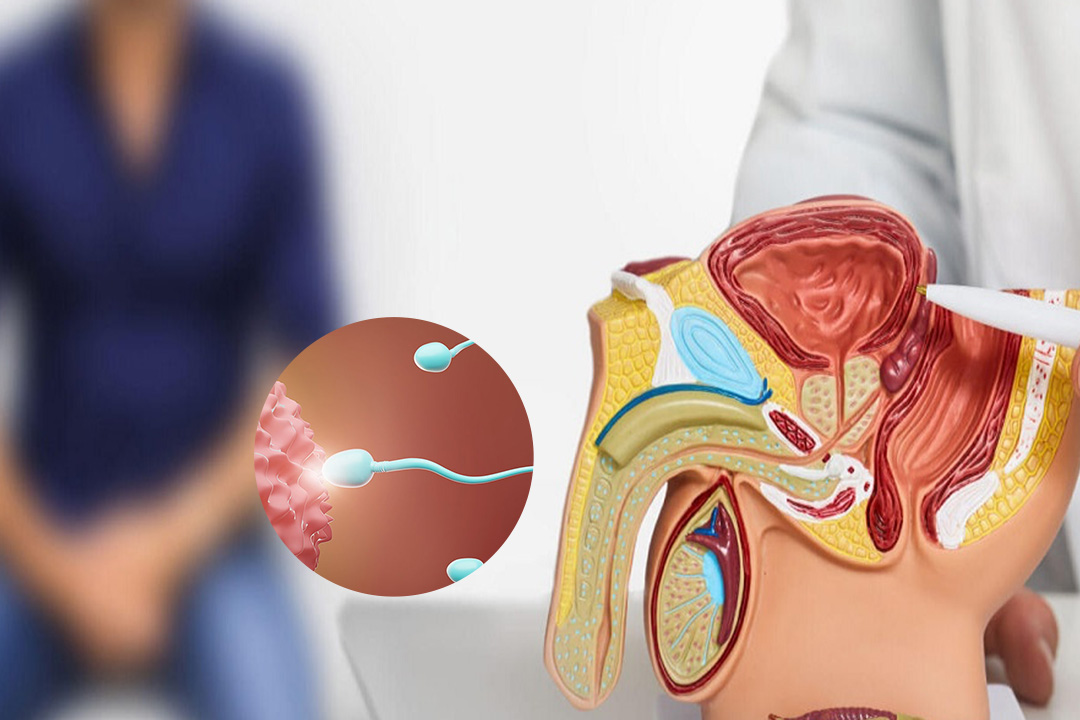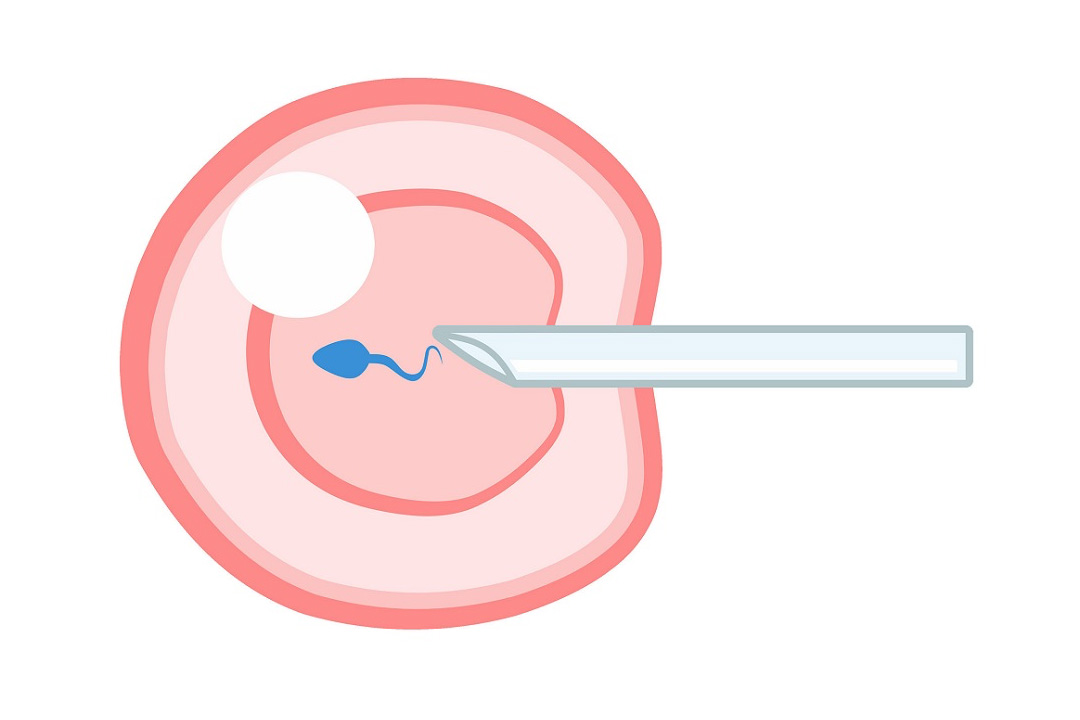Oligoasthenozoospermia: Meaning, Causes, and Treatment Options
Oligoasthenozoospermia, also known as OA, is a major cause of male infertility. It impacts many couples worldwide. This condition is identified by two major irregularities in semen analysis: a low sperm count and poor sperm motility.

Oligoasthenozoospermia is defined when a male has less than 15 million sperm per milliliter of semen, with more than 60% of these sperm being immotile or moving poorly. These conditions reduce the chance of sperm reaching and fertilizing an egg, preventing natural conception.
The presence of oligoasthenozoospermia highlights the need of knowing its underlying causes and treatment options. While natural conception might be difficult with OA, advances in assisted reproduction offer the best option to couples. Solutions range from lifestyle changes or home remedy items to In Vitro Fertilization IVF + Intracytoplasmic Injection ICSI.
1. Definition
Oligoasthenozoospermia is a sperm condition in which both male factors reduce sperm concentration and motility, resulting in this type of sterility. This term may be divided into two parts:
Oligozoospermia: Less than 15 million sperms per ml semen.
Asthenozoospermia: Sperm poor in motility as more than 60% sperms are immotile or less motile.
When the two conditions occur together, the sperm's ability to travel to and fertilize an egg is greatly affected. This makes natural conception very difficult.
A semen analysis is often used to determine sperm concentration, motility, and morphology, all of which point to oligoasthenozoospermia.
2. Causes
Determining the cause of oligoasthenozoospermia is often not possible because multiple factors may be involved. Some of the common causes are:
- Bad lifestyles that include smoking, overconsumption of alcohol, and use of drugs negatively affect the quality of sperm.
- Contact with toxic substances, such as pesticides, heavy metals, and radiation, cause damage to sperm production and functions.
- Infections of the reproductive tract, such as epididymitis or orchitis, damage the ducts of transporting sperms.
- Poor diet that lacks essential nutrients causes damage to spermatogenesis, which refers to the process of sperm production.
- Chemotherapy and radiotherapy may cause damage to the testes, which in turn can cause decreased sperm count and motility.
- Diseases of hormones such as testosterone can cause impaired sperm production.
- Injuries to the testes can affect their ability to produce healthy sperms.
- Oligoasthenozoospermia can be caused by conditions like Klinefelter syndrome or Y chromosome microdeletions.
- The enlargement of the veins within the scrotum can increase testicular temperature and affect sperm quality.
Often, a combination of these factors contributes to the development of oligoasthenozoospermia. It is essential to consider multiple aspects when diagnosing and treating the condition.
3. Treatment
The treatment of oligoasthenozoospermia is determined by the severity of the condition and the presence of other fertility issues in either partner. There is no known cure for OA, but there are some treatment strategies that can improve the quality of sperm, thus increasing chances of conception.
Natural TreatmentNatural remedies are useful for improving sperm parameters in mild oligoasthenozoospermia. The following methods aim to improve the health and quality of sperms.
- Quitting smoking, limiting alcohol intake, and avoiding illicit drugs can improve the count and motility of sperms.
- Vitamins, minerals, and antioxidants play a supportive role in spermatogenesis. A diet rich in zinc, selenium, vitamin C, and vitamin E is useful.
- Addition of nutritional supplements to the diet will include intake of L-Carnitine, Coenzyme Q10, and omega fatty acids, which enhances sperm motility and its overall quality.
- Doing modest exercises keeps proper blood flow with hormonal balances for better semen quality. Very intensive or prolonged exercises should not be done due to the damaging nature of exercise
- Diminishing the stressful effects from doing yoga, meditation, and counselling can favor hormones and therefore impact sperm qualities as well.
- Some herbs, such as damiana and maca powder, are thought to promote male fertility, although scientific evidence for their effectiveness is limited.
These natural methods can result in changes in sperm parameters over time, which may restore fertility without medical intervention.
Assisted ReproductionIn those cases wherein the natural remedy is not enough, ART will be necessary when the oligoasthenozoospermia is severe. These medical procedures overcome the barriers set by the reduced count and motility of sperms.
1. IUI: This is also suitable for a mild to moderate oligoasthenozoospermia. Here, sperm are placed directly in the uterus, close to ovulation time. This method is likely to result in the highest chances of getting the sperm through the reproductive tract obstacles.
2. In Vitro Fertilization (IVF) with Intracytoplasmic Sperm Injection (ICSI): IVF-ICSI is the preferred method for moderate to severe OA. ICSI is a technique where a single sperm is injected directly into an egg, ensuring fertilization even when sperm motility is low. This technique significantly increases the chances of successful fertilization and subsequent pregnancy.
3. Sperm Retrieval Techniques: Where sperm count is very low, sperm can be retrieved directly from the testes or epididymis in procedures like TESE or PESA and can be used with IVF-ICSI.
(Testicular sperm extraction (TESE) and percutaneous epididymal sperm aspiration (PESA) are both procedures that retrieve sperm for IVF or ICSI)
Assisted reproductive technologies have indeed revolutionized the management of oligoasthenozoospermia and provide hope for several couples struggling to conceive.
What reproductive options are available for oligoasthenozoospermia?
The most effective reproductive option for OA patients is the combination of In Vitro Fertilization and Intracytoplasmic Sperm Injection, or IVF-ICSI.
The latter involves introducing a single sperm into an egg, which significantly improves the chances of successful fertilization. When oligoasthenozoospermia is less severe, IUI may be suggested depending on the quality of sperm and the female reproductive factors.
Does acupuncture cure severe oligoasthenozoospermia?
Acupuncture has been tested as a treatment for male infertility, particularly severe oligoasthenozoospermia. According to some research results, acupuncture appears to improve sperm quality while also reducing stress levels.
Hence, it improves overall reproductive health. However, in the case of severe oligoasthenozoospermia, acupuncture can only slightly increase the number and motility of sperm.
As such, it can be used as part of a comprehensive fertility therapy program, but it should not be used in place of standard medical treatments.
Is there any association between varicocele and oligoasthenozoospermia?
Varicocele, an enlargement of the veins in the scrotum, is one of the most common causes of oligoasthenozoospermia. Varicocele raises the temperature around the testes, which is bad for sperm production and quality.
The surgical replacement of varicocele often increases sperm count and motility, increasing fertility. For males who have been diagnosed with oligoasthenozoospermia, varicocele may be a treatable cause.
Conclusion
Oligoasthenozoospermia is a common and significant cause of male infertility, characterised by a low sperm count and decreased motility. Lifestyle choices, environmental exposures, infections, hormone imbalances, and genetic diseases are all potential causes of the condition.
A combination of these factors frequently contribute to the development of OA, requiring a thorough diagnosis and specific treatment.
Treatment options for oligoasthenozoospermia differ depending on the severity of the illness. Natural solutions, such as lifestyle changes, dietary adjustments, and nutritional supplements, can significantly increase sperm quality.
In more severe cases, assisted reproductive technologies such as intrauterine insemination (IUI) and in vitro fertilization with intracytoplasmic sperm injection (IVF-ICSI) provide practical ways to conception.
In addition, treating underlying disorders such as varicocele by surgical surgery may greatly improve sperm parameters and reproductive results.
About Us
AKsigen IVF is a premier center for advanced fertility treatments, with renowned fertility experts on our team. Specializing in IVF, ICSI, egg freezing, and other cutting-edge reproductive technologies, AKsigen IVF is committed to helping couples achieve their dream of parenthood. With personalized care and a patient-first approach, AKsigen IVF provides comprehensive fertility solutions under one roof.







